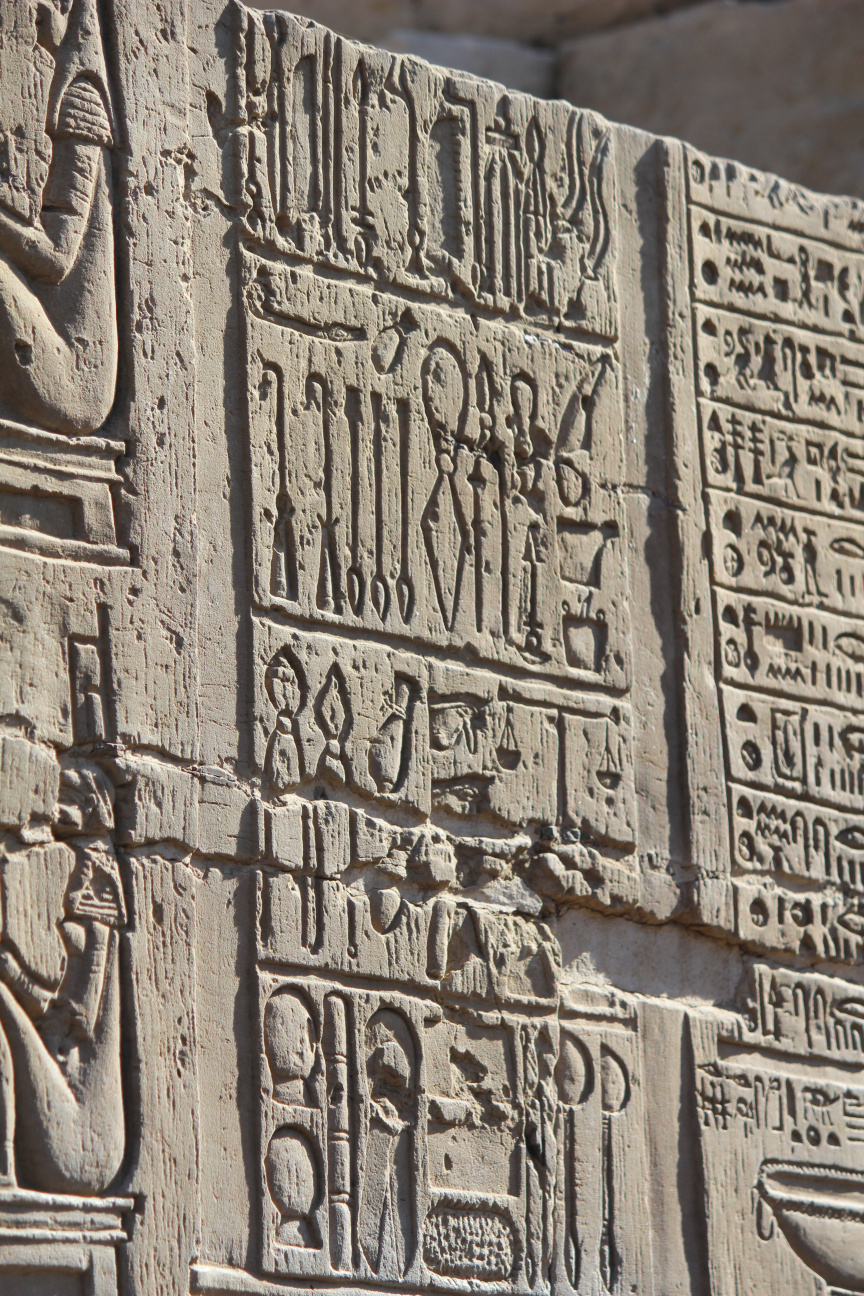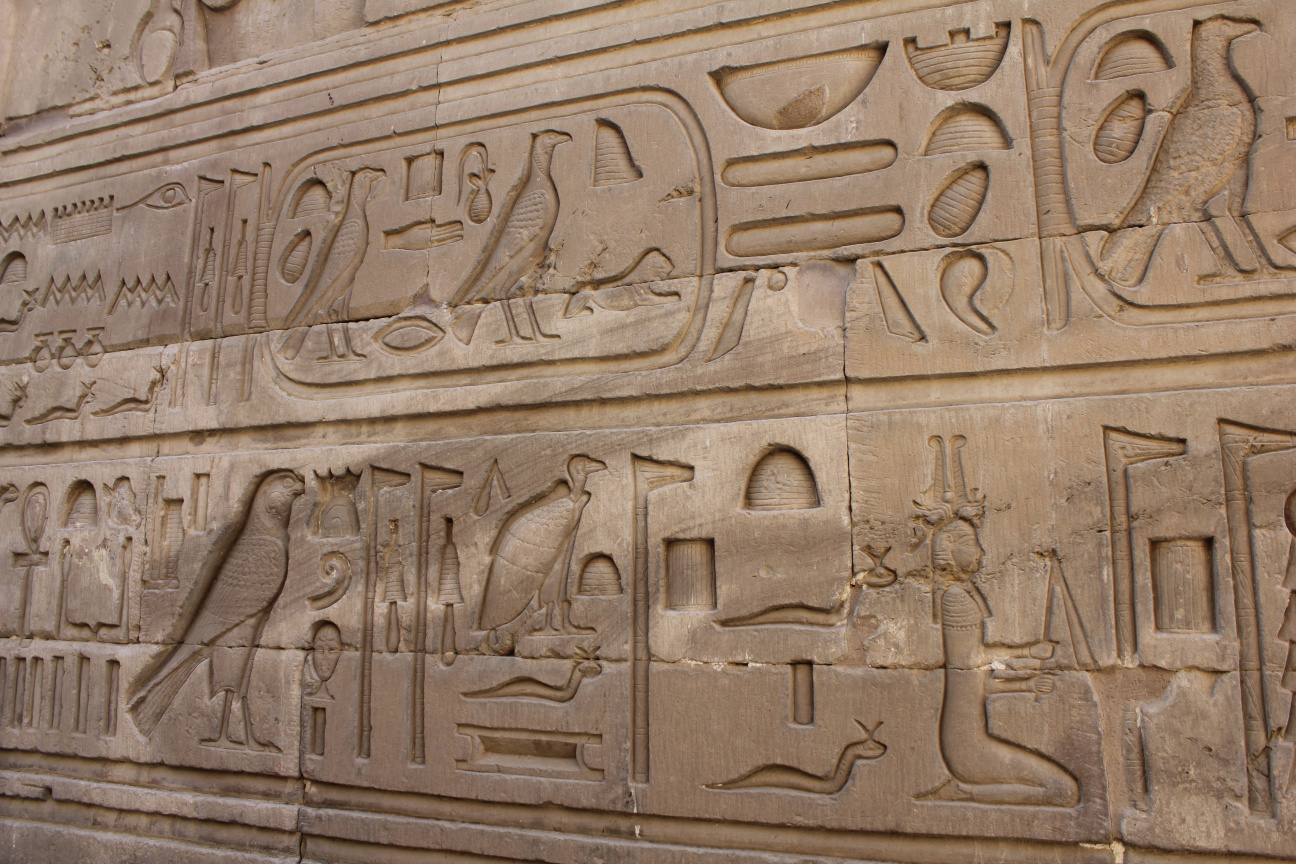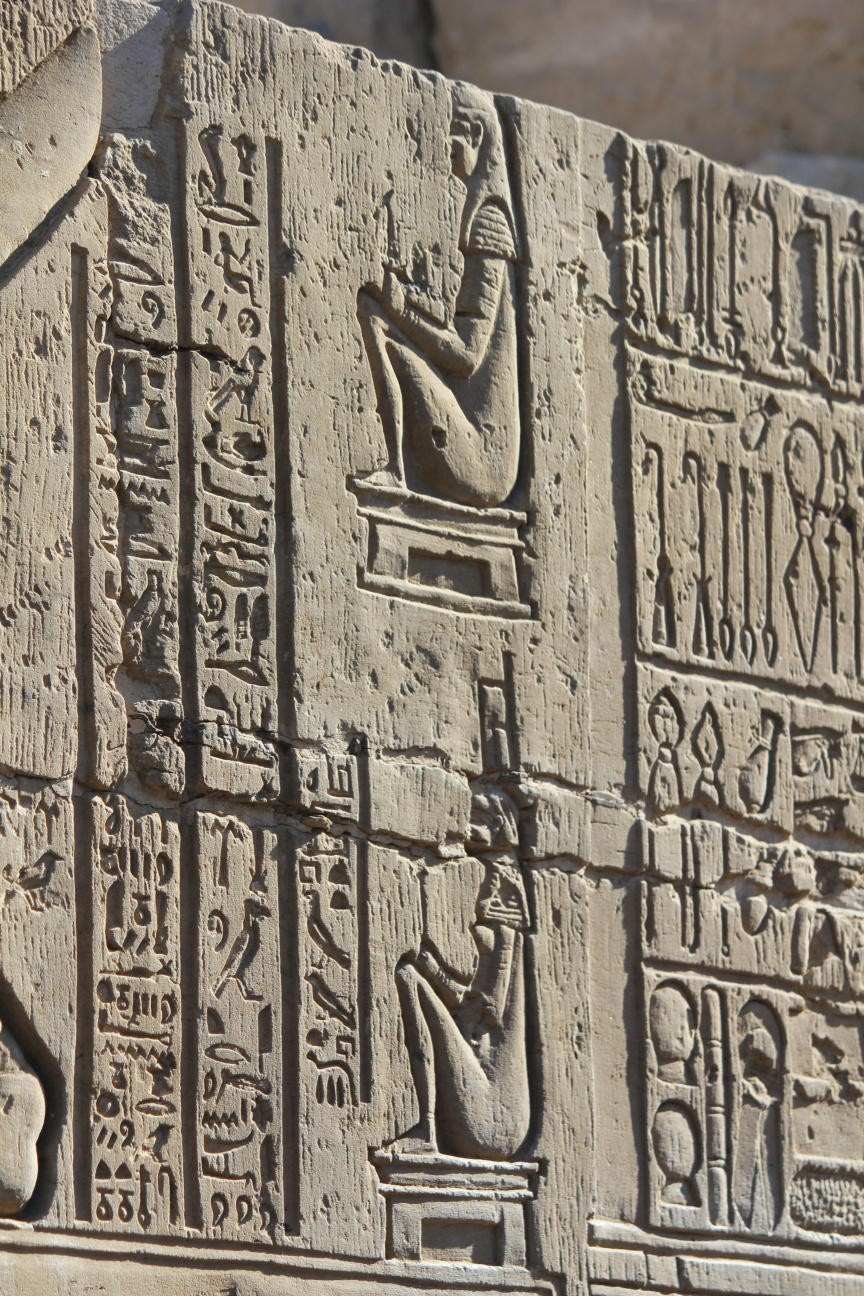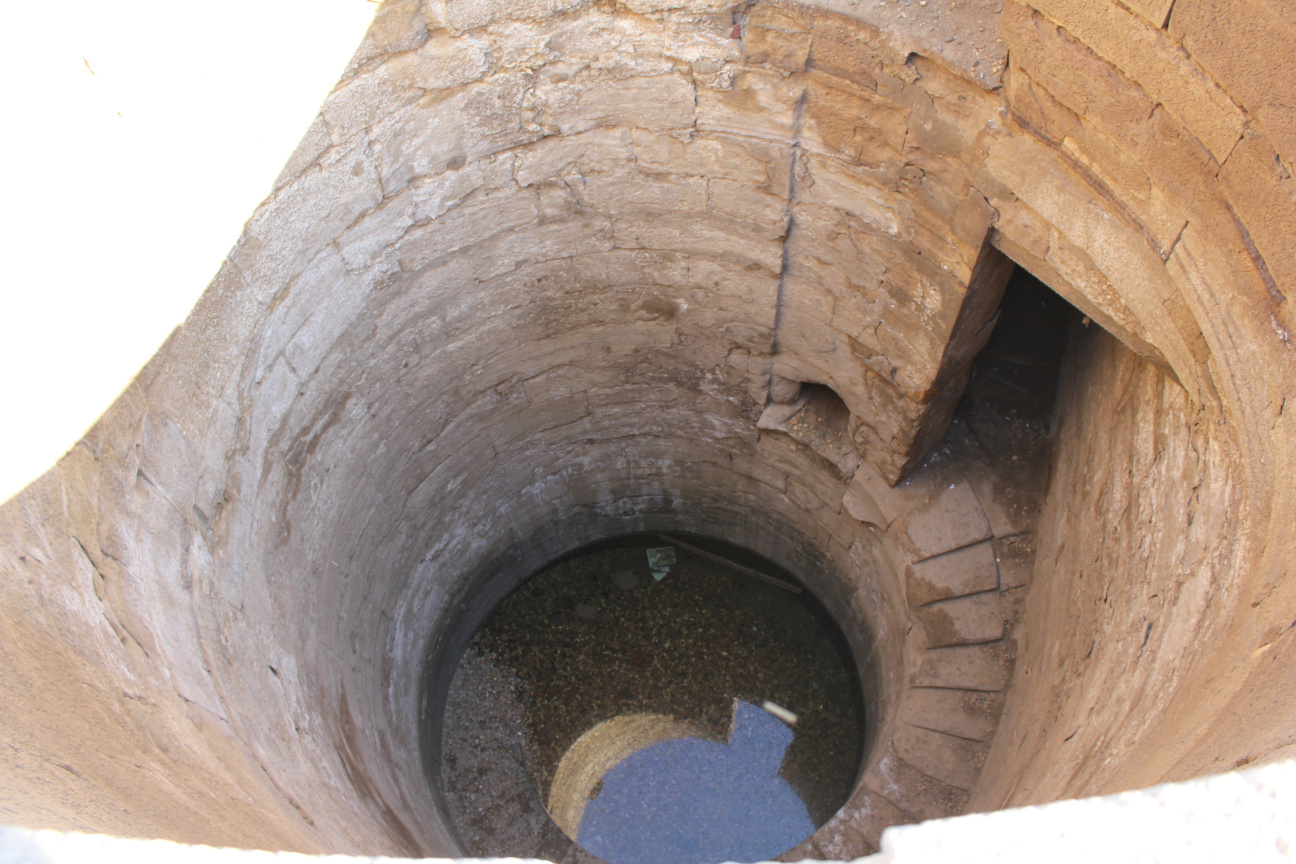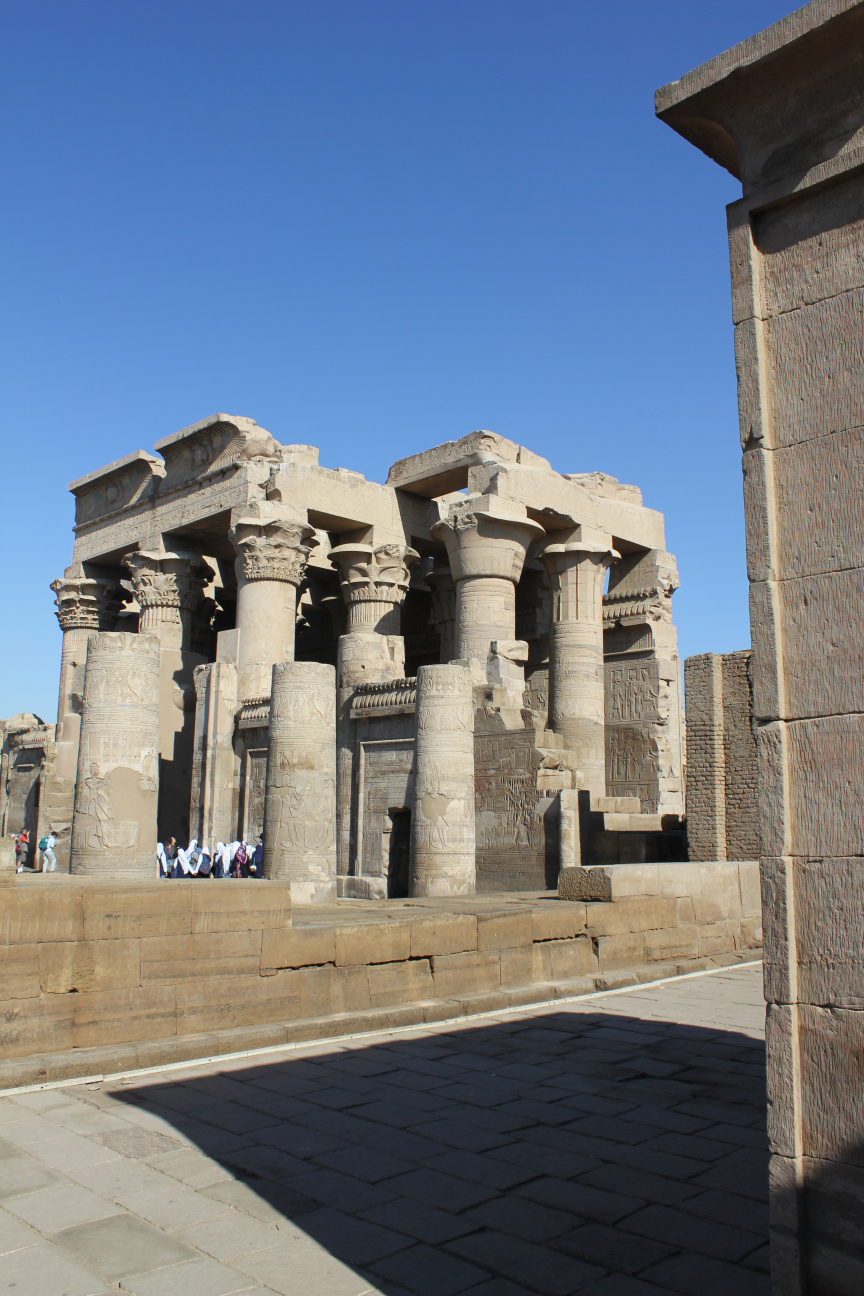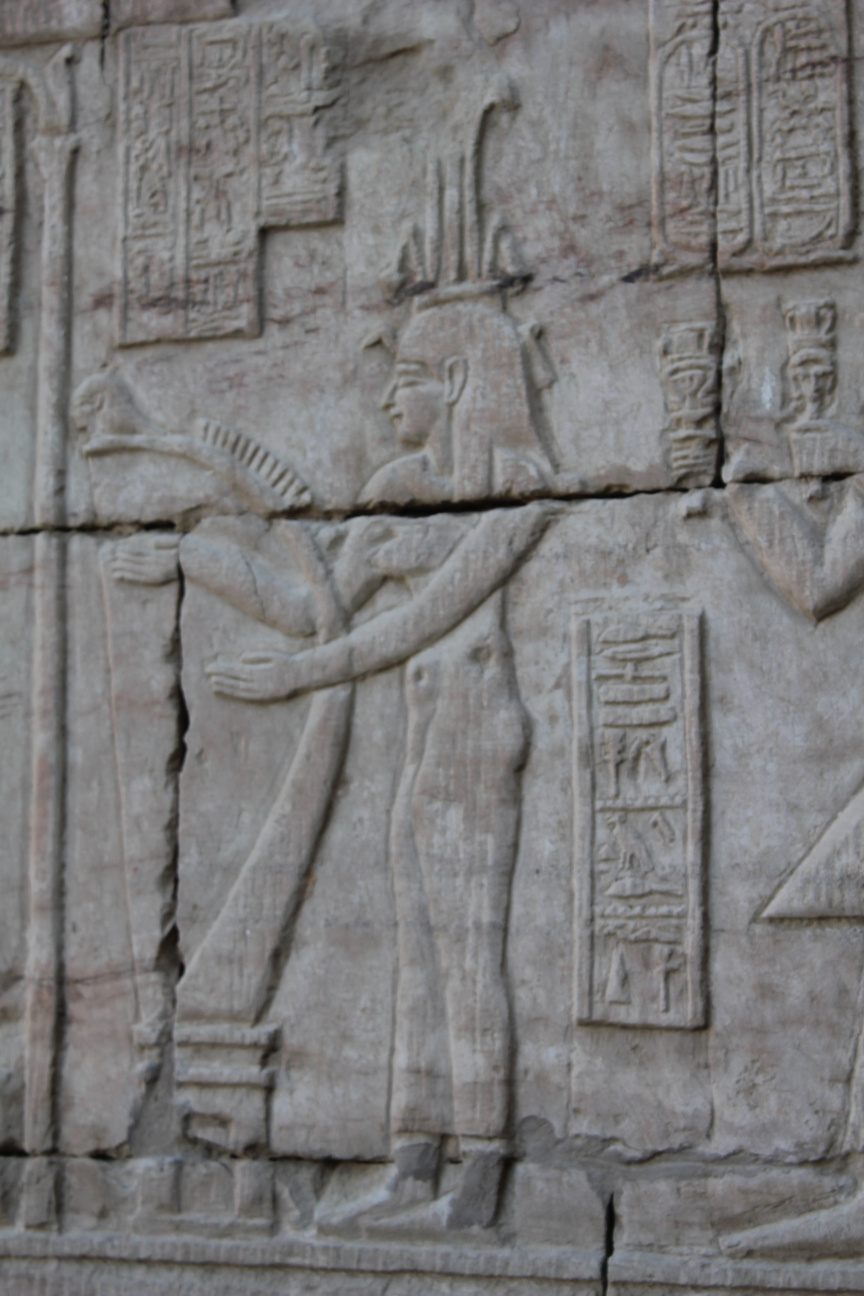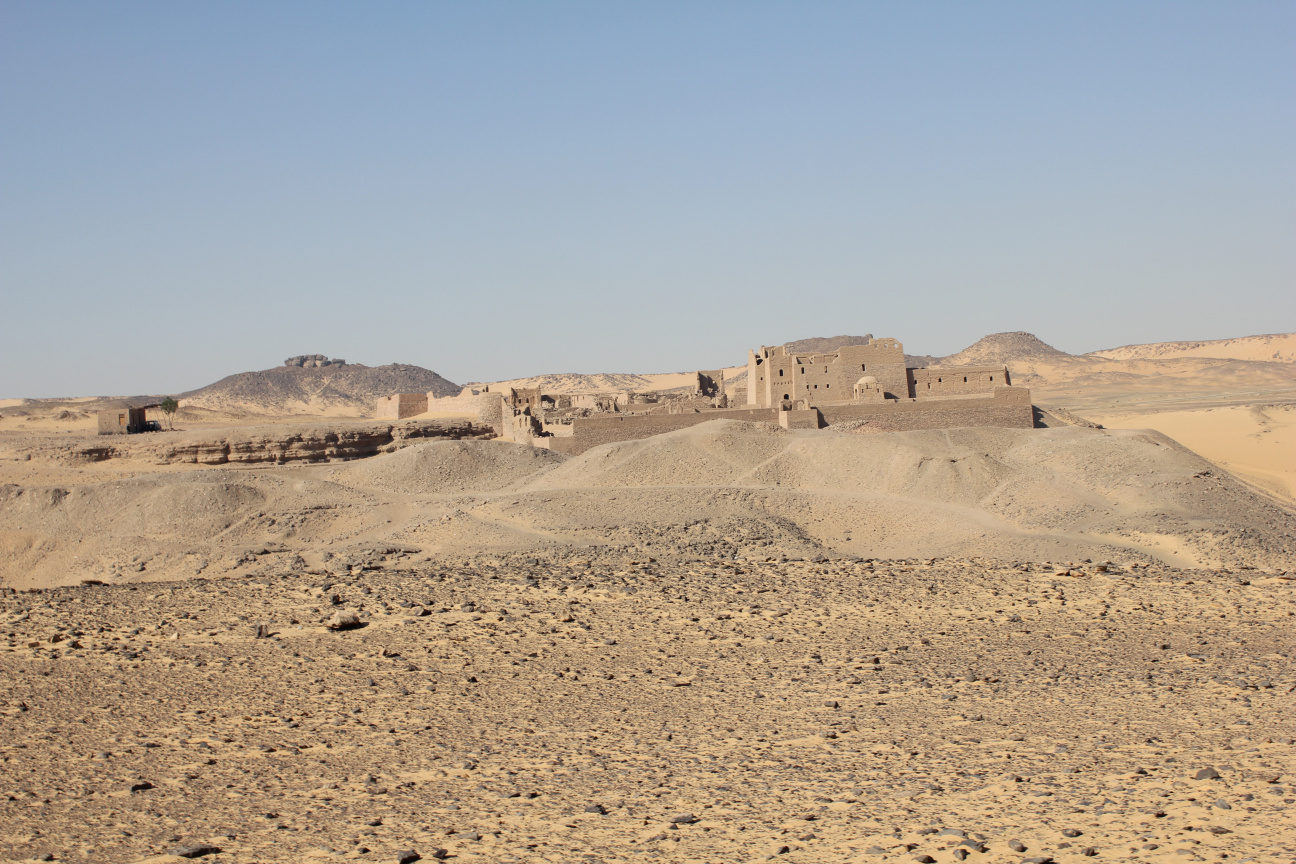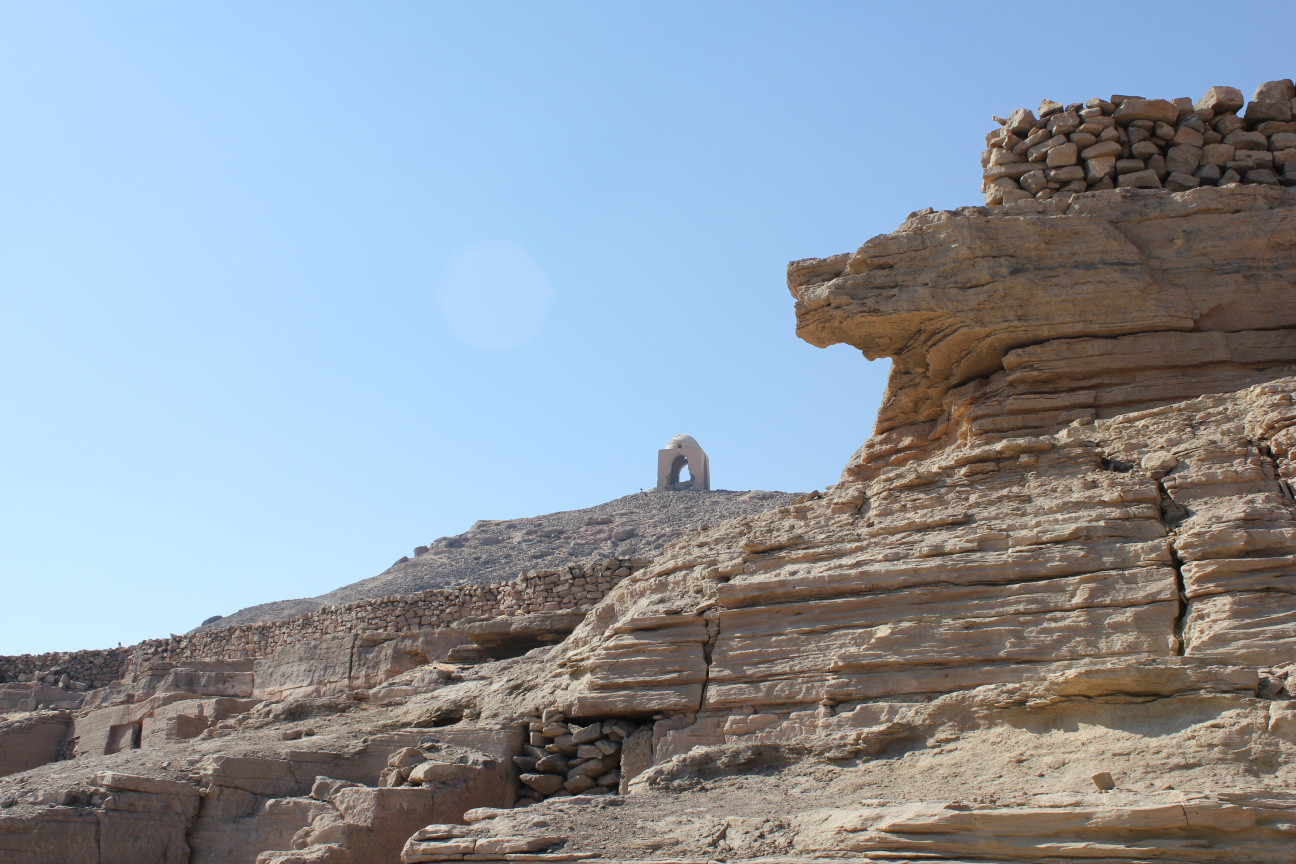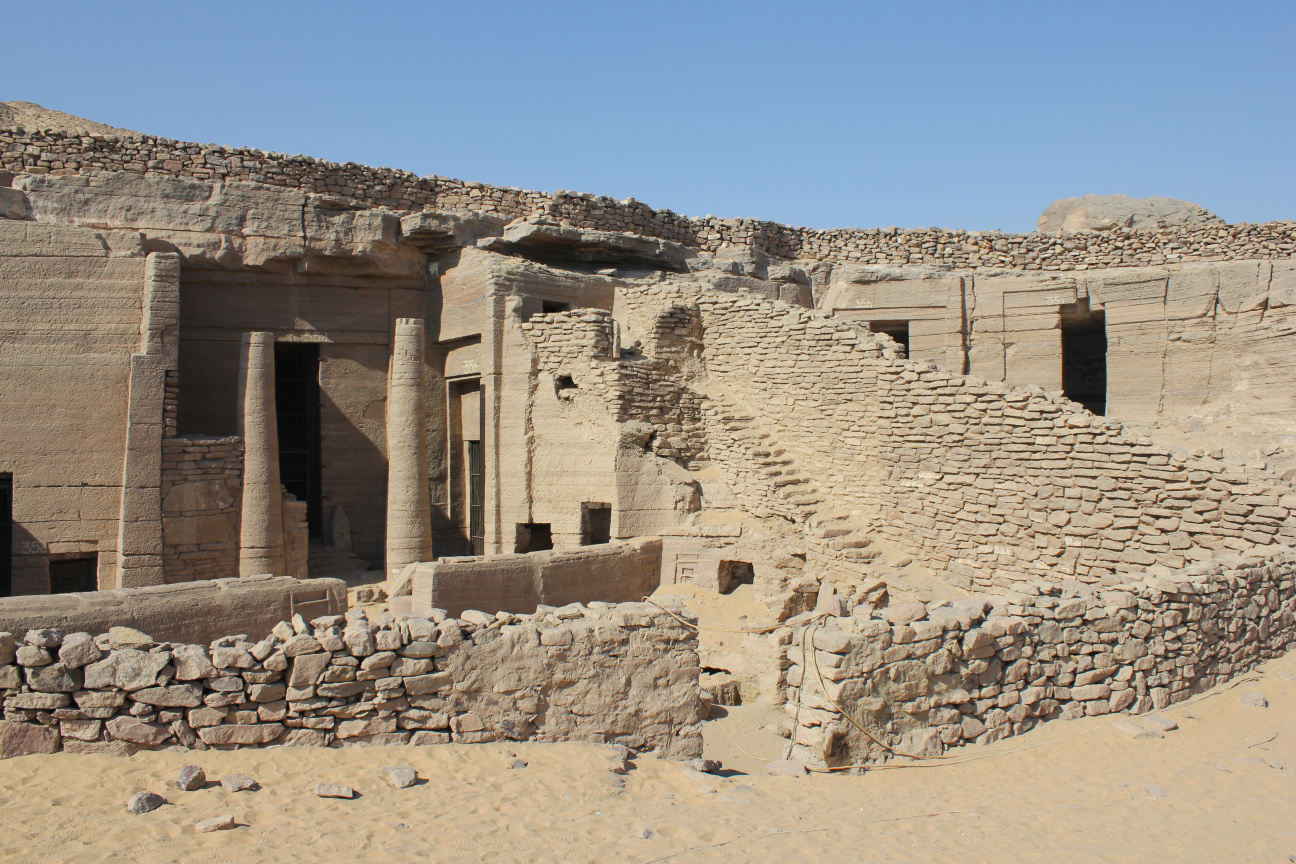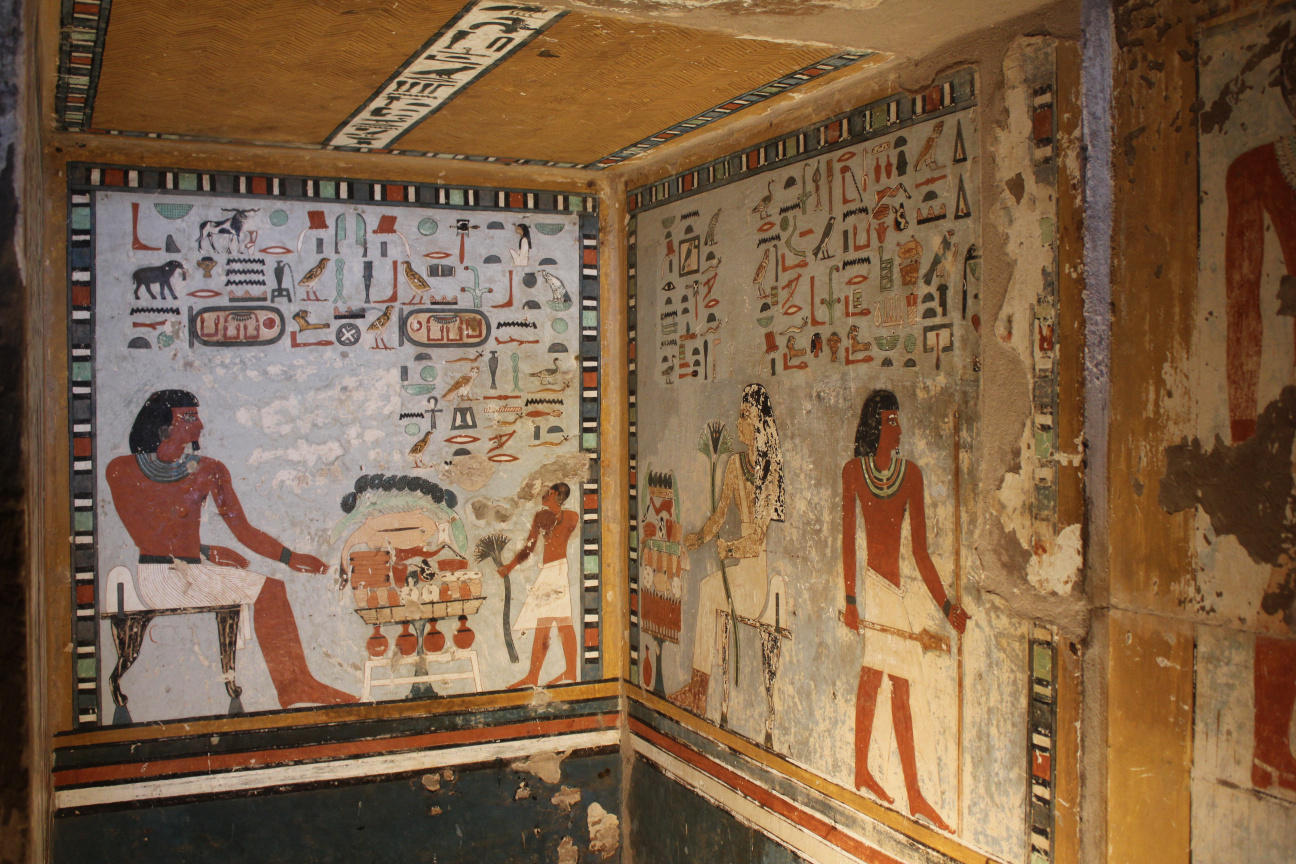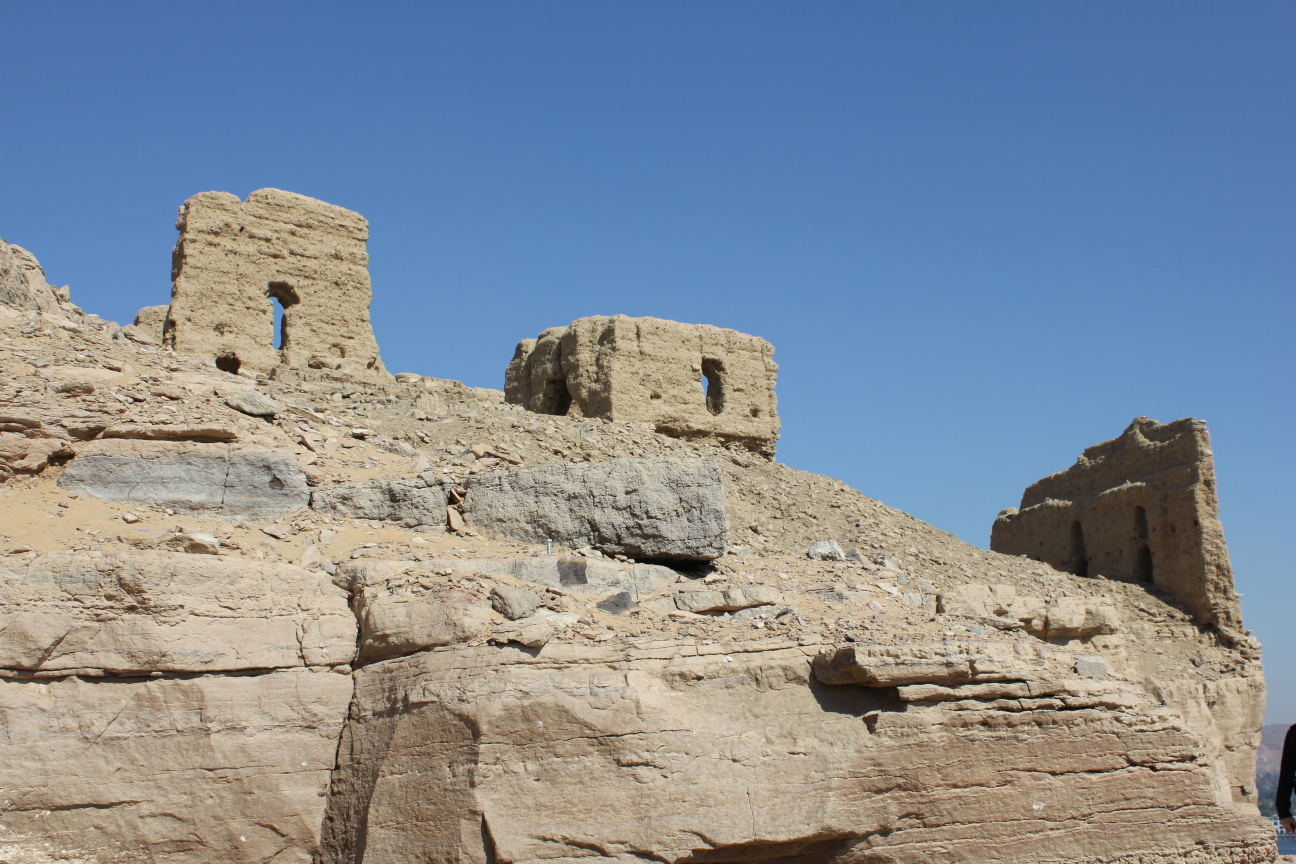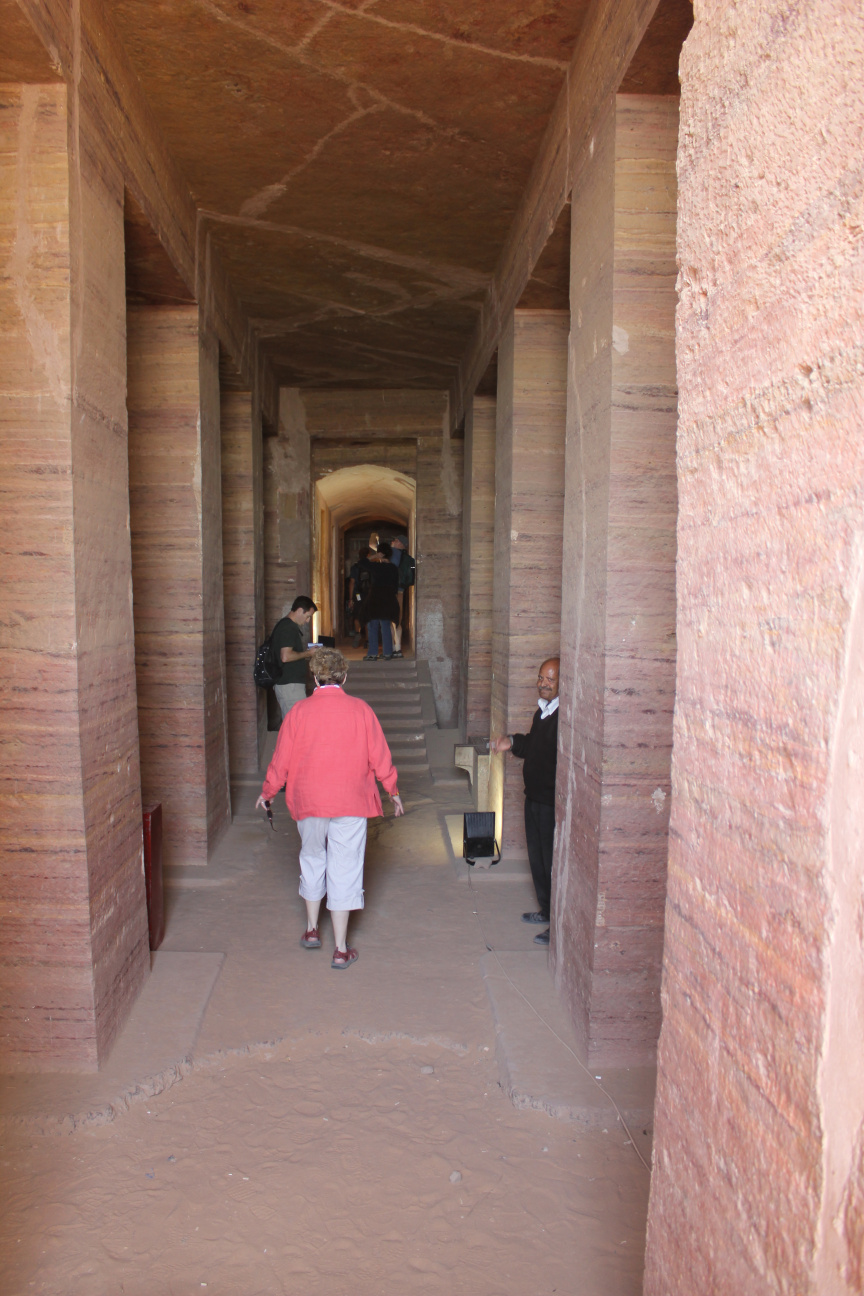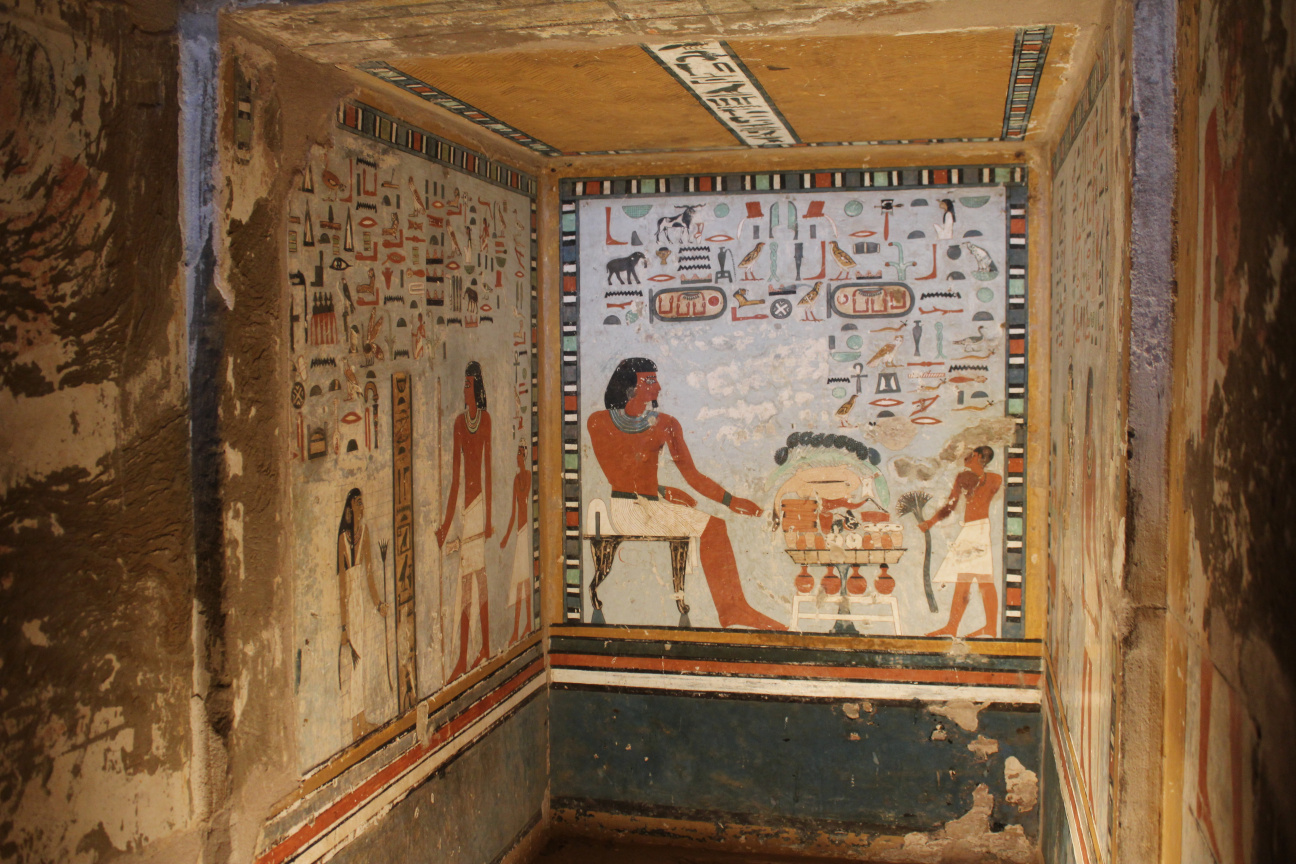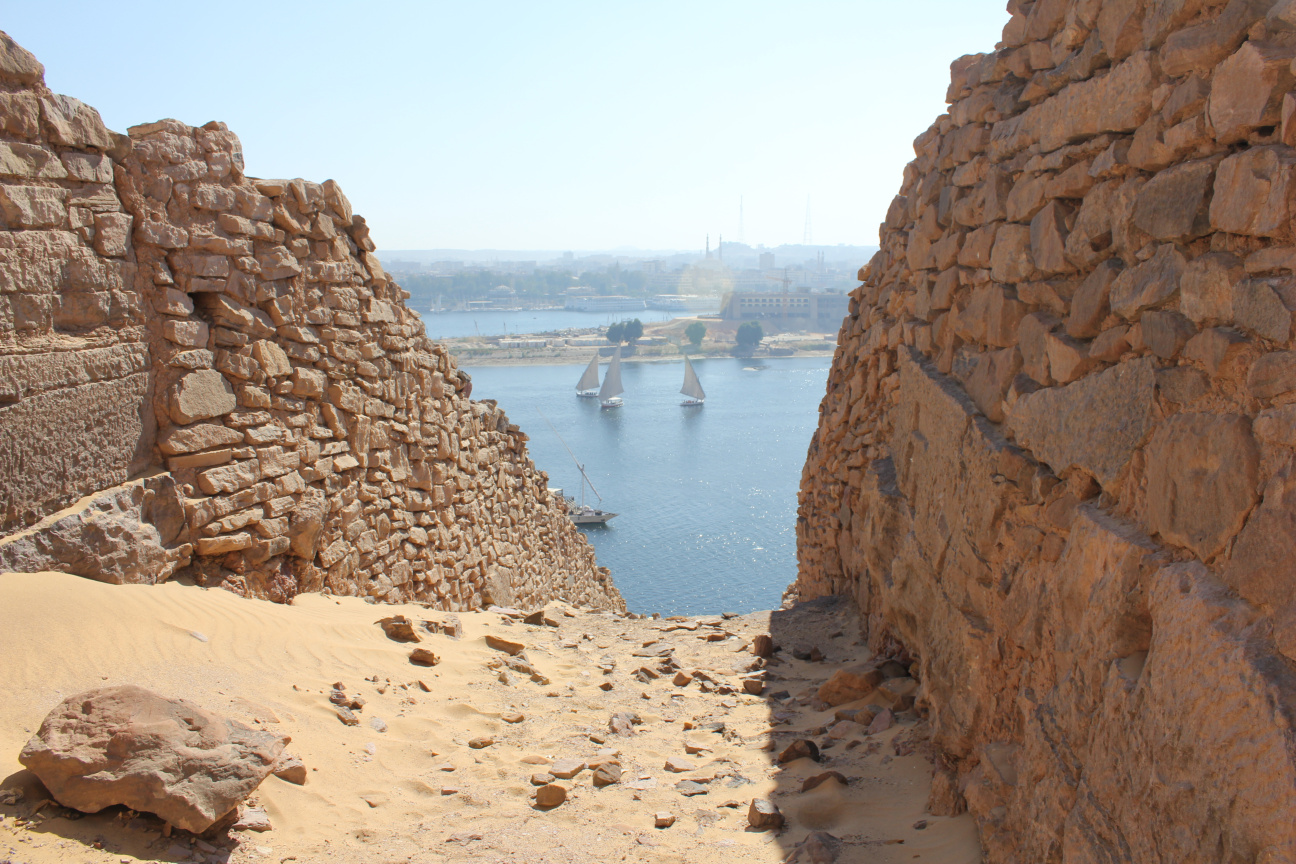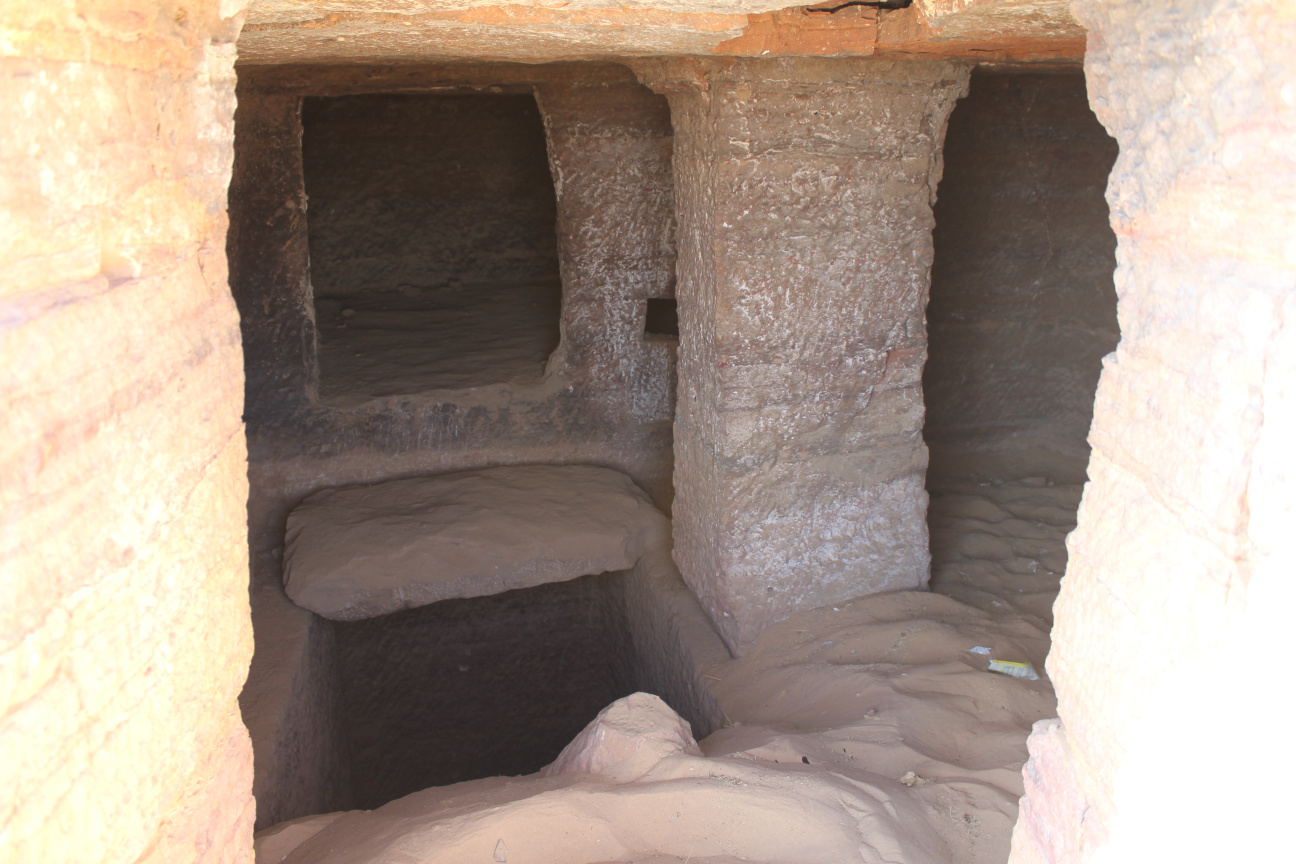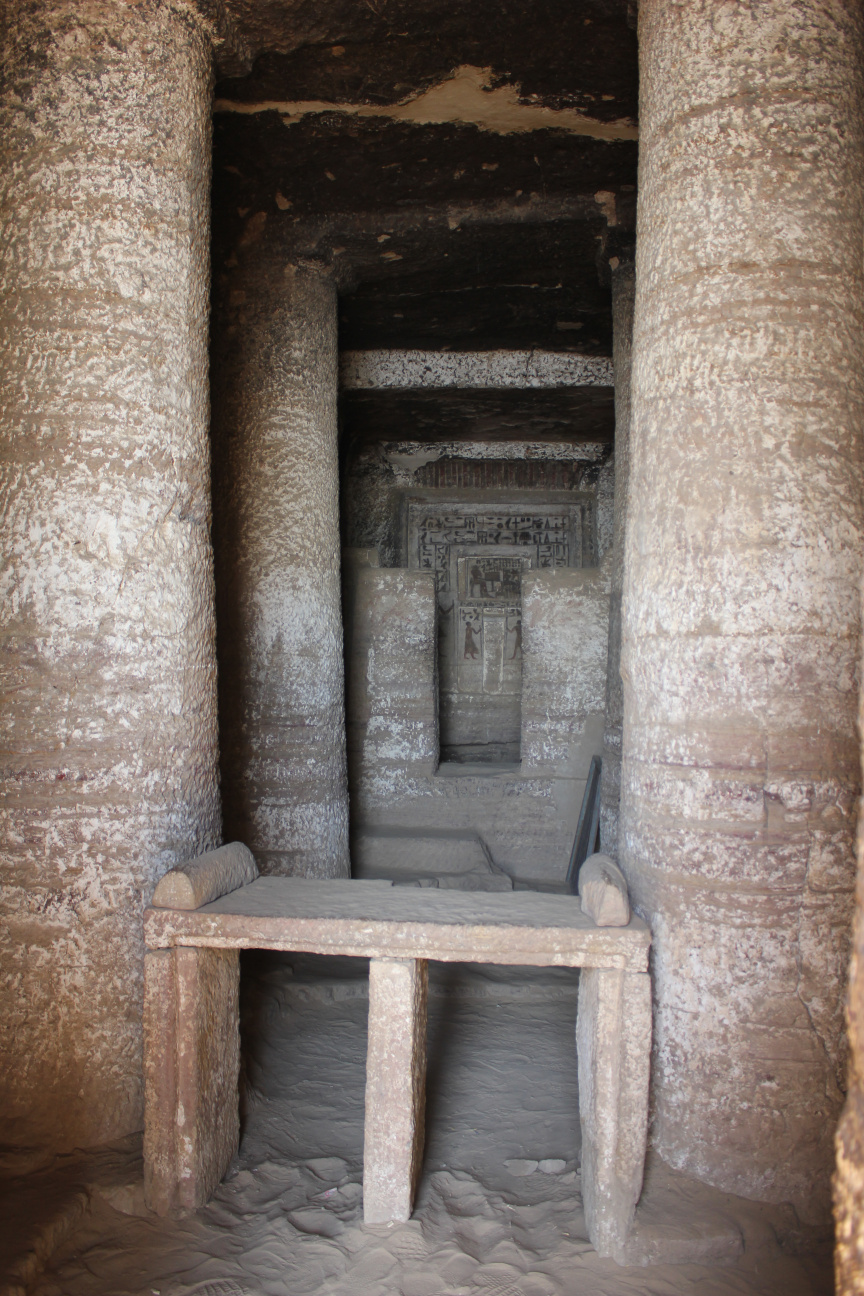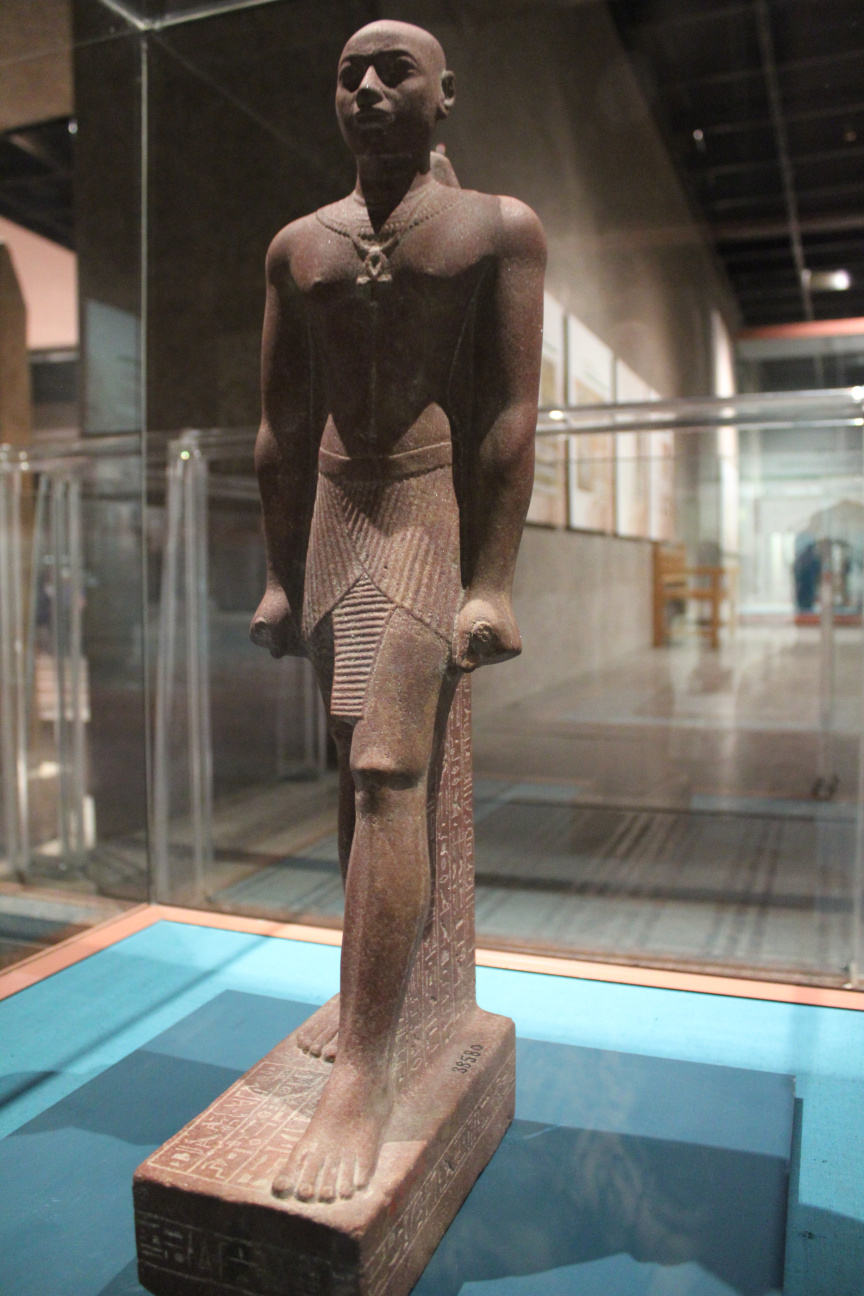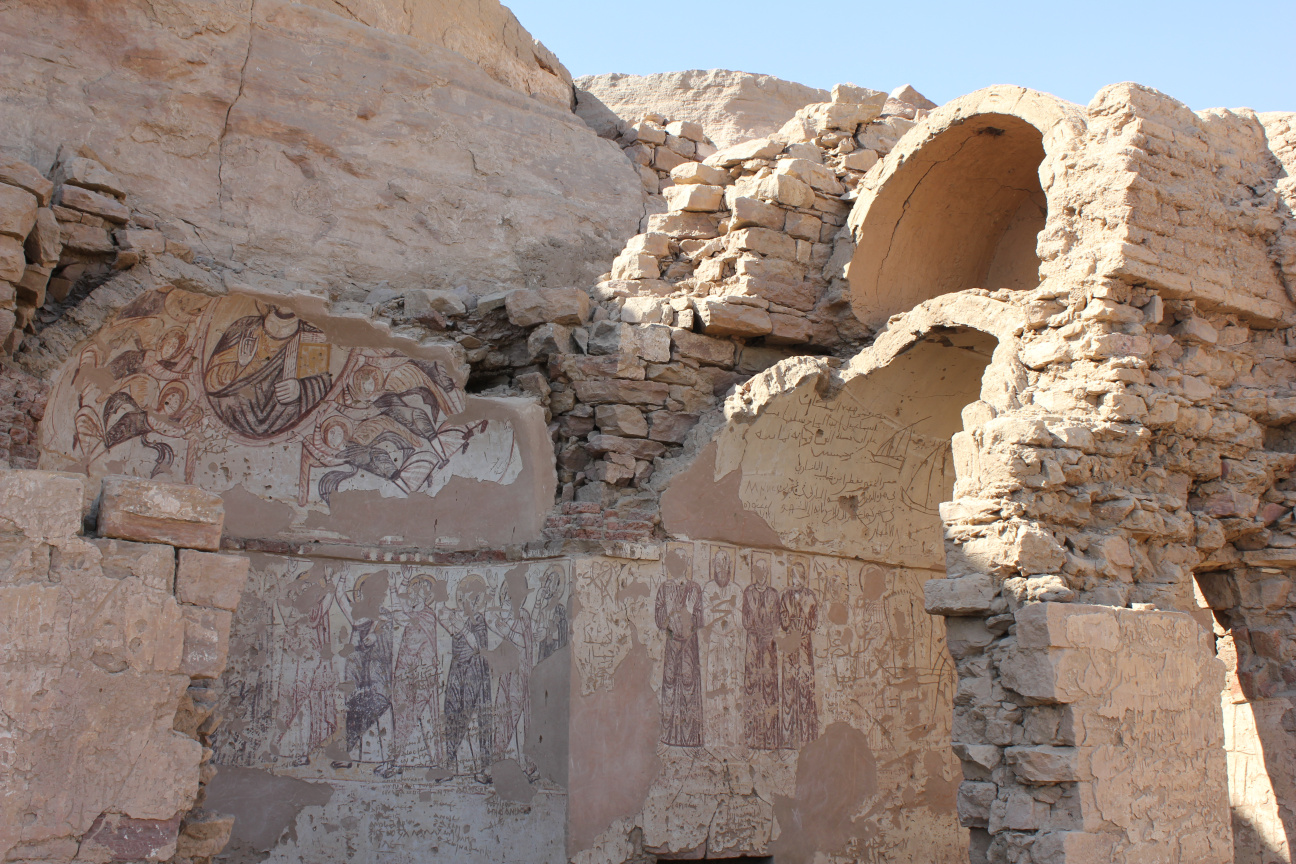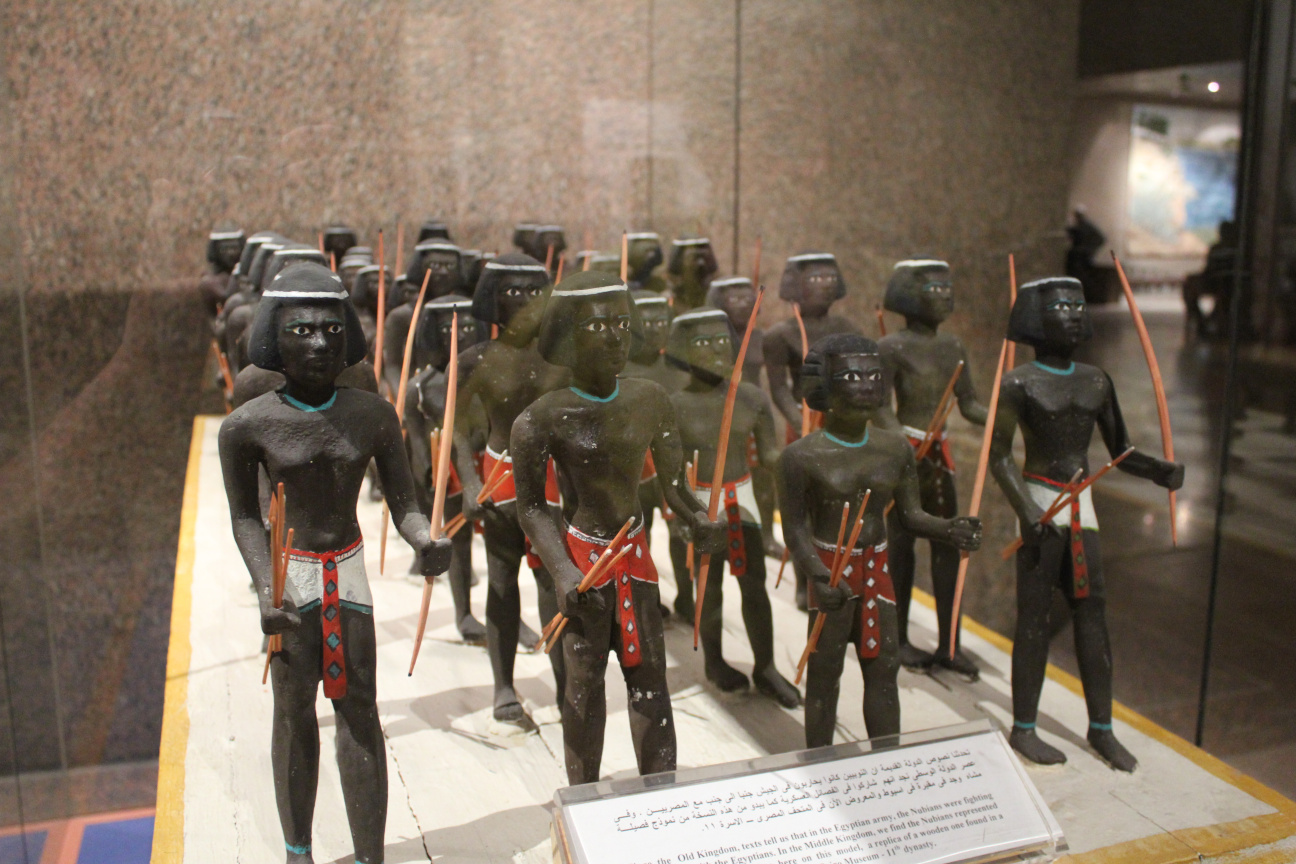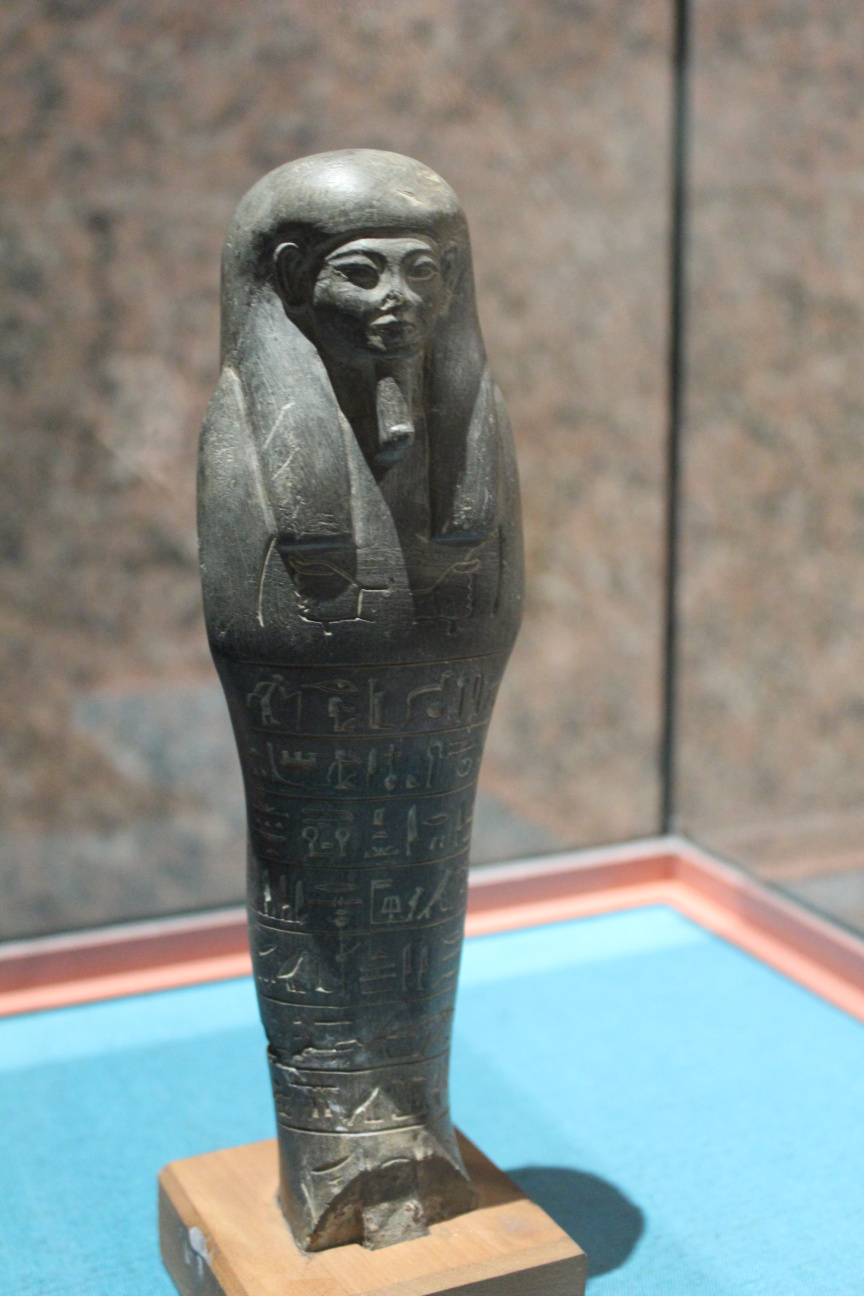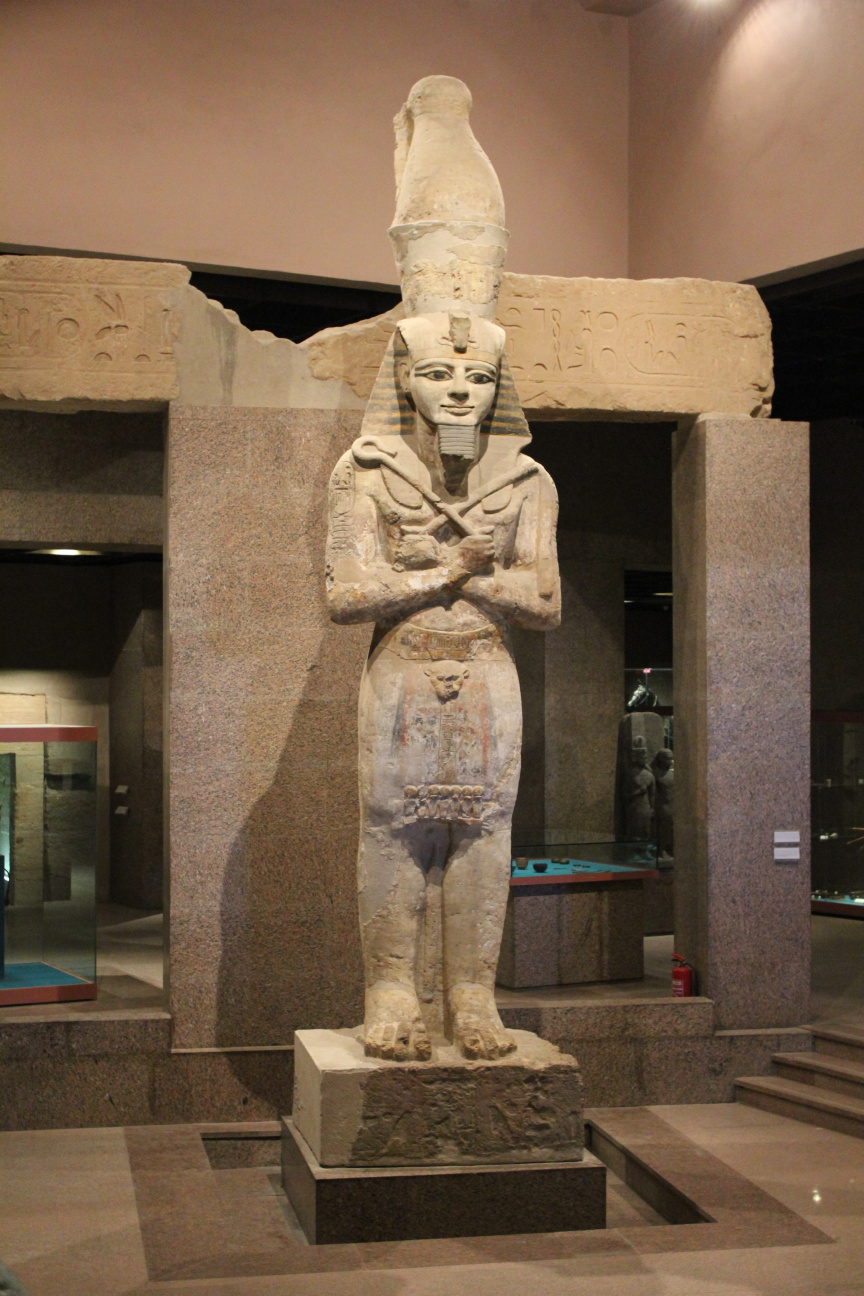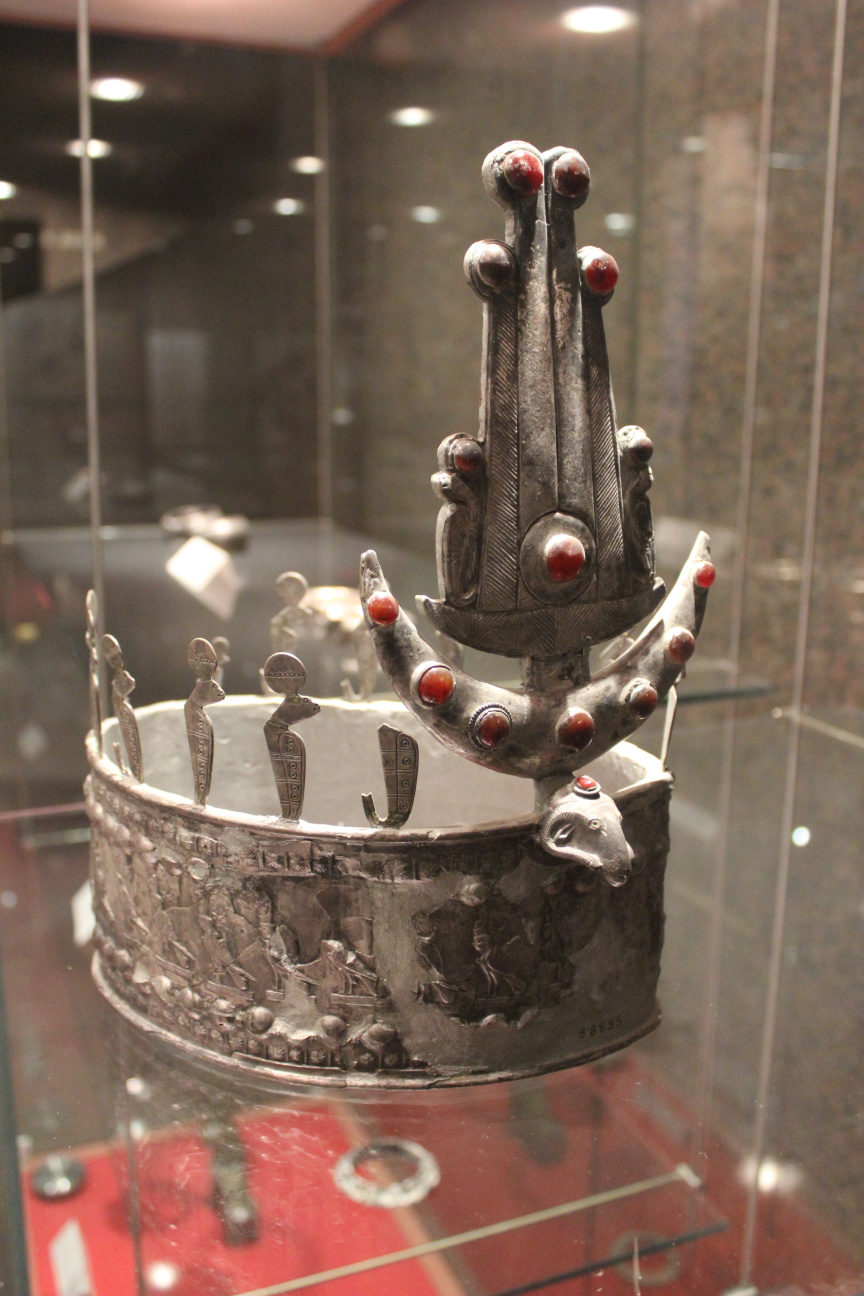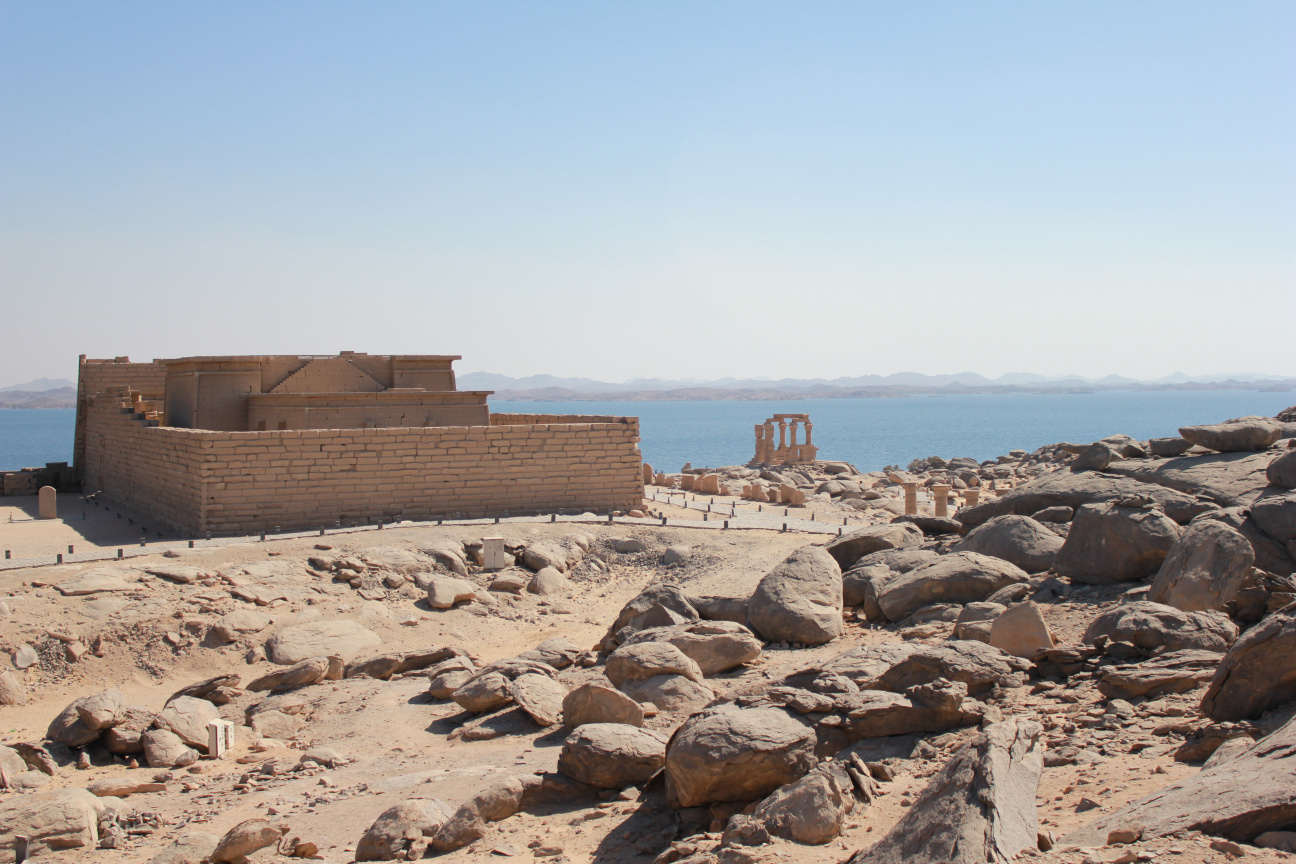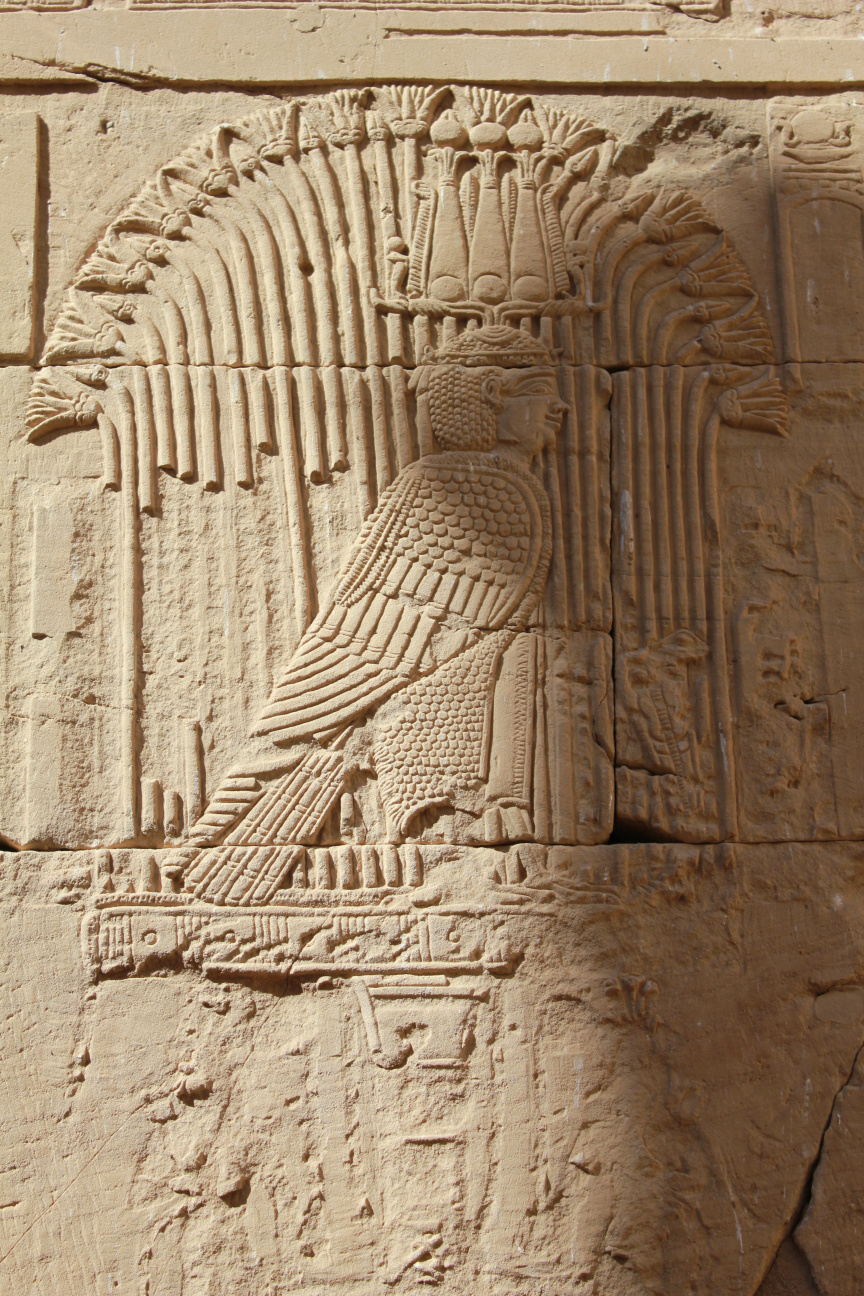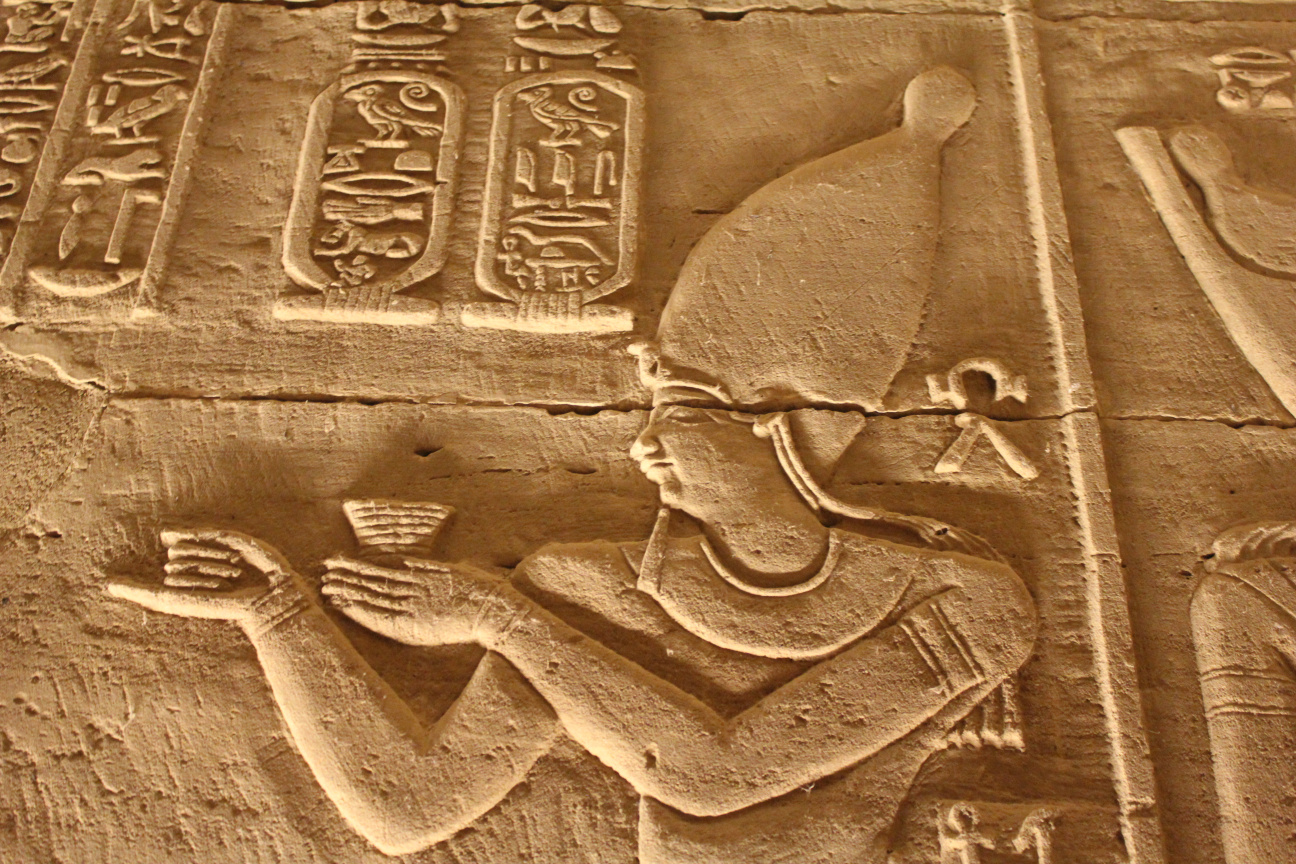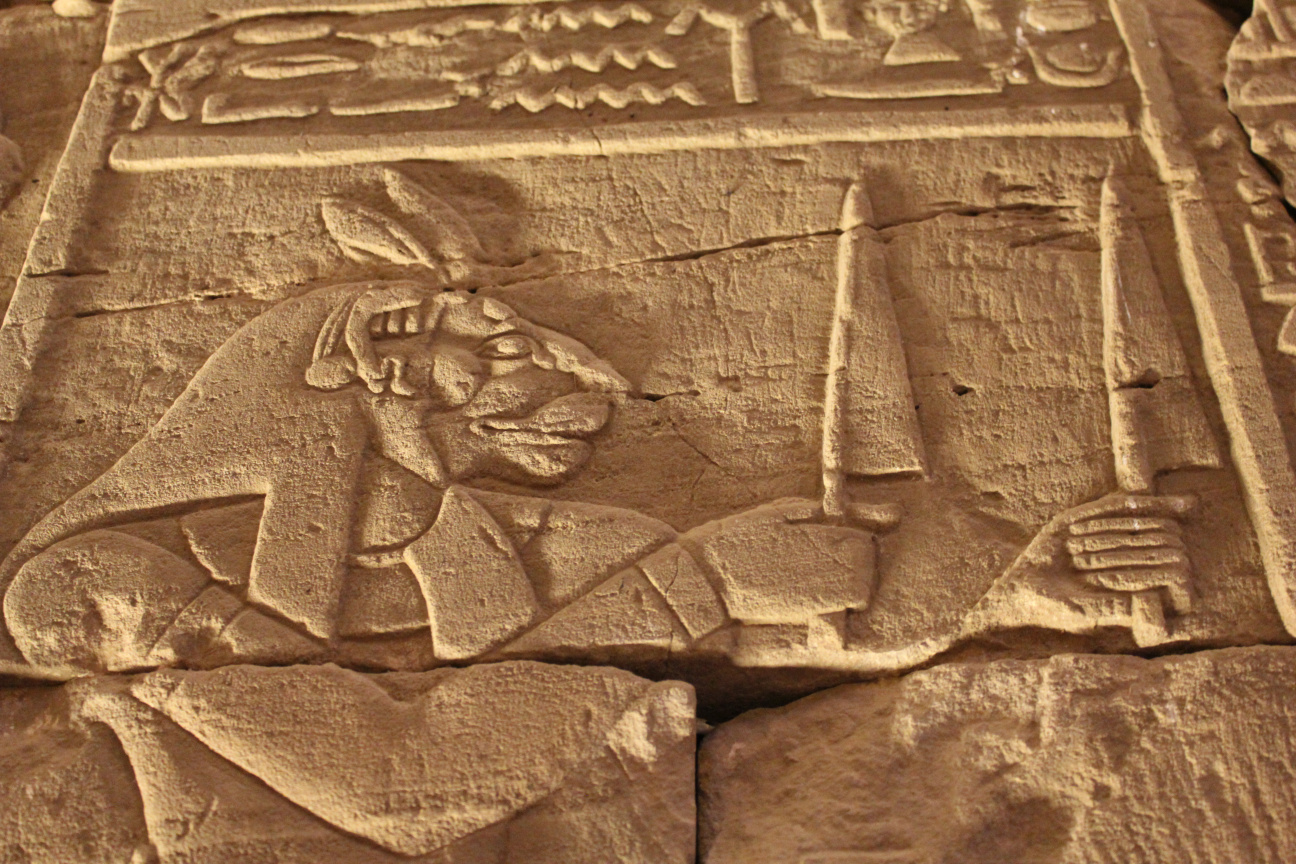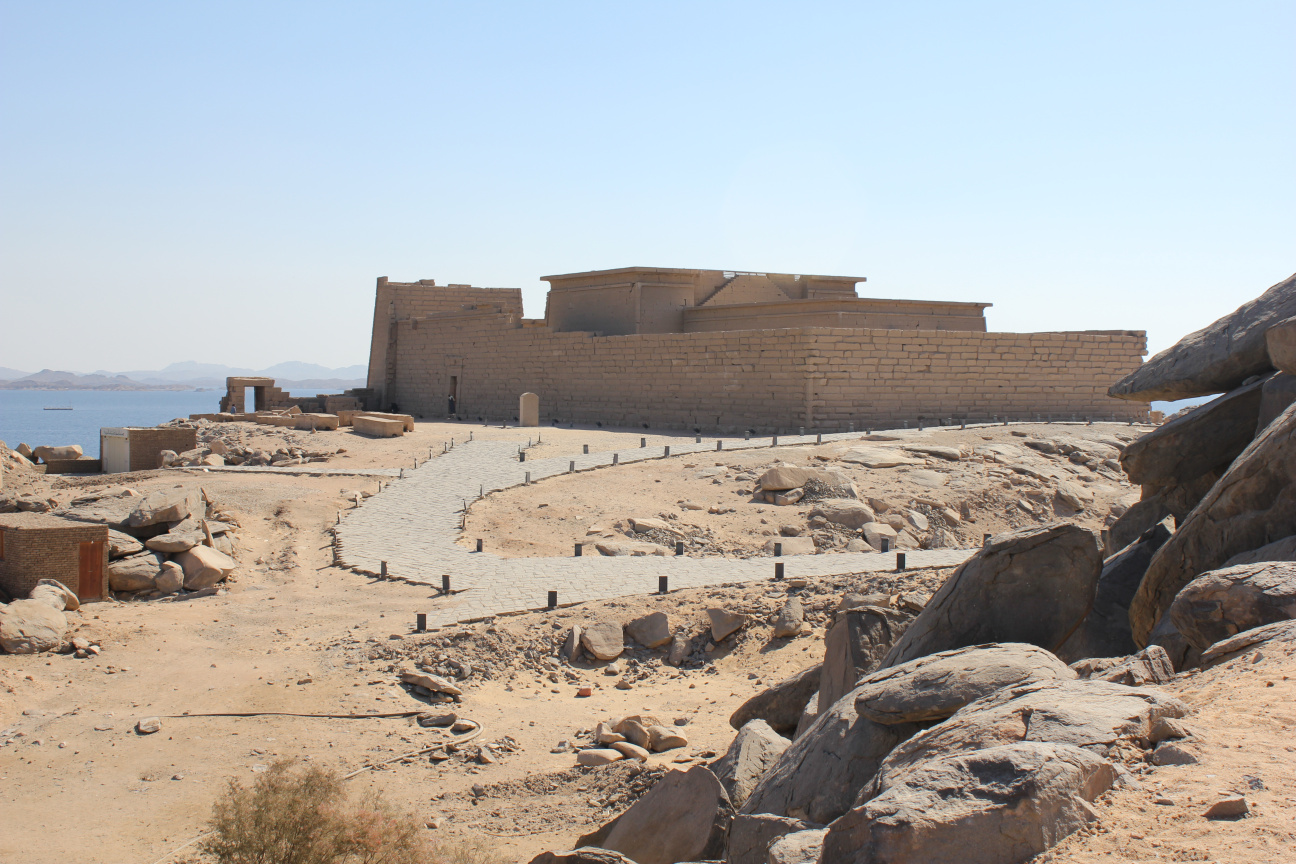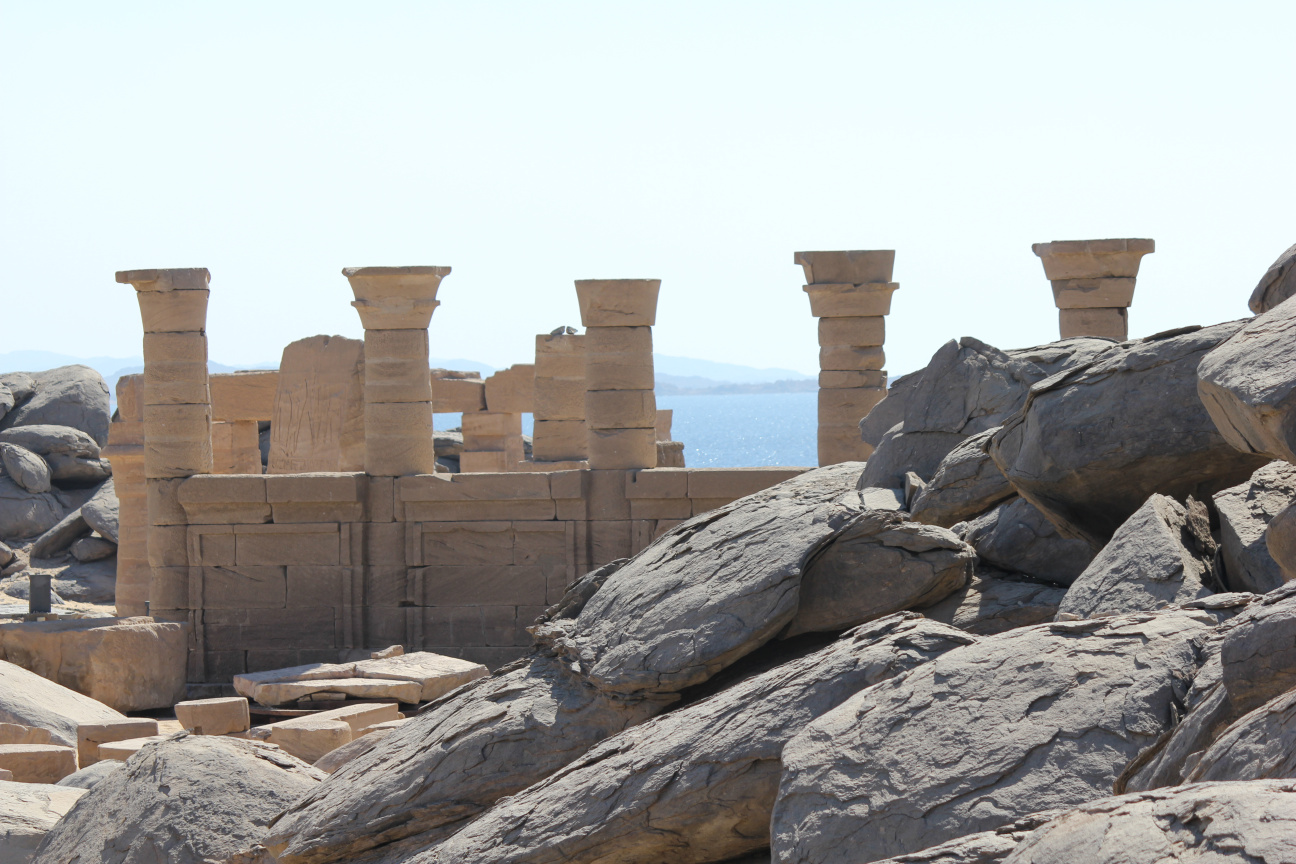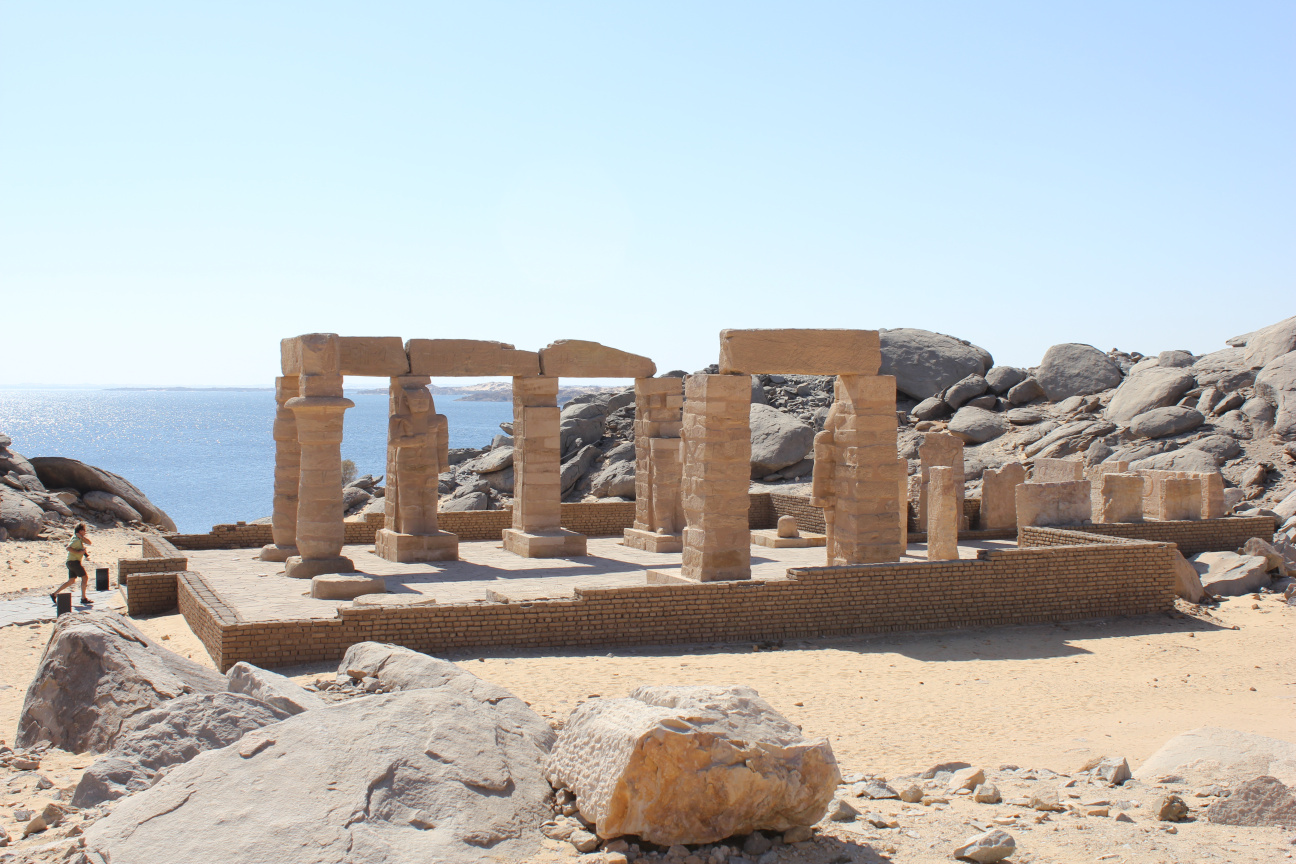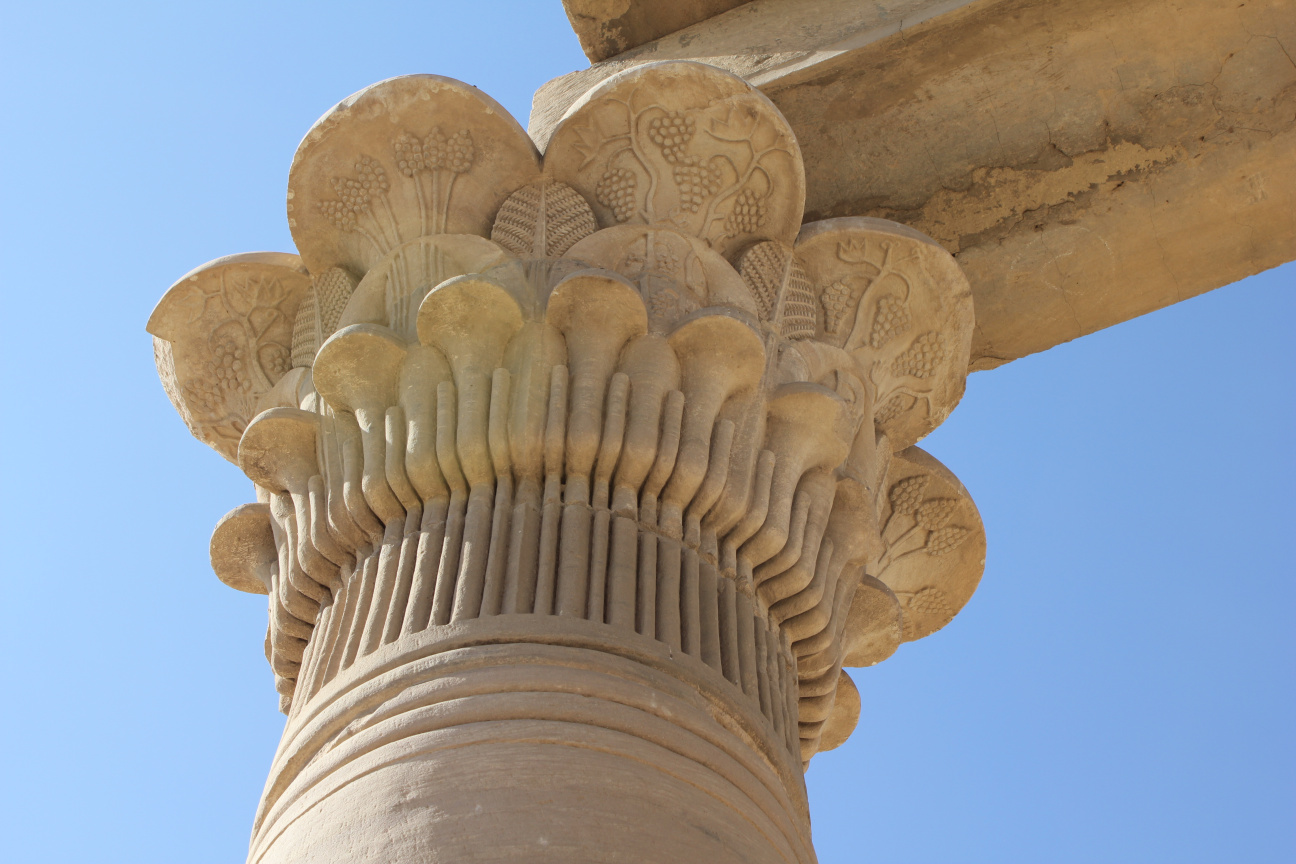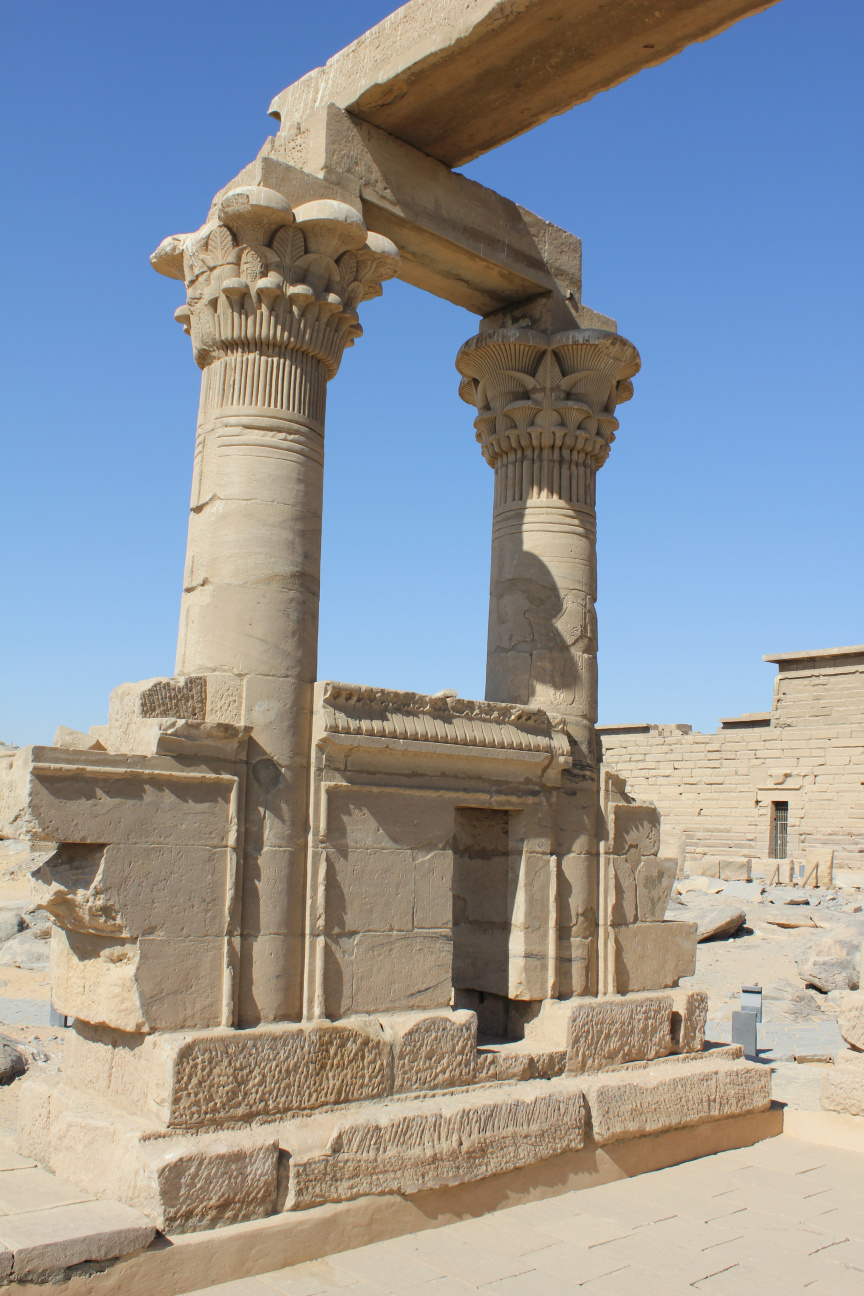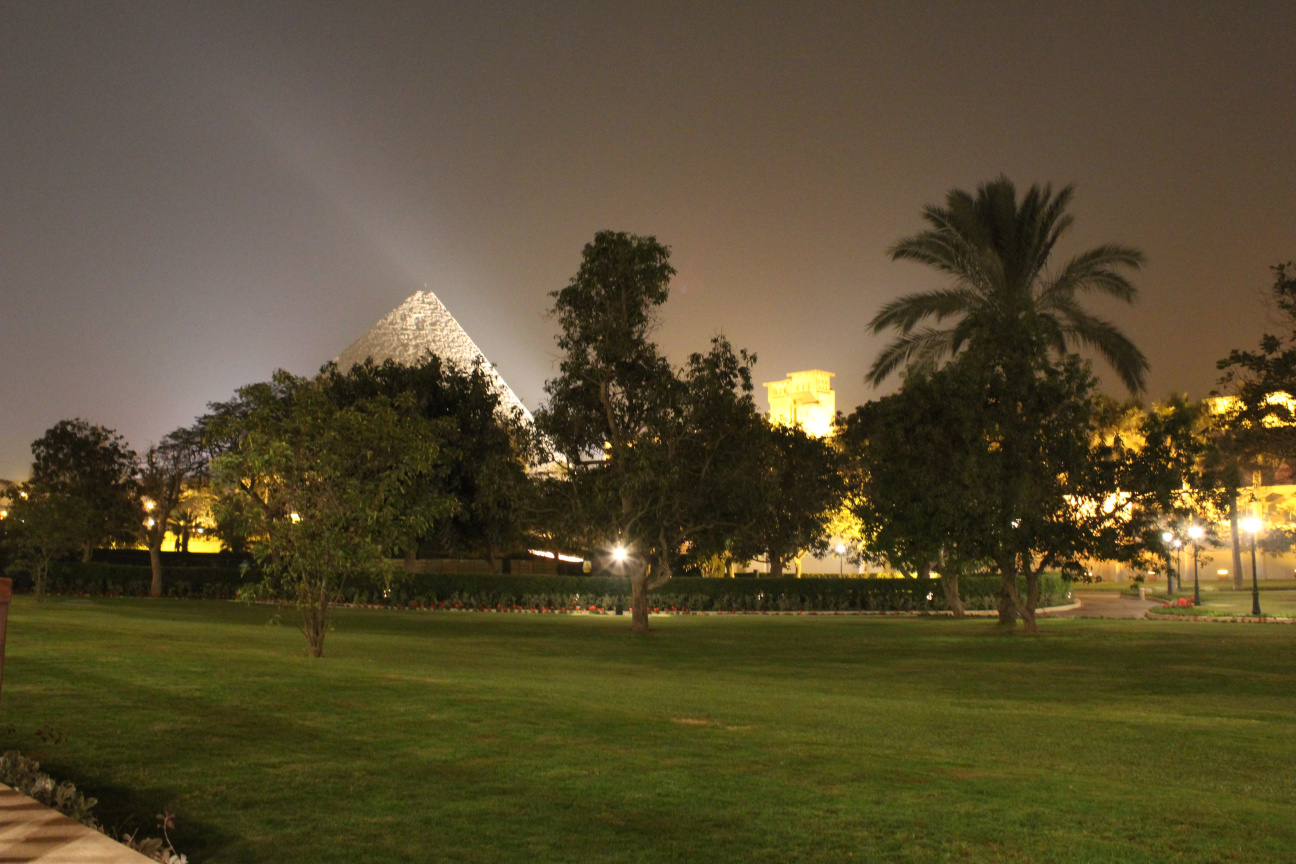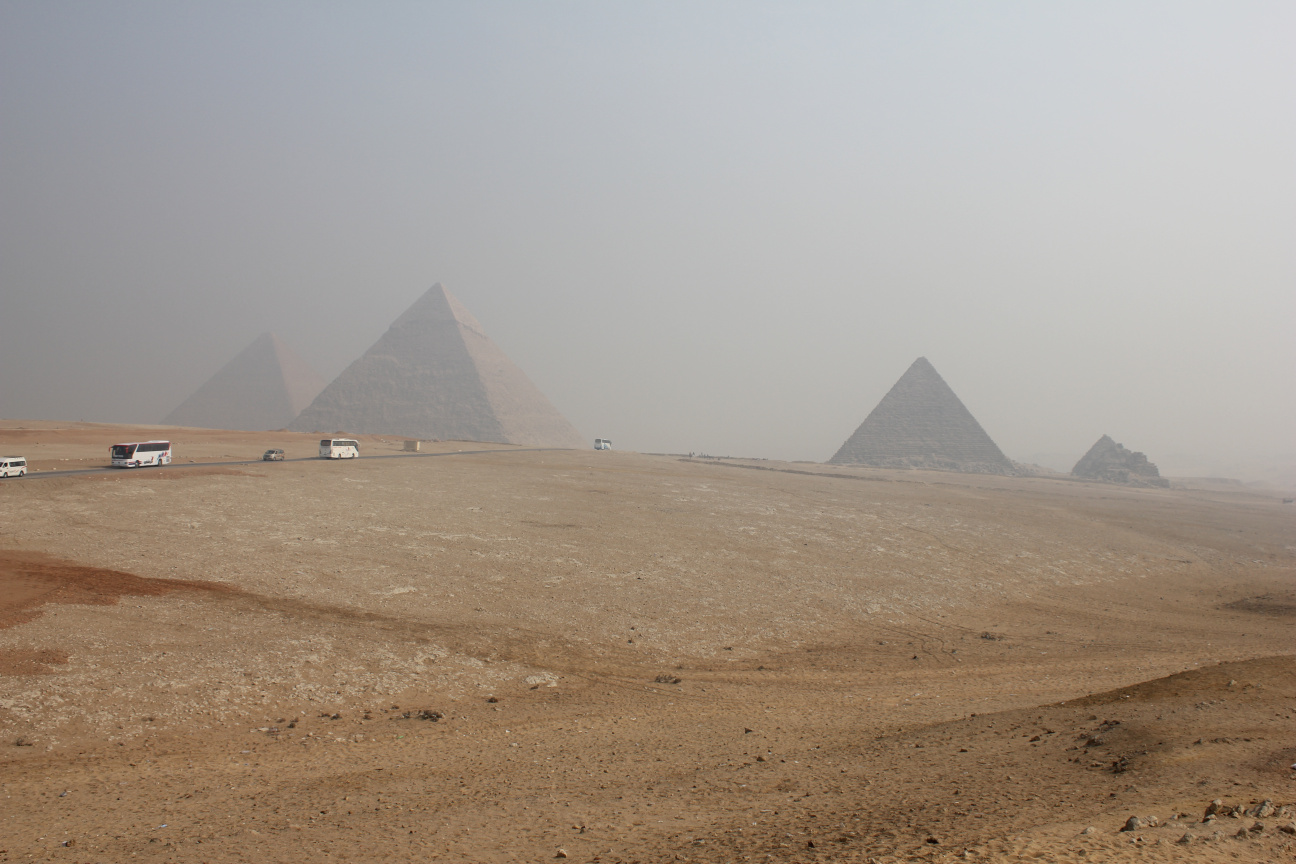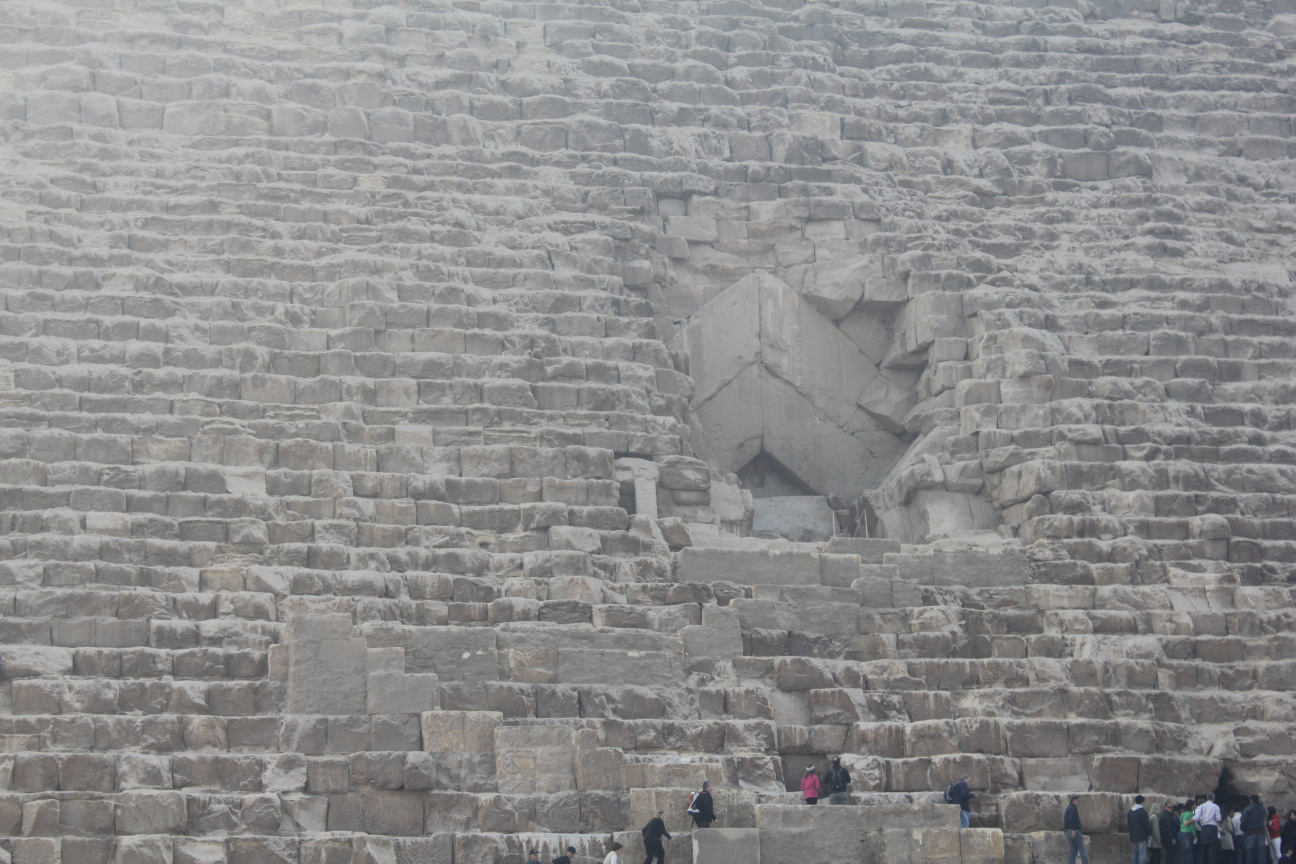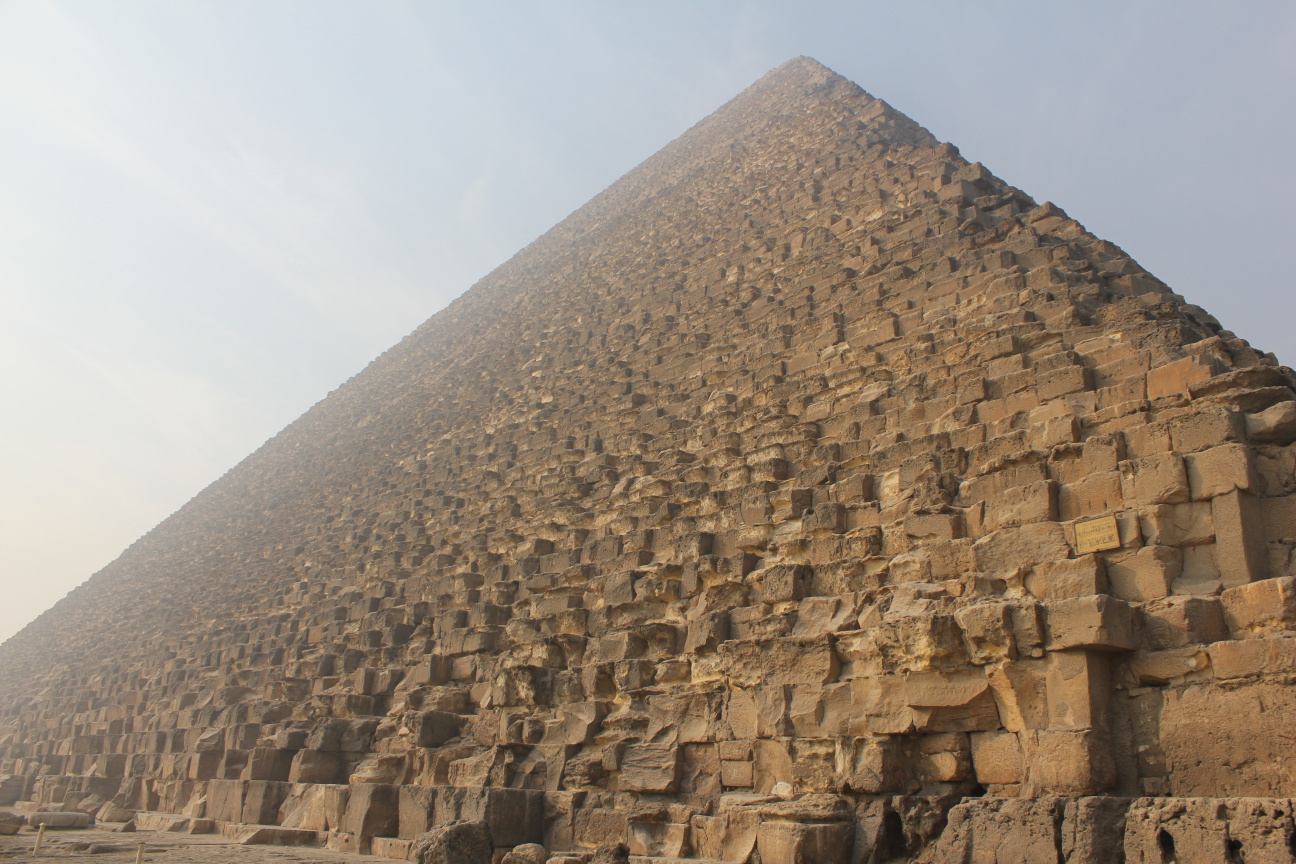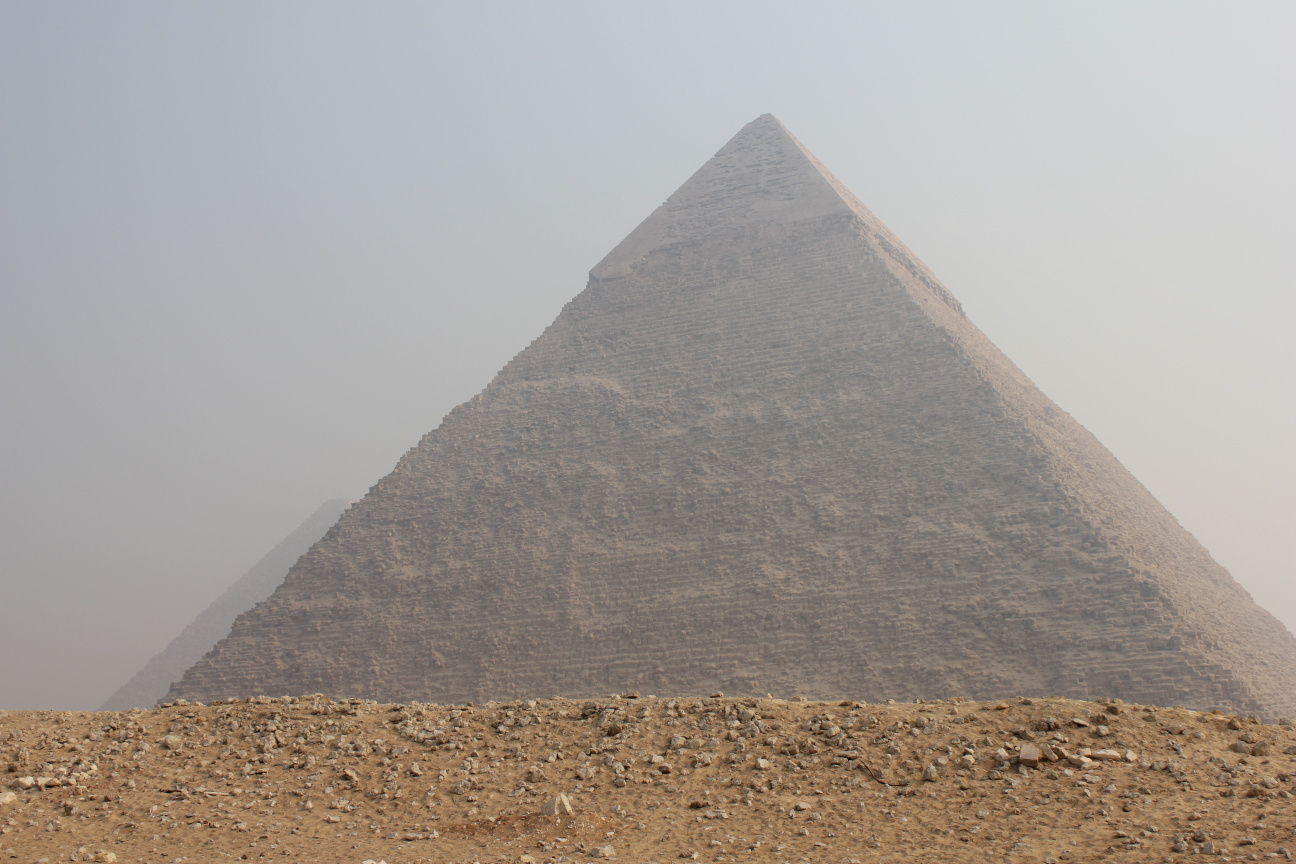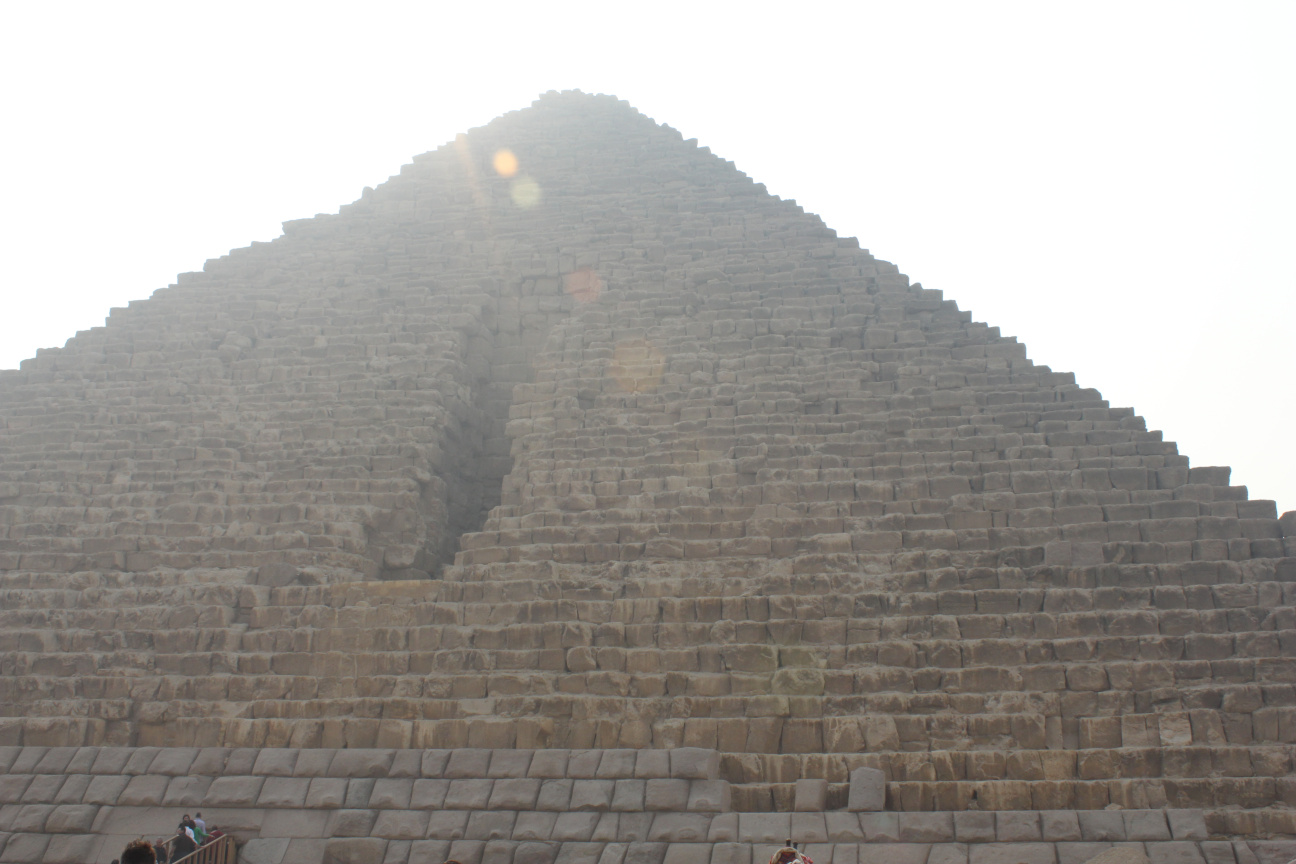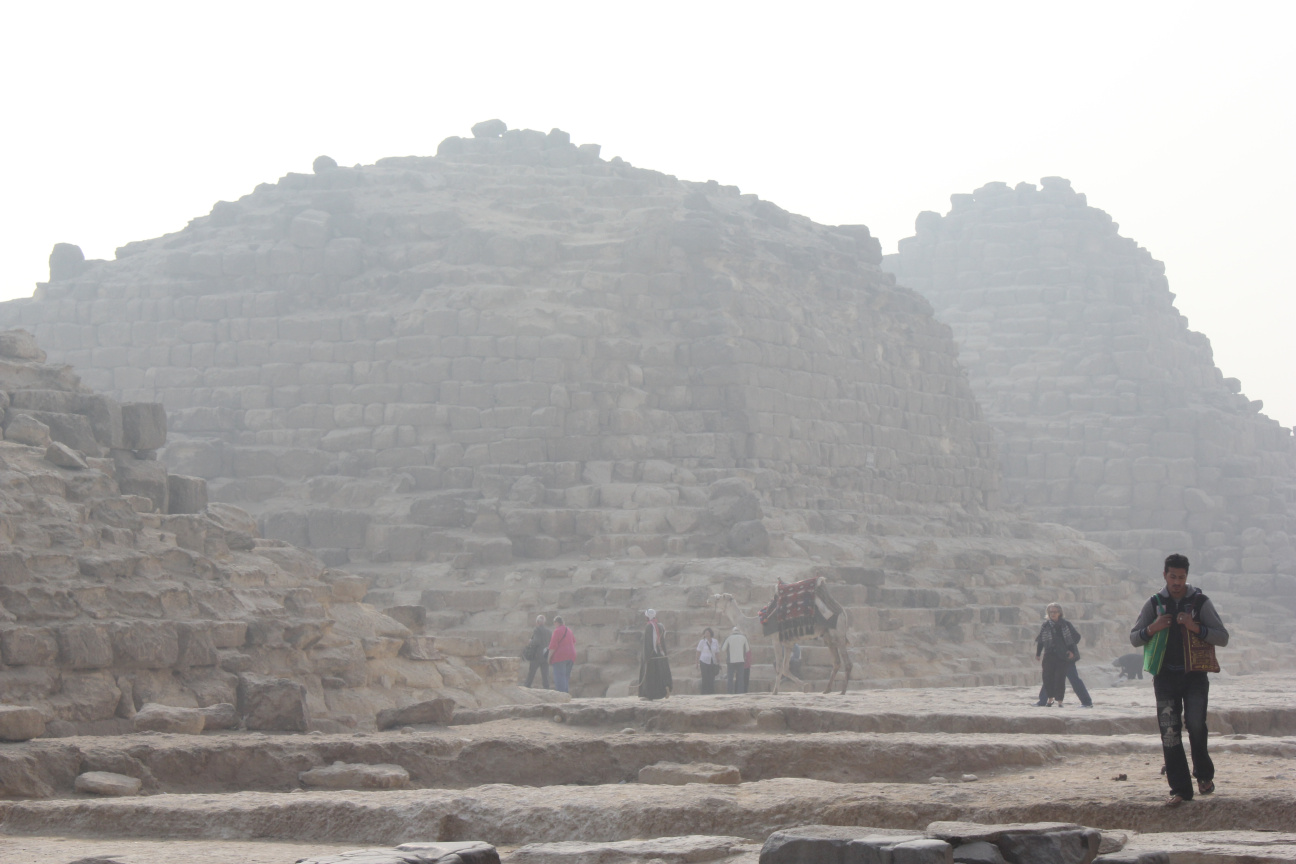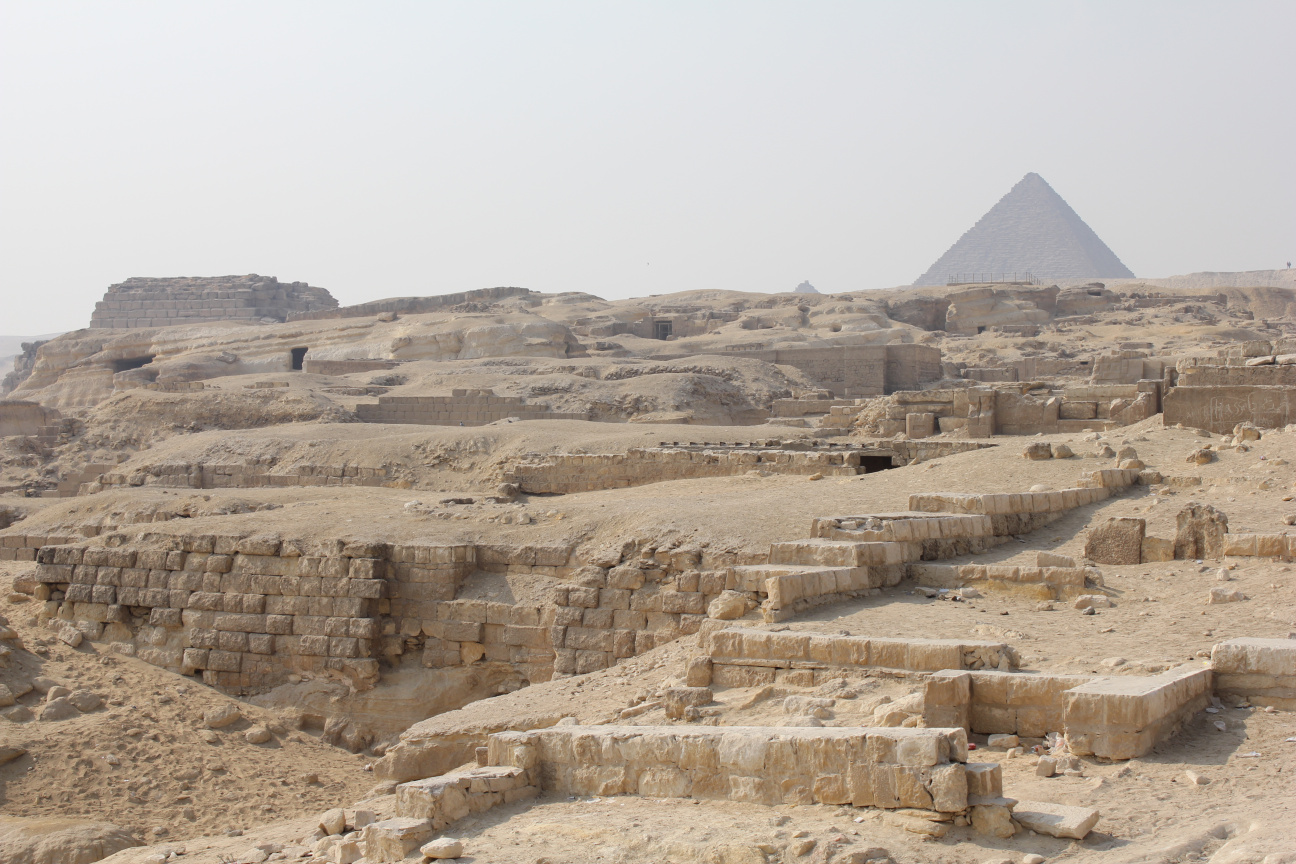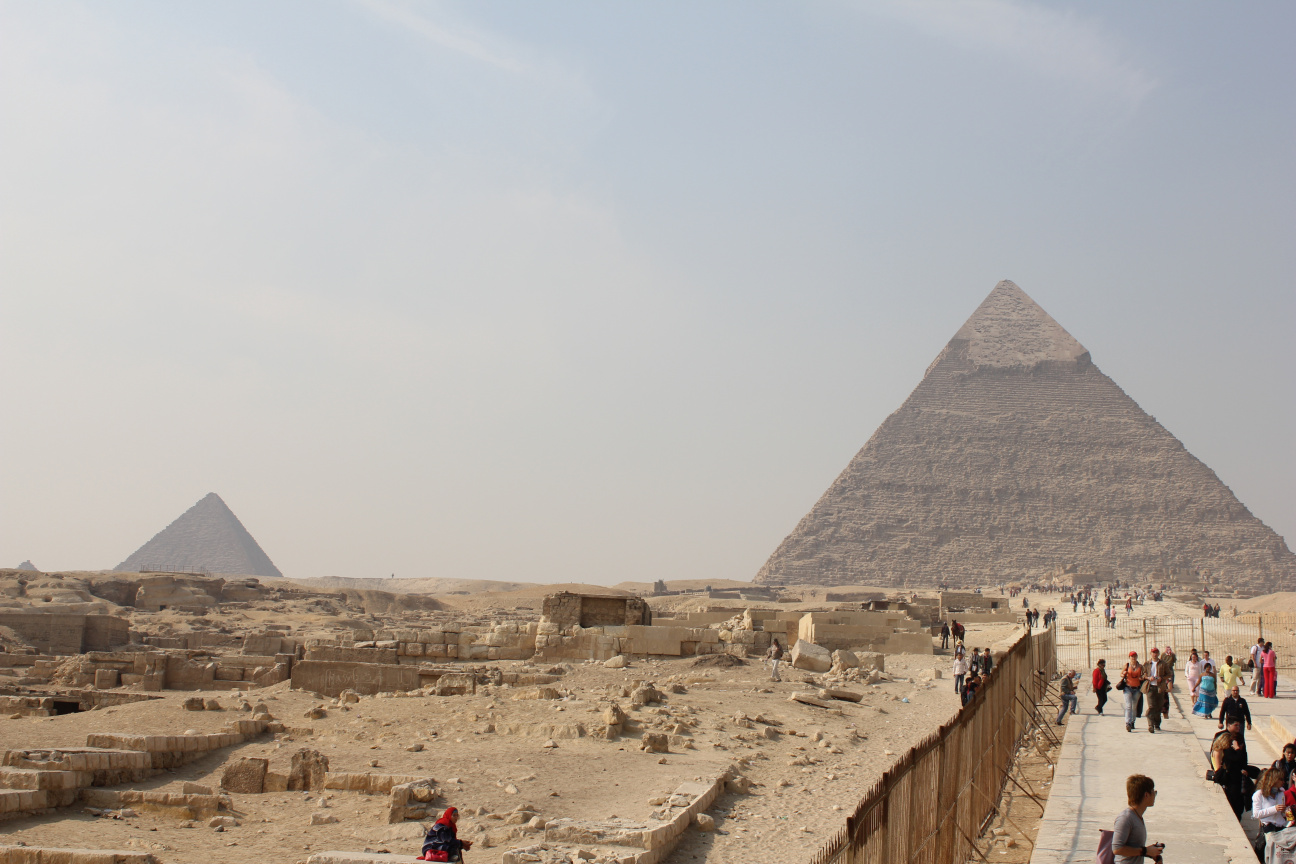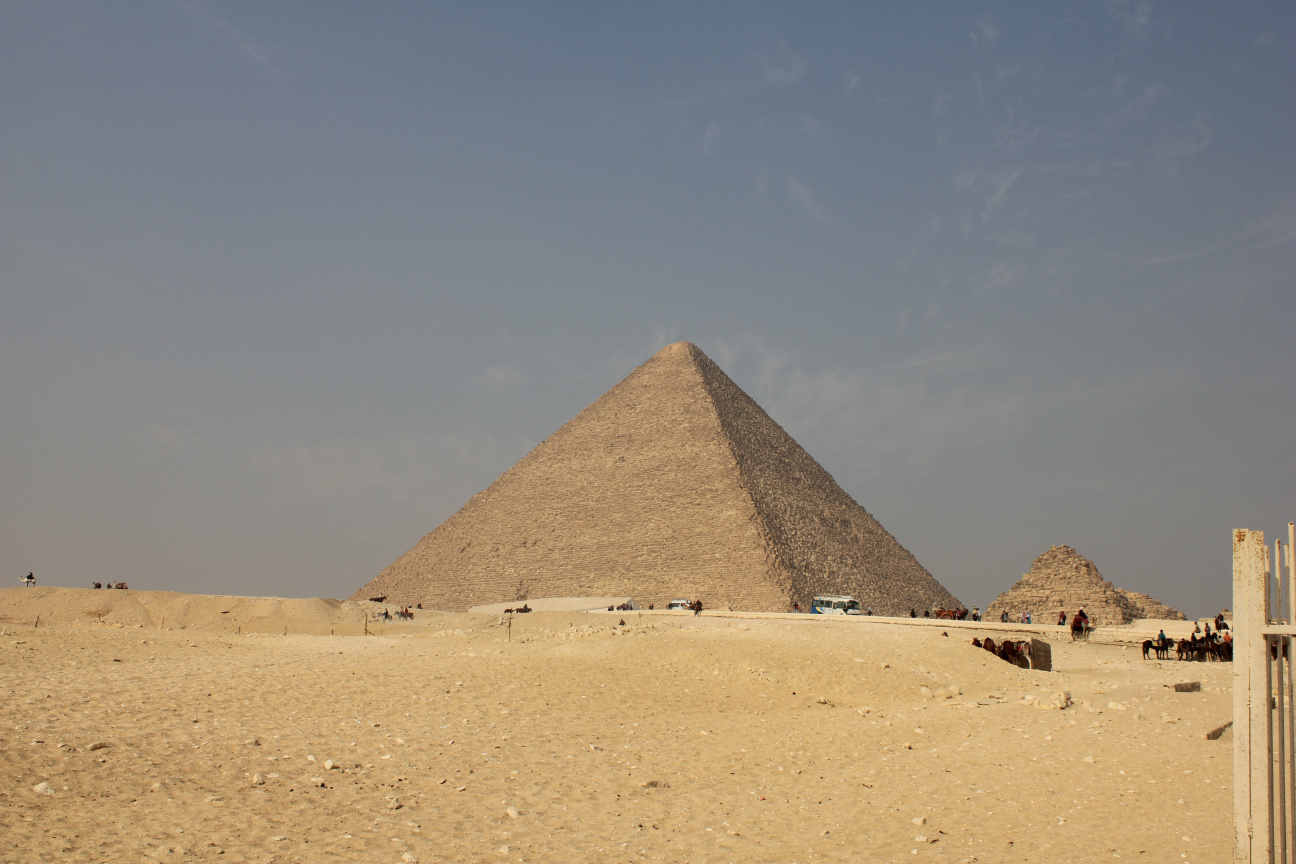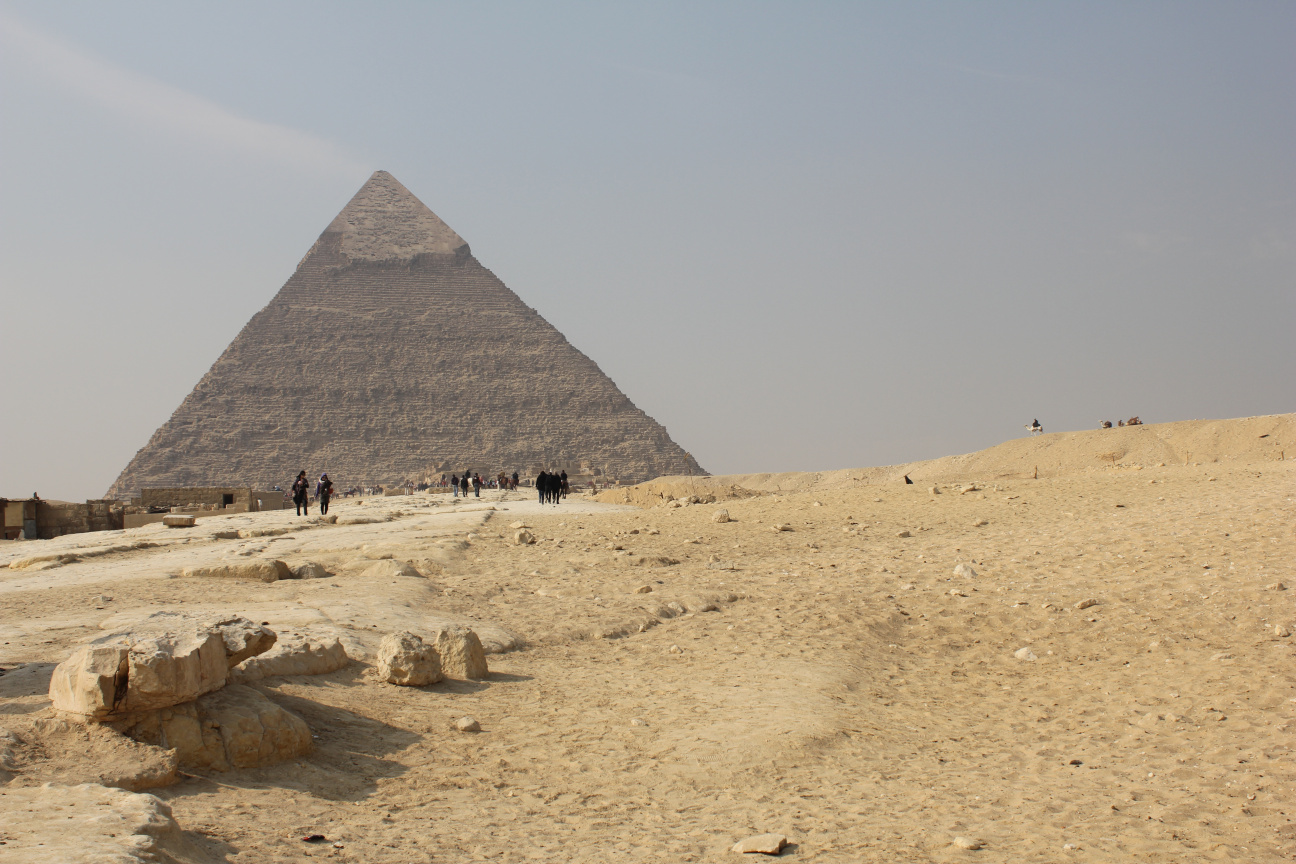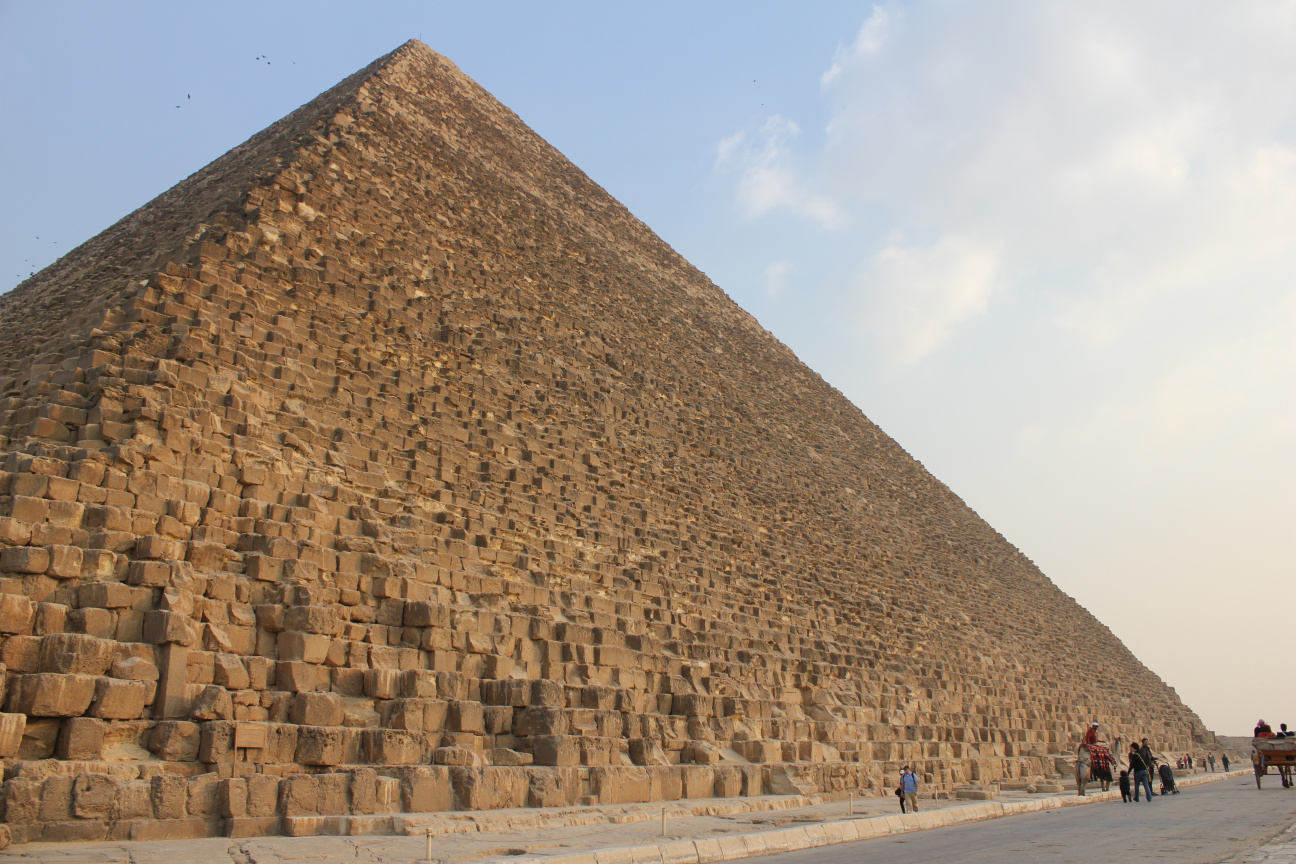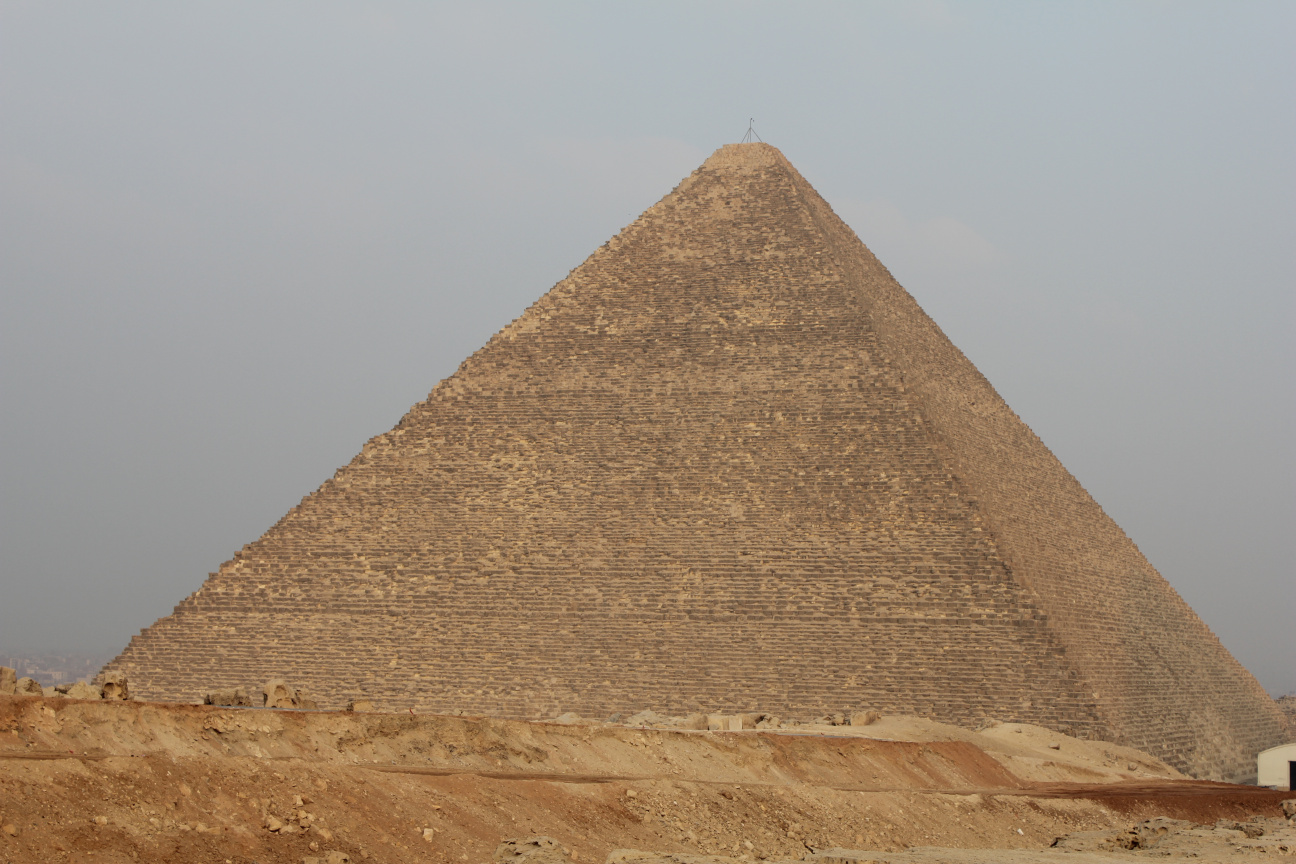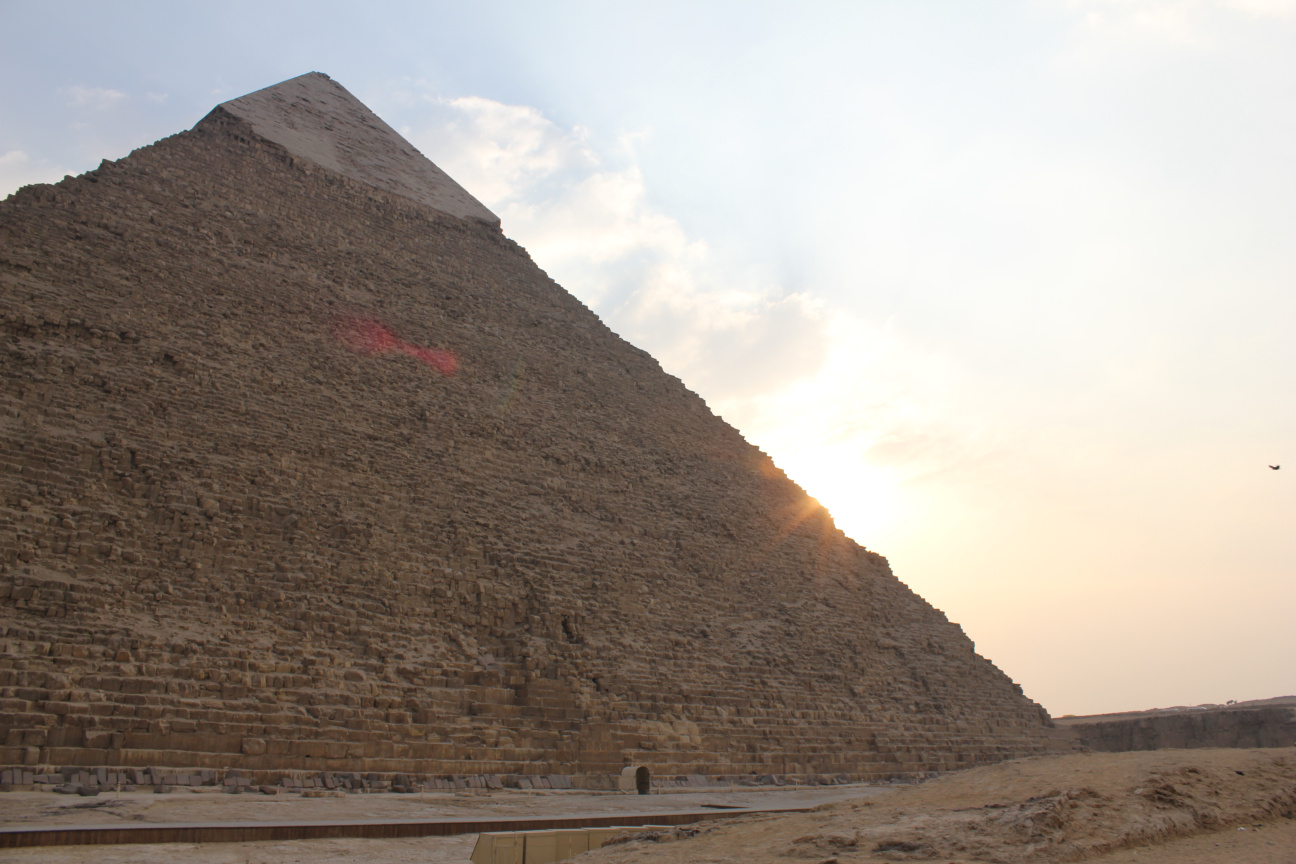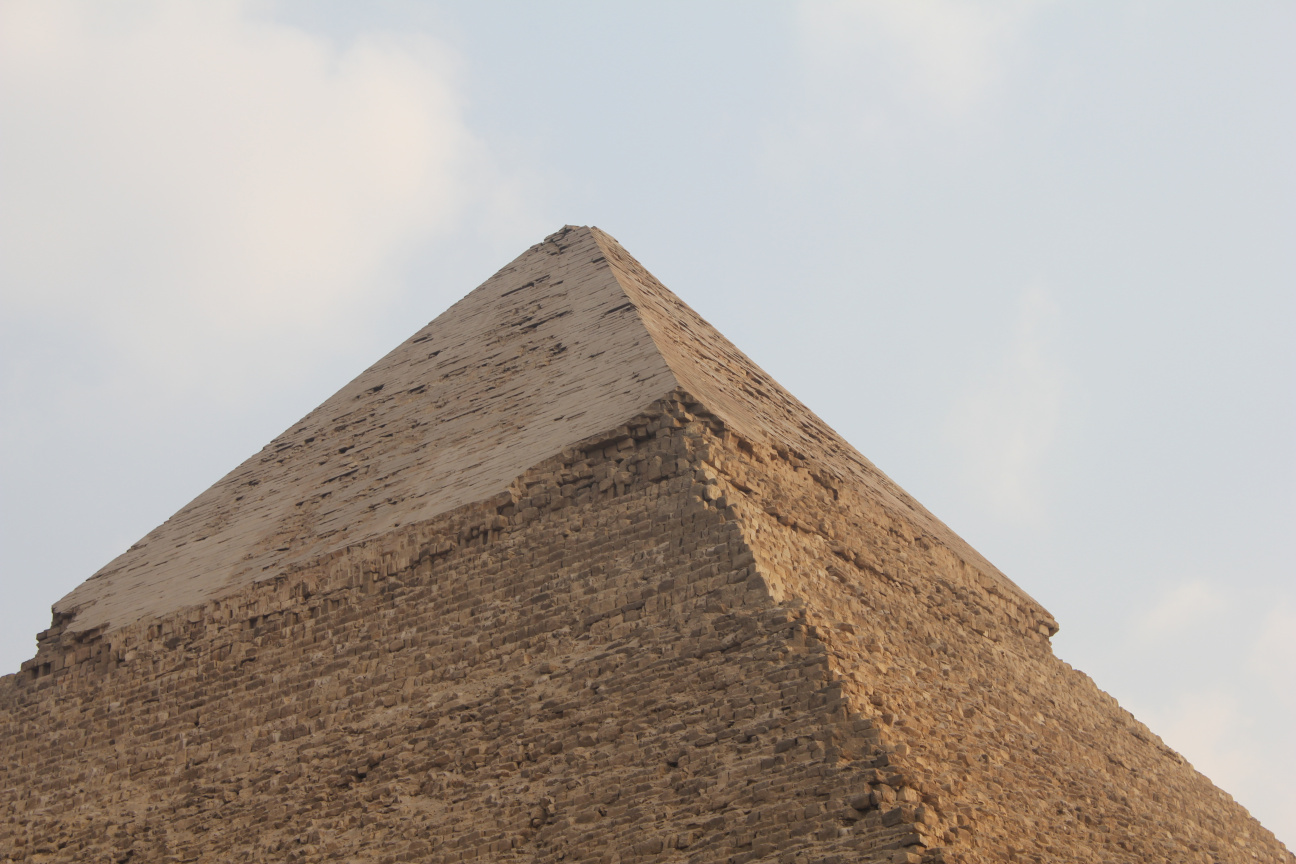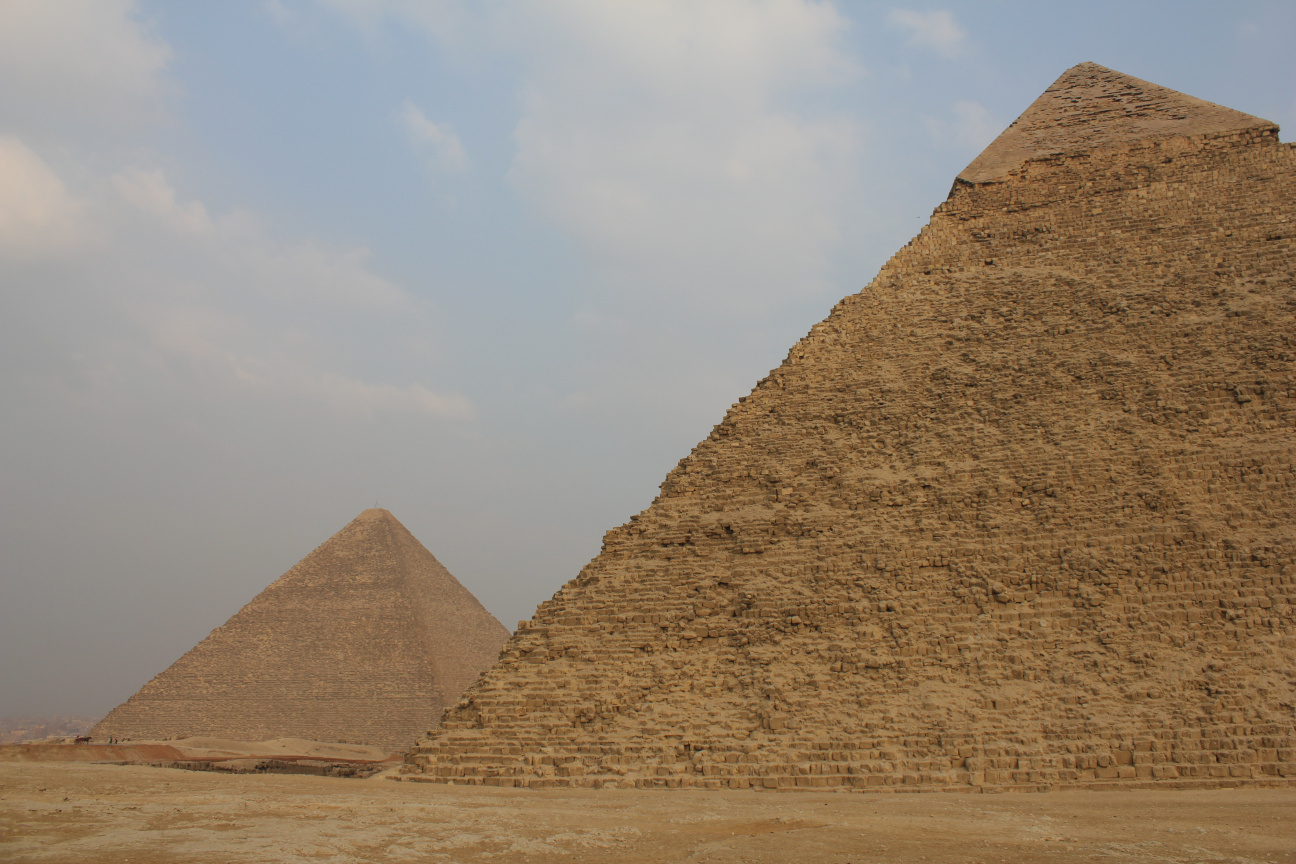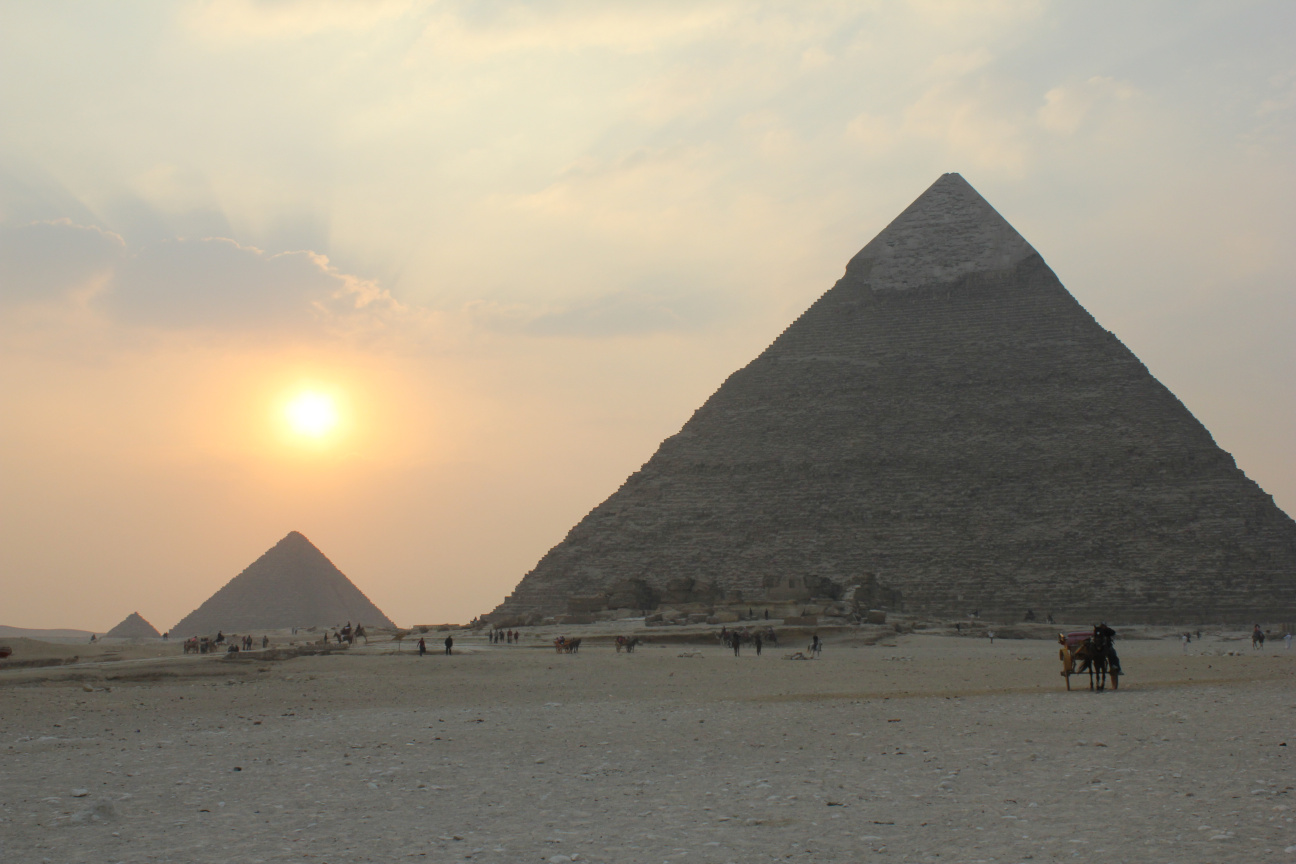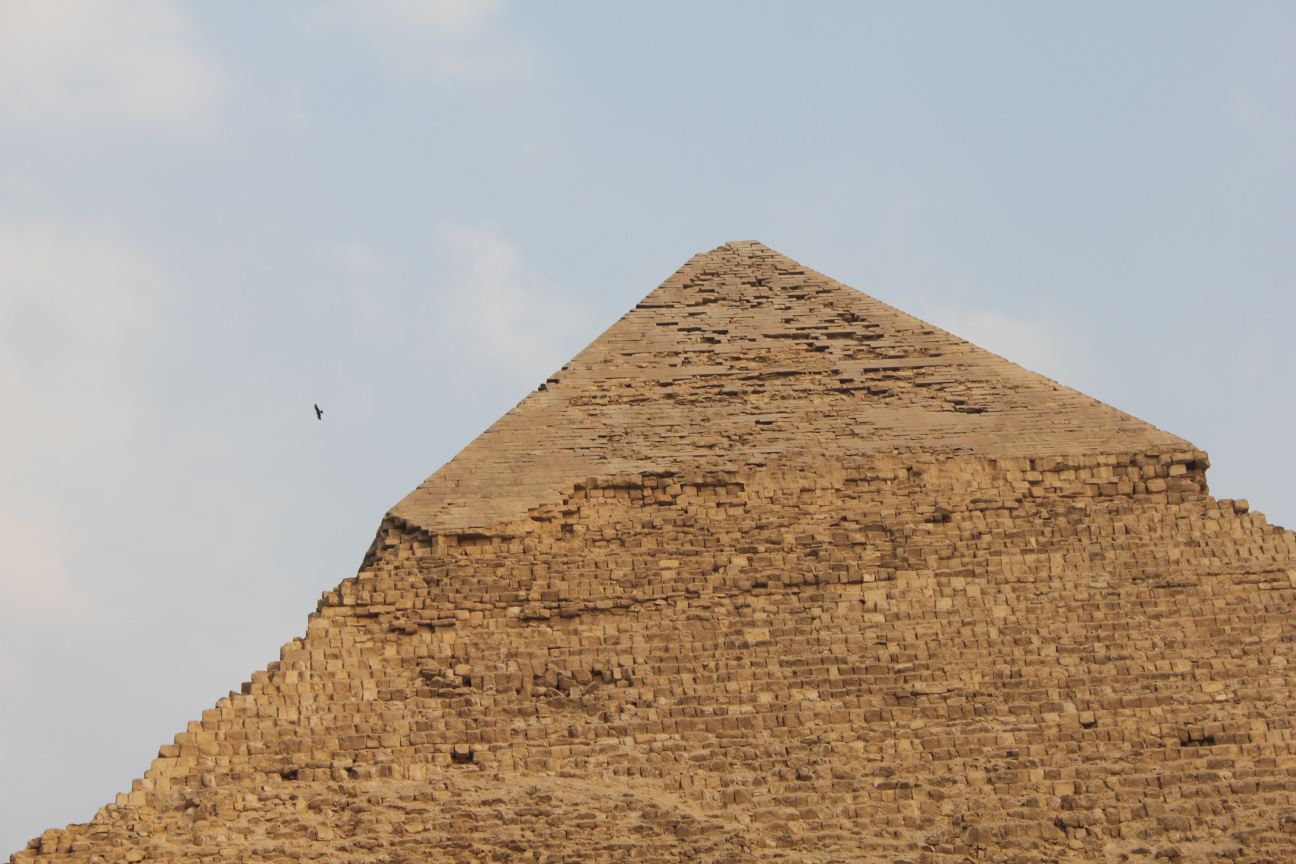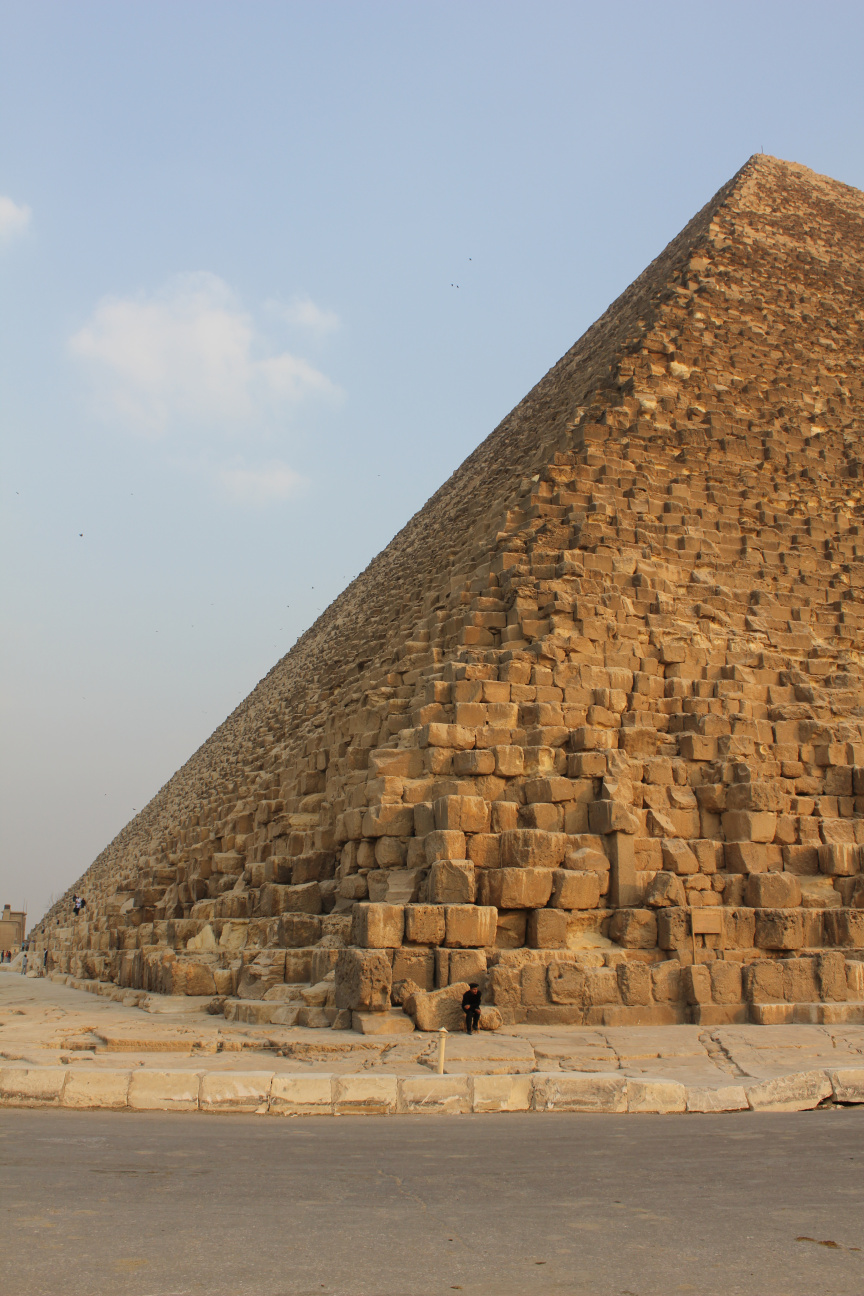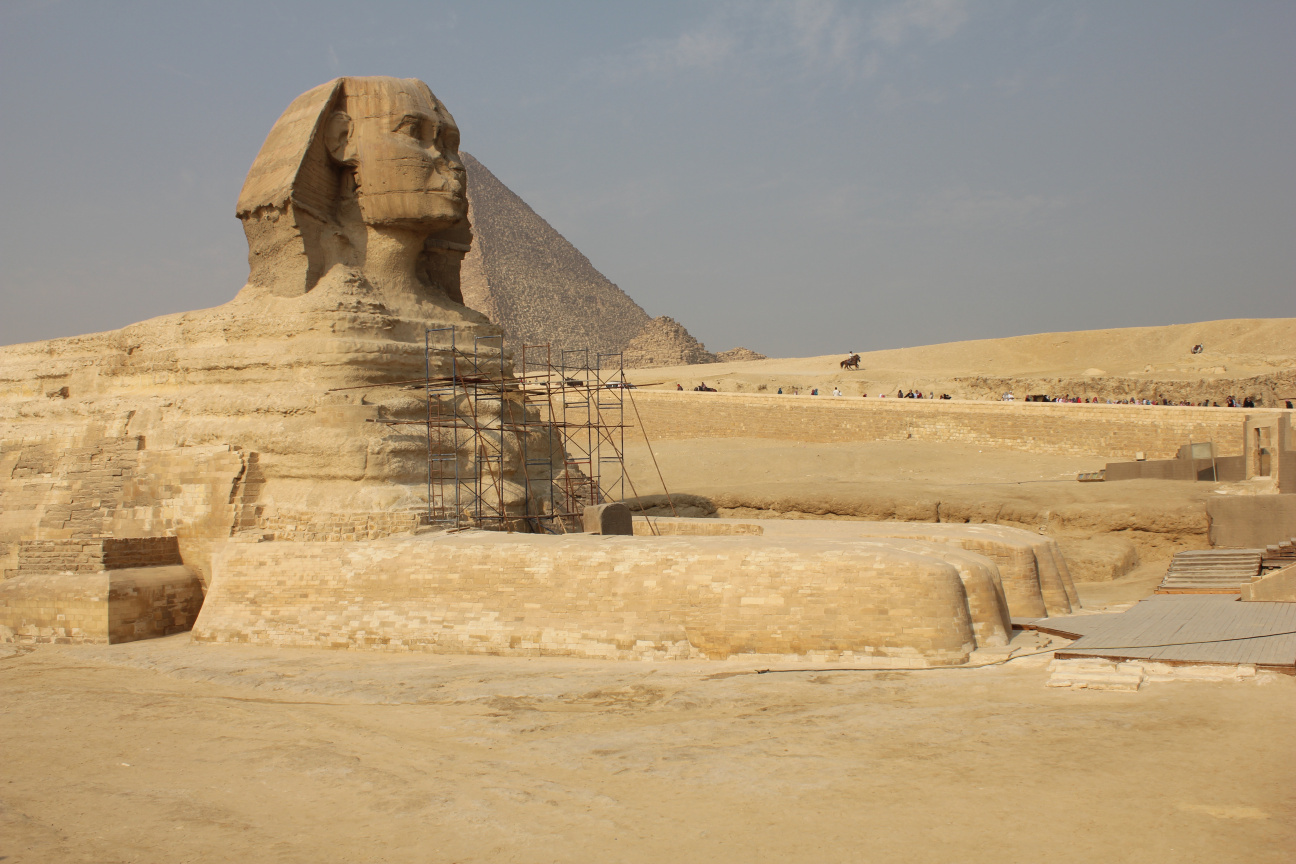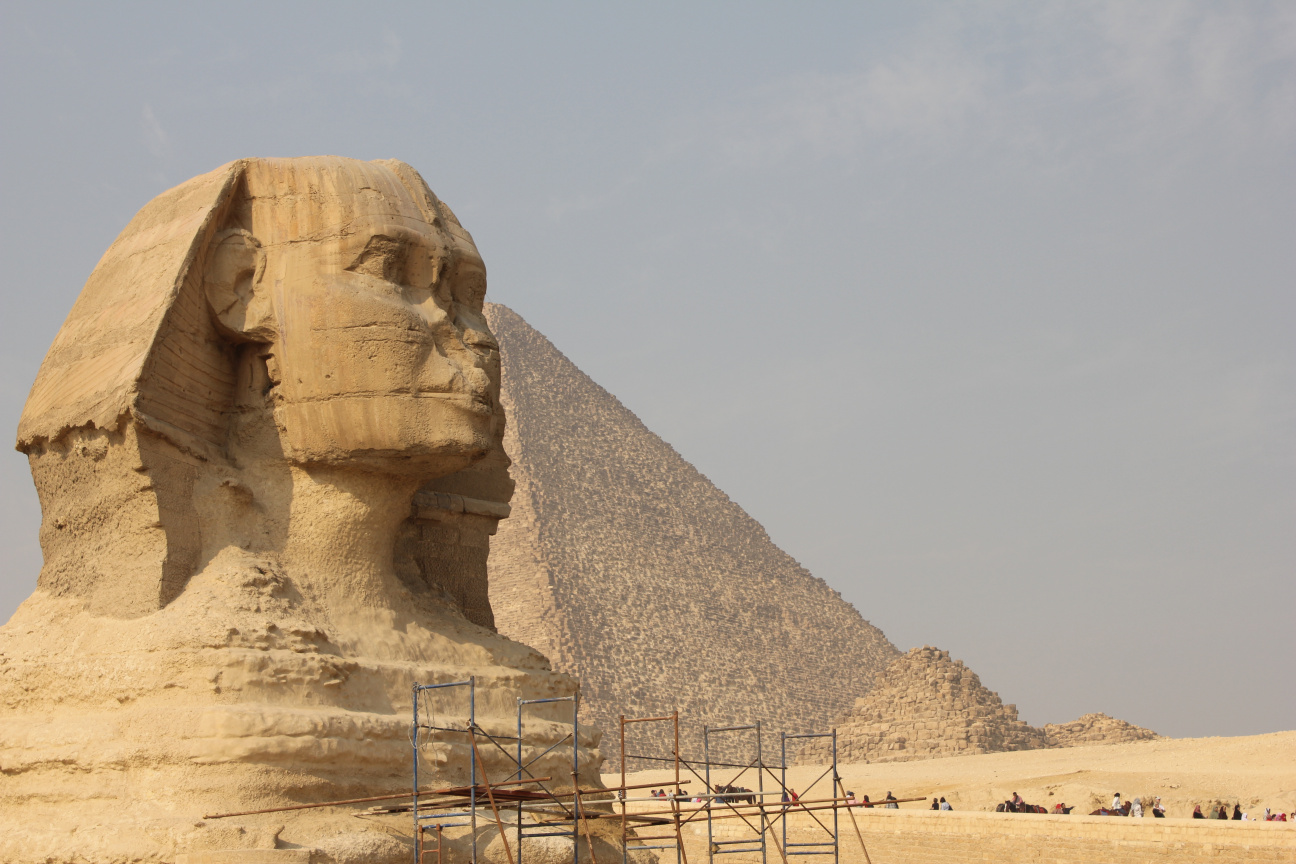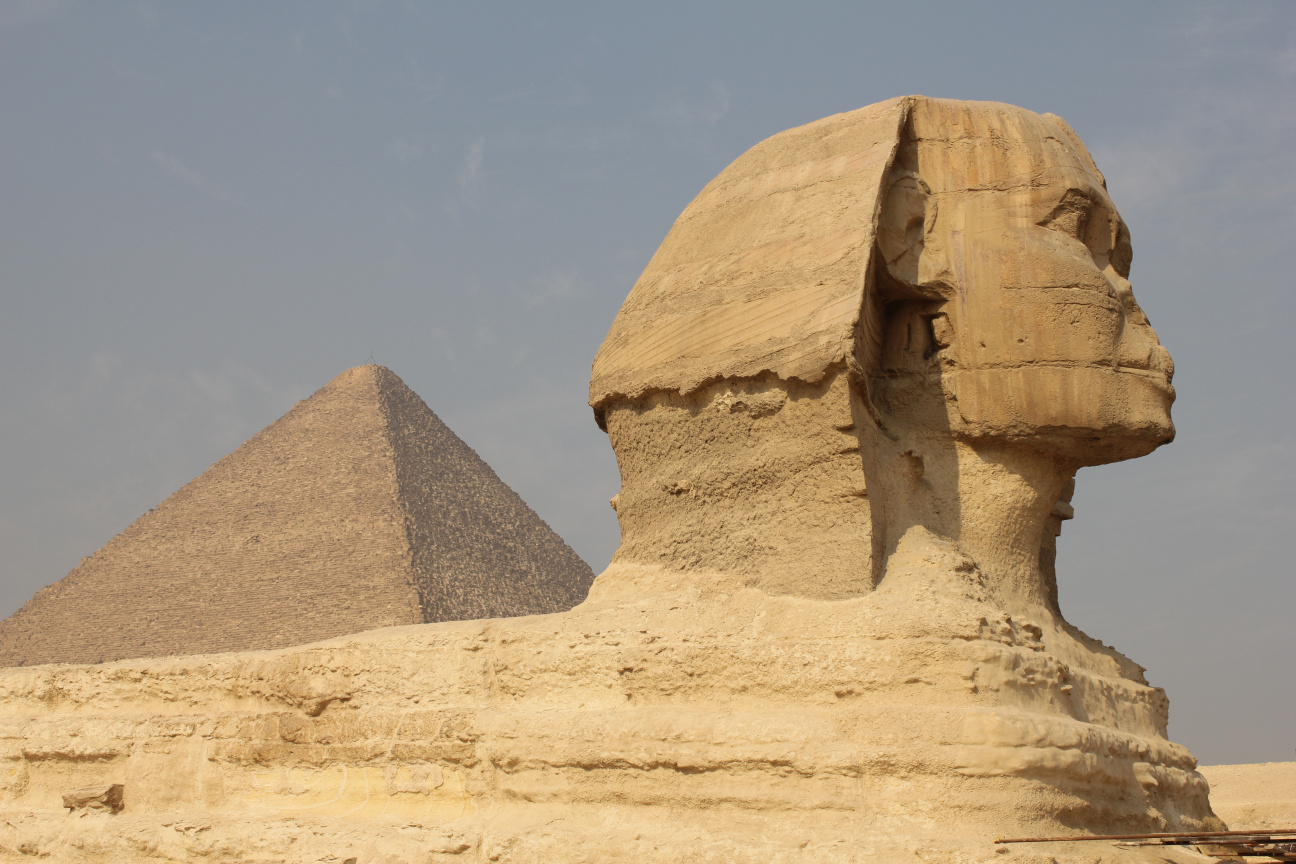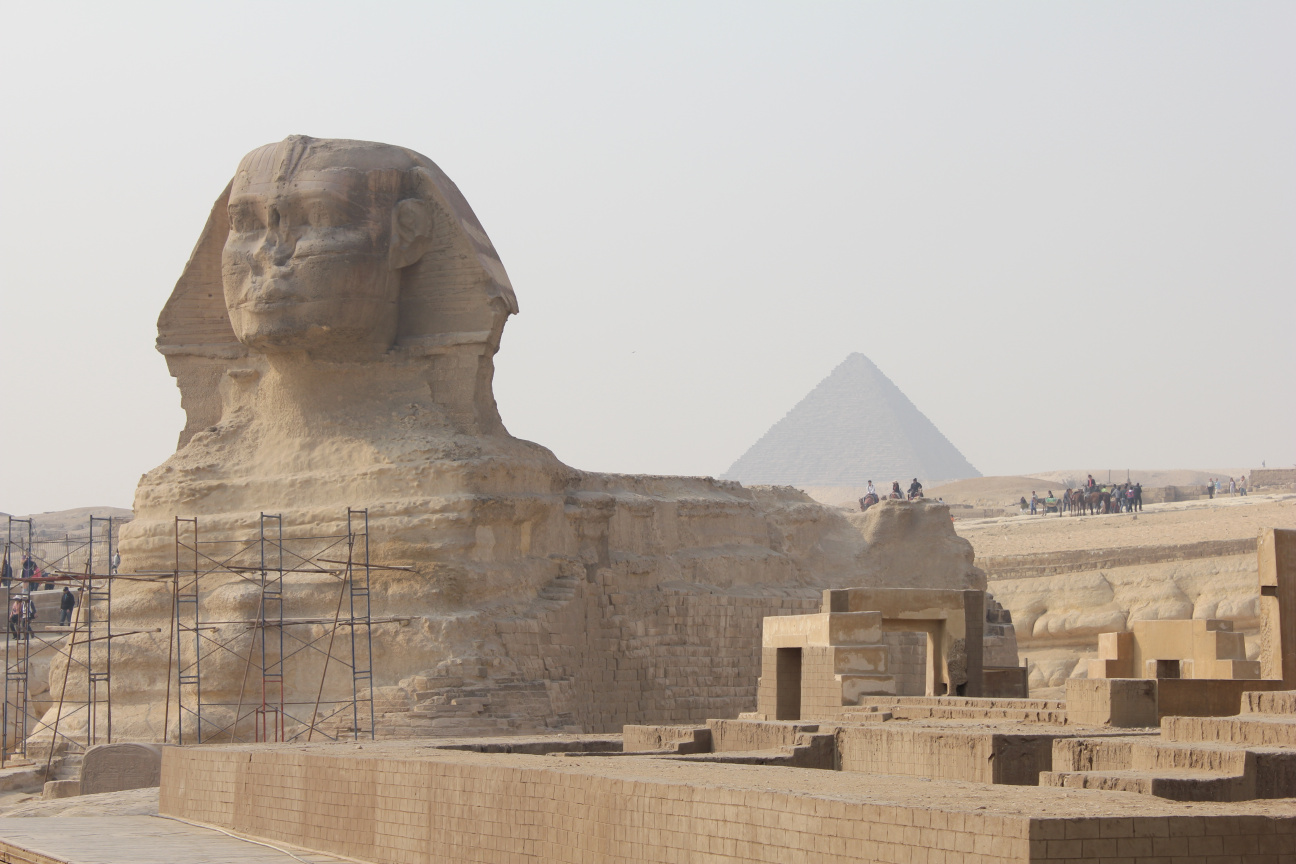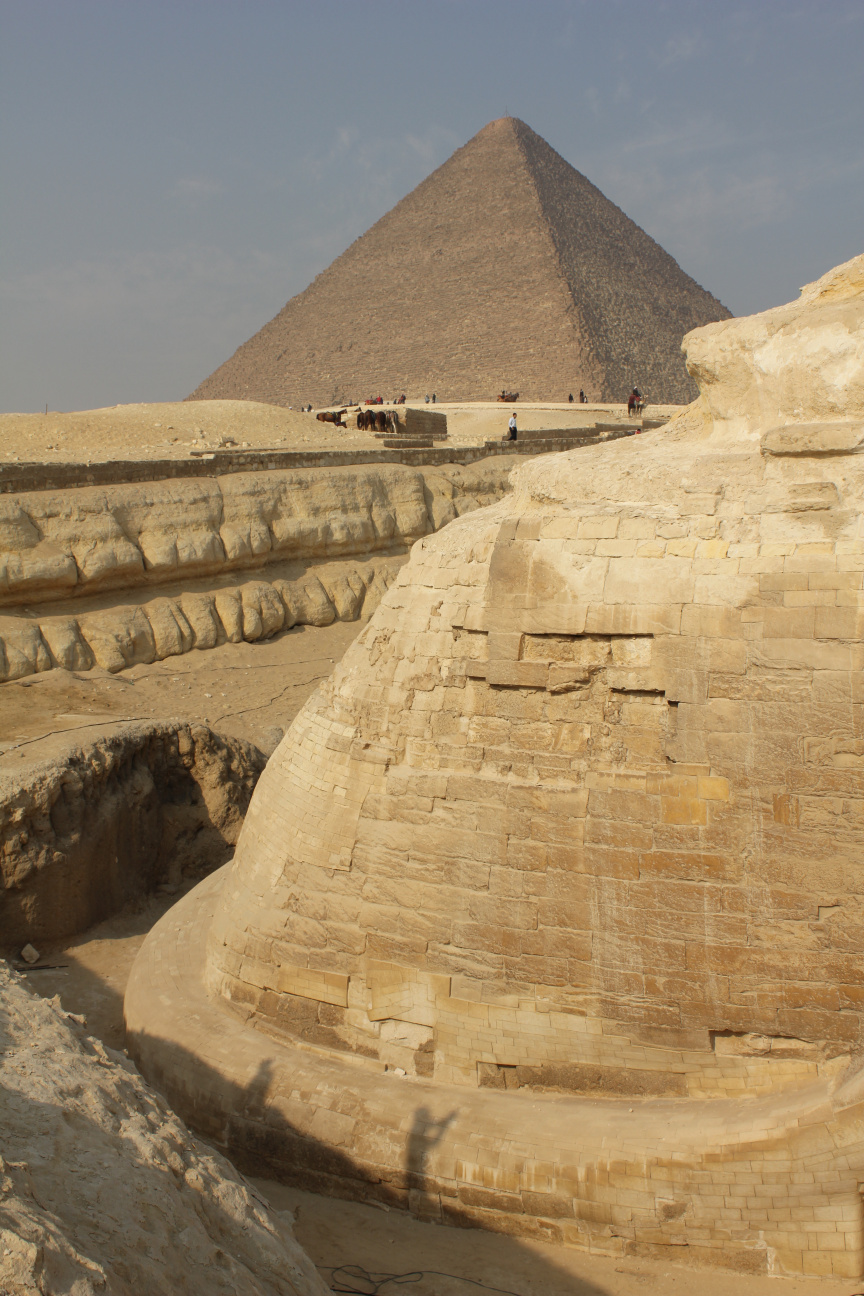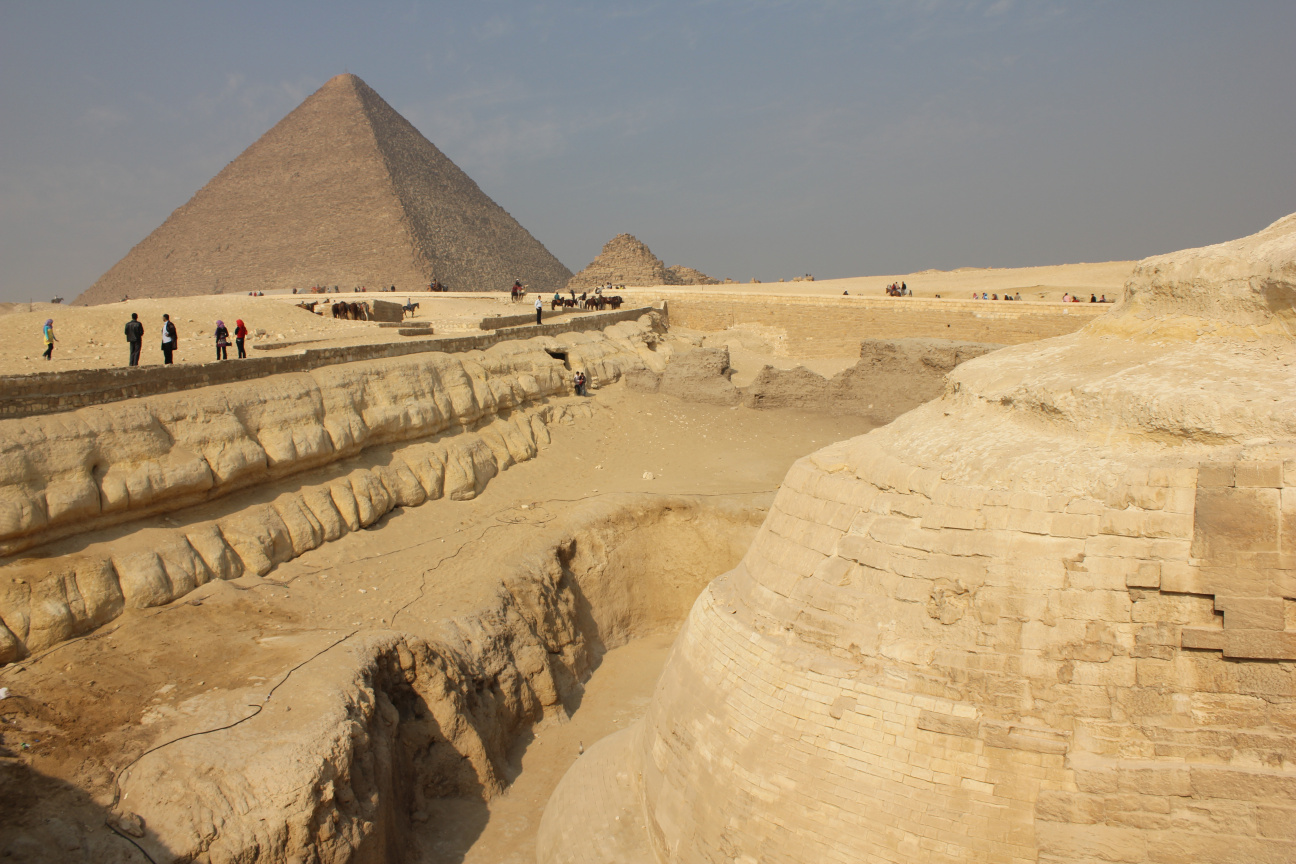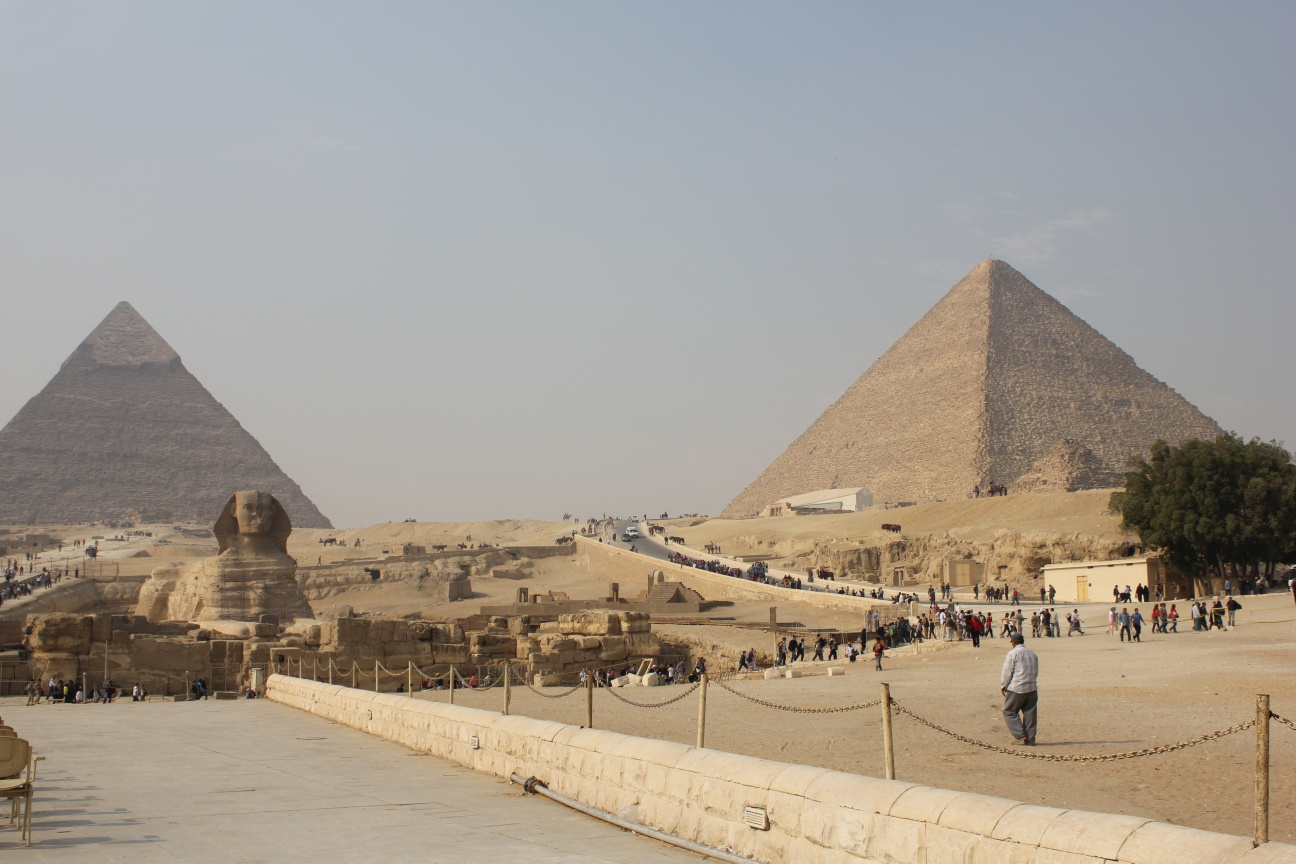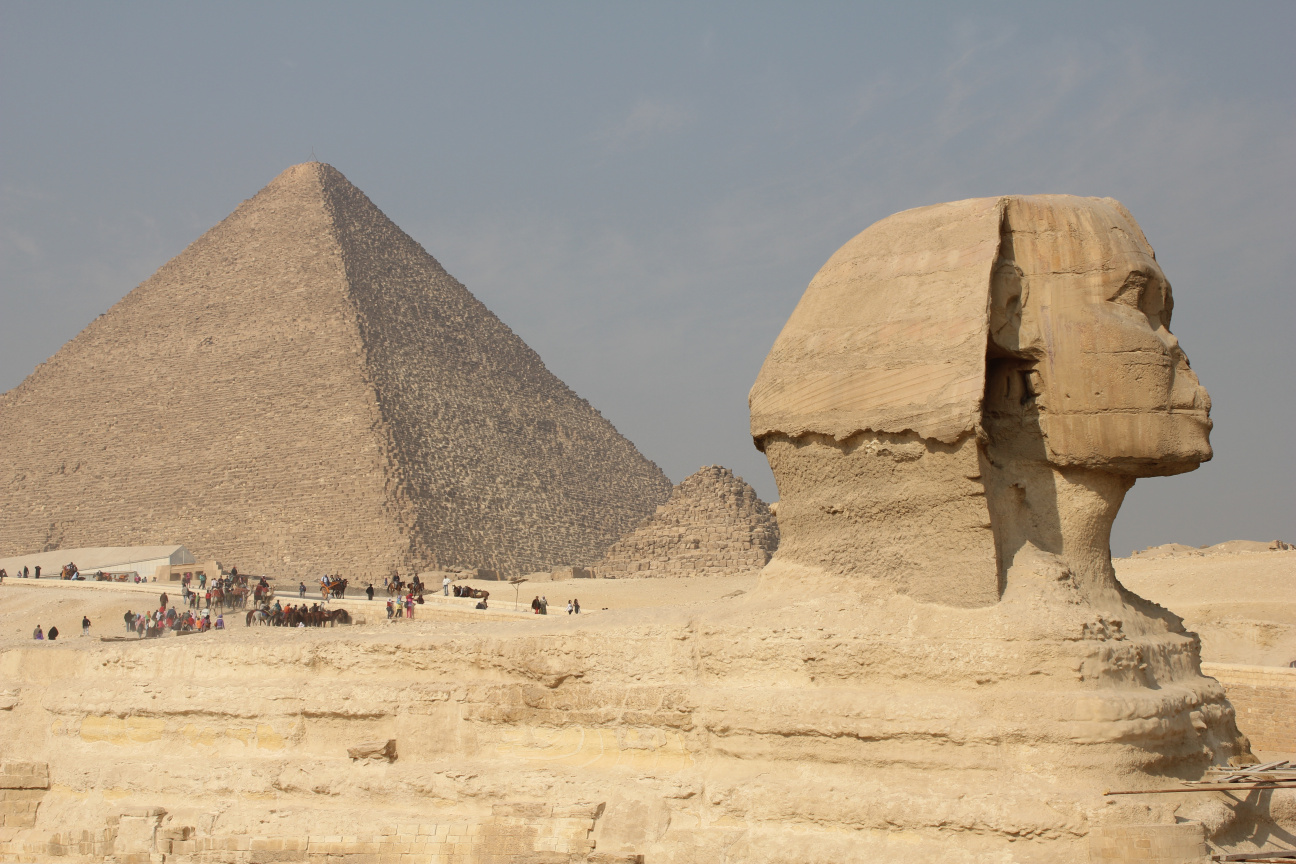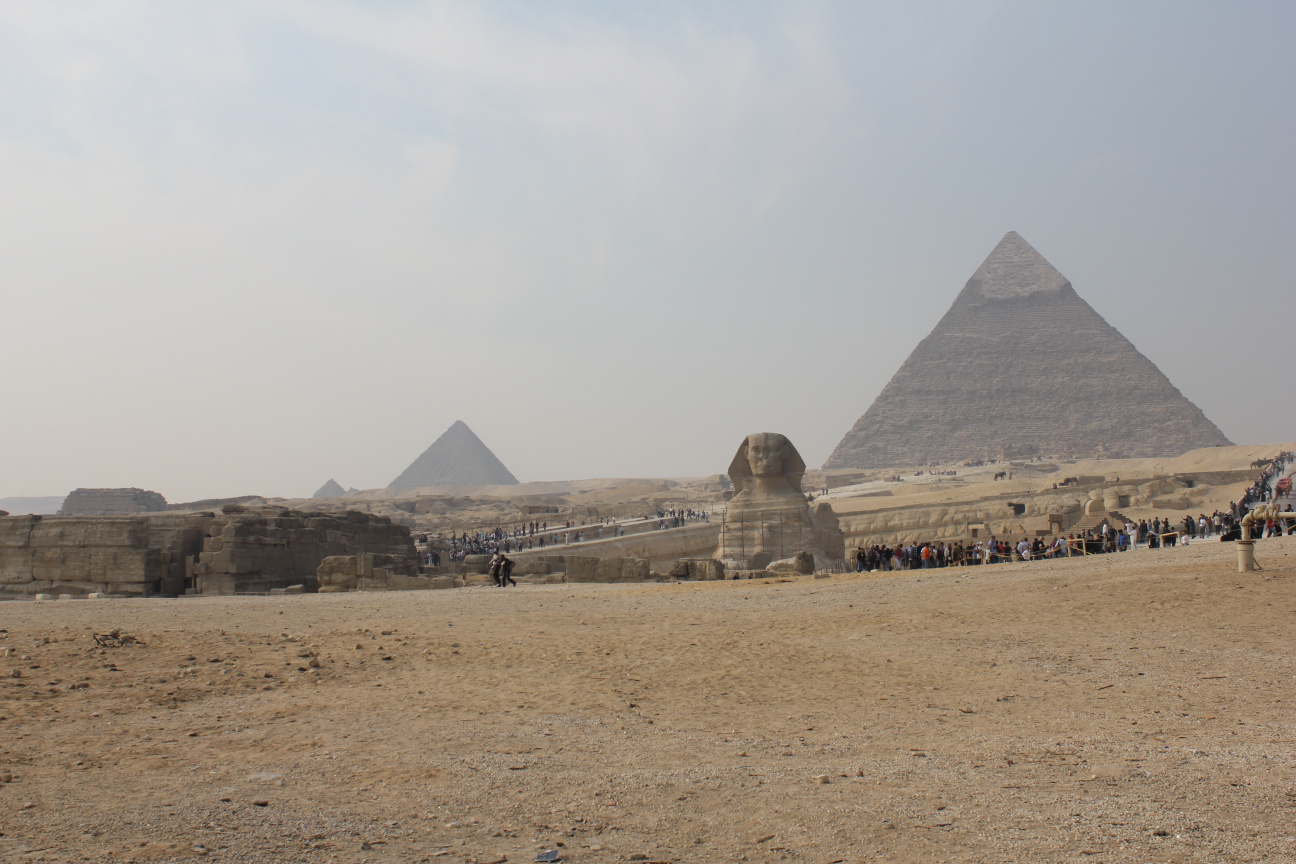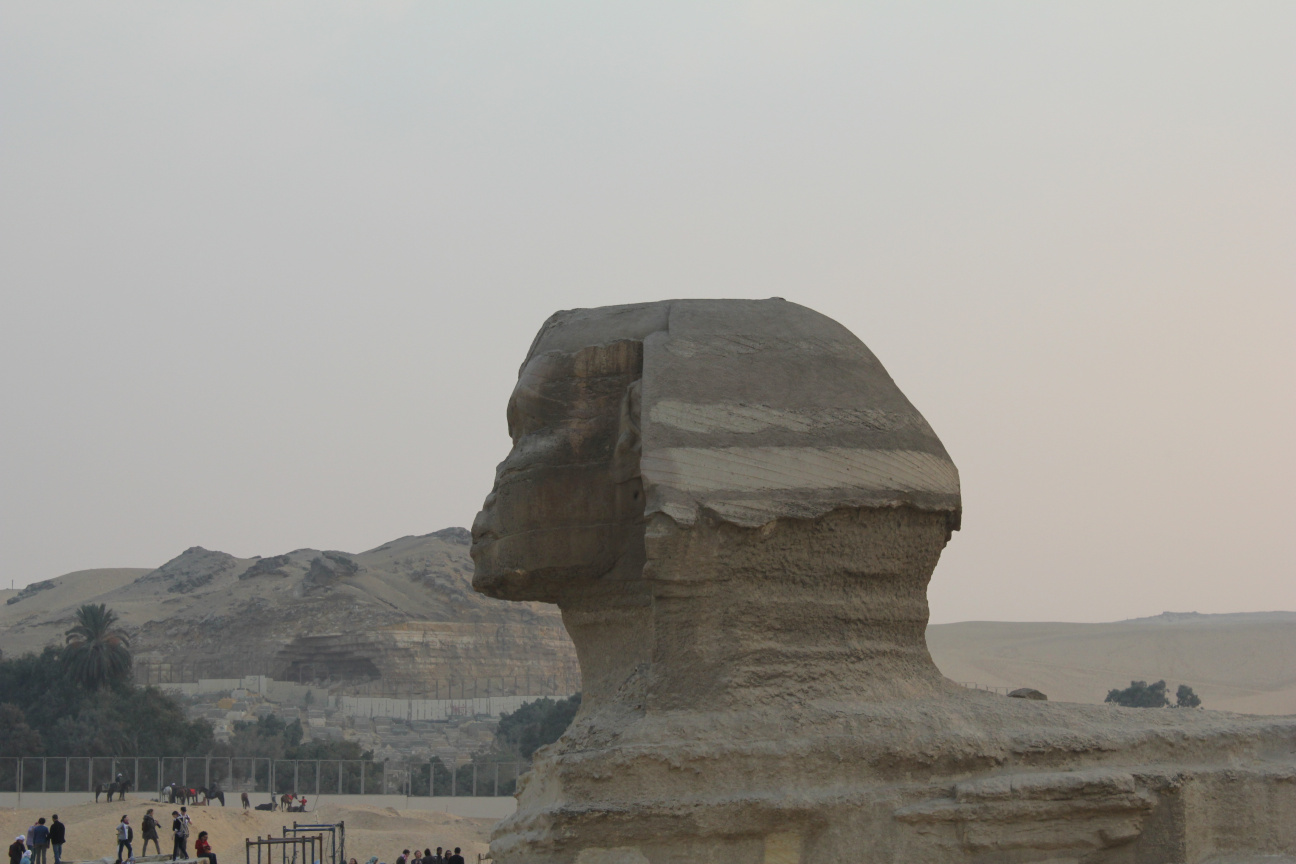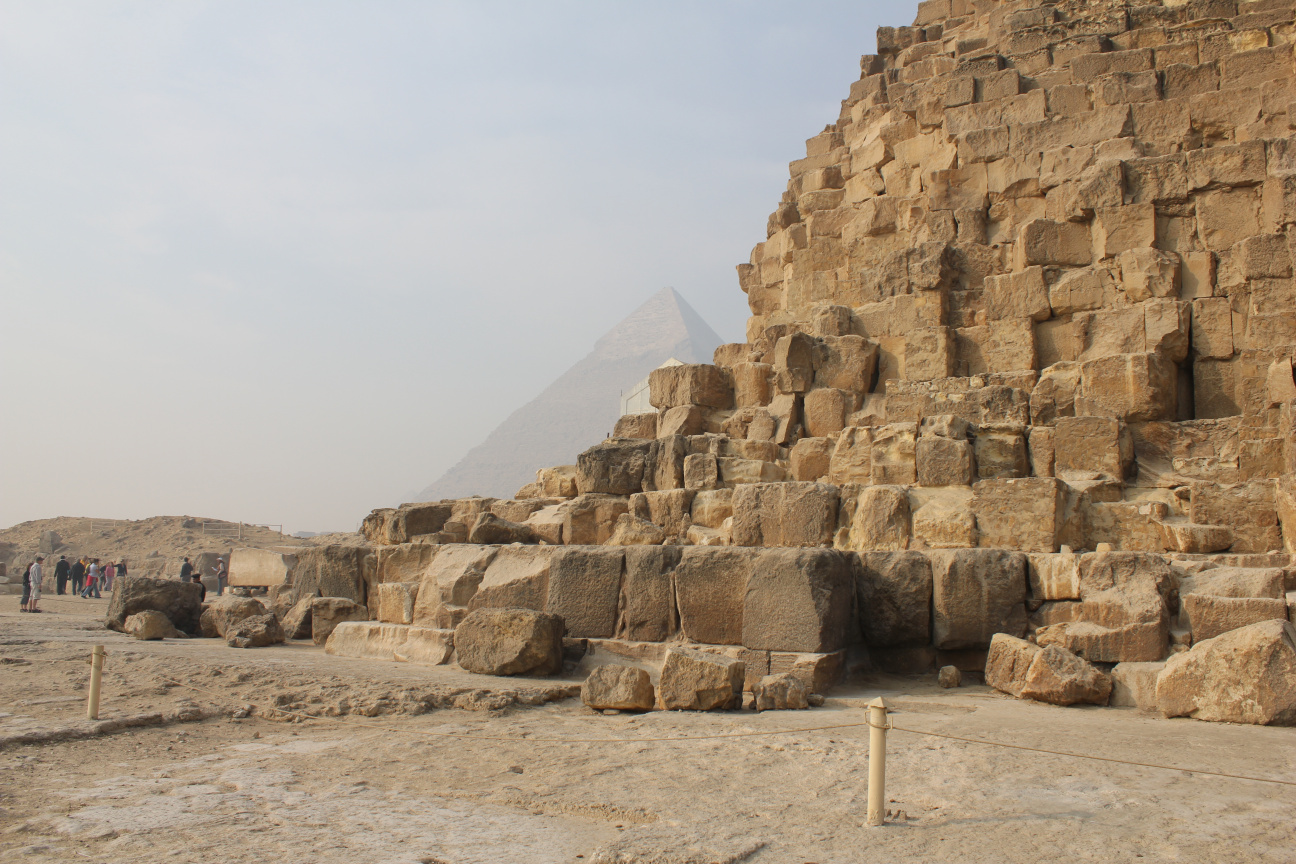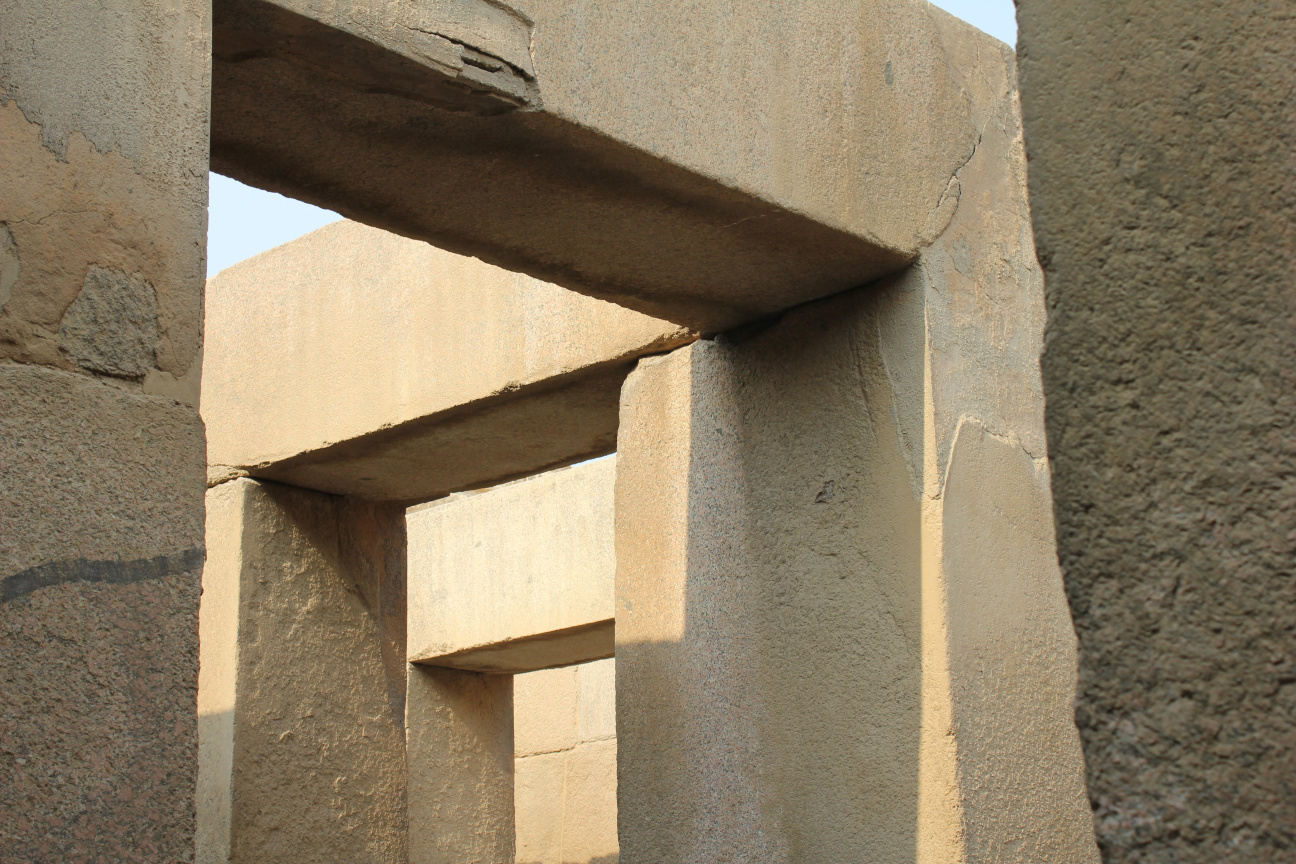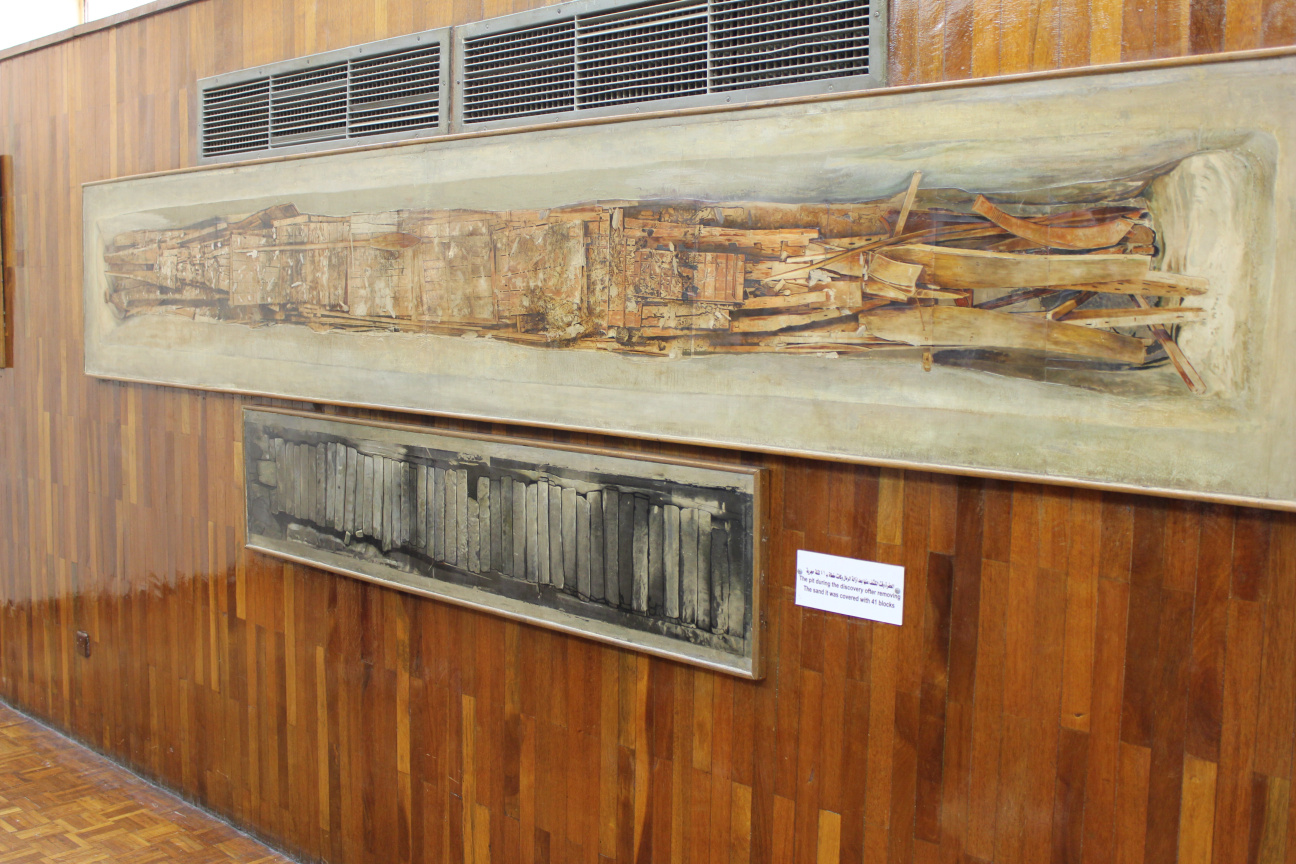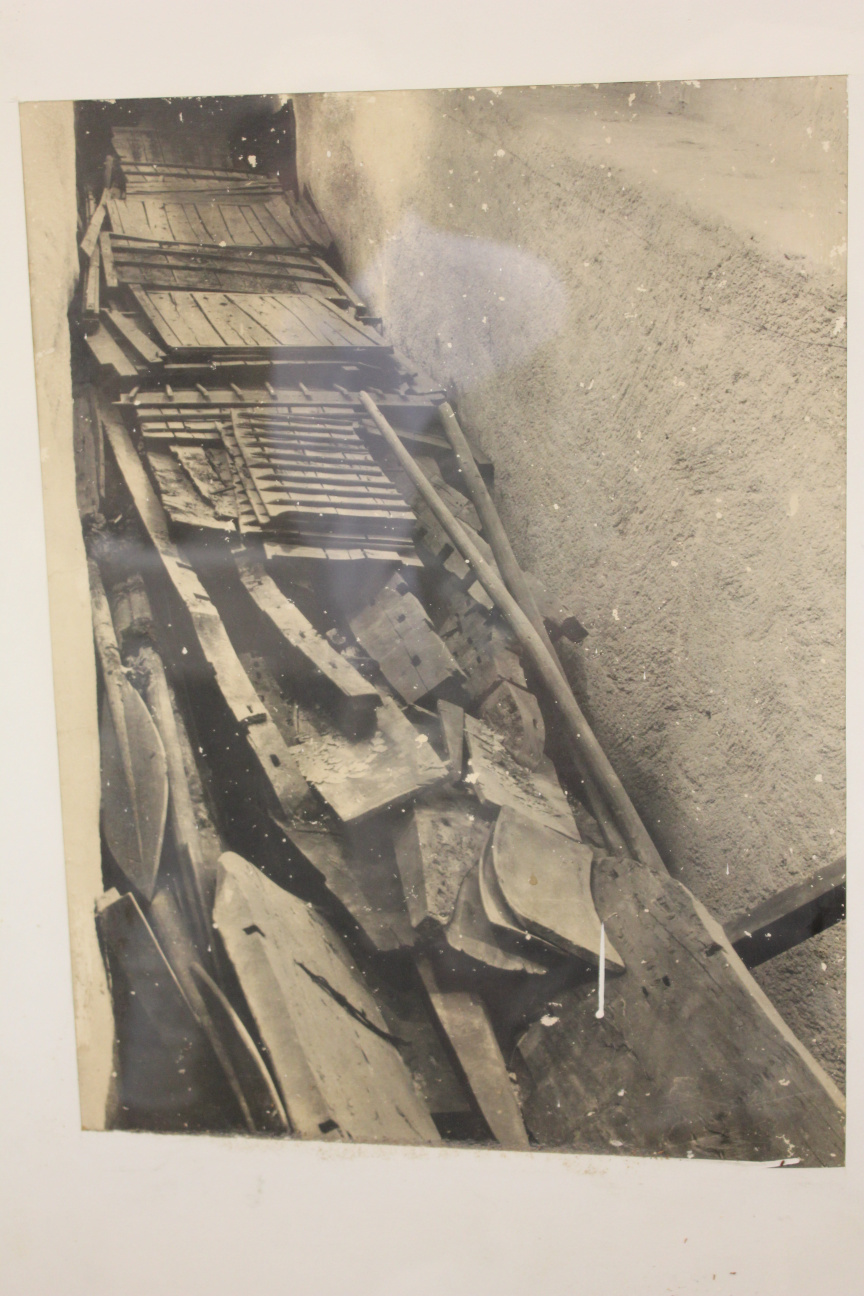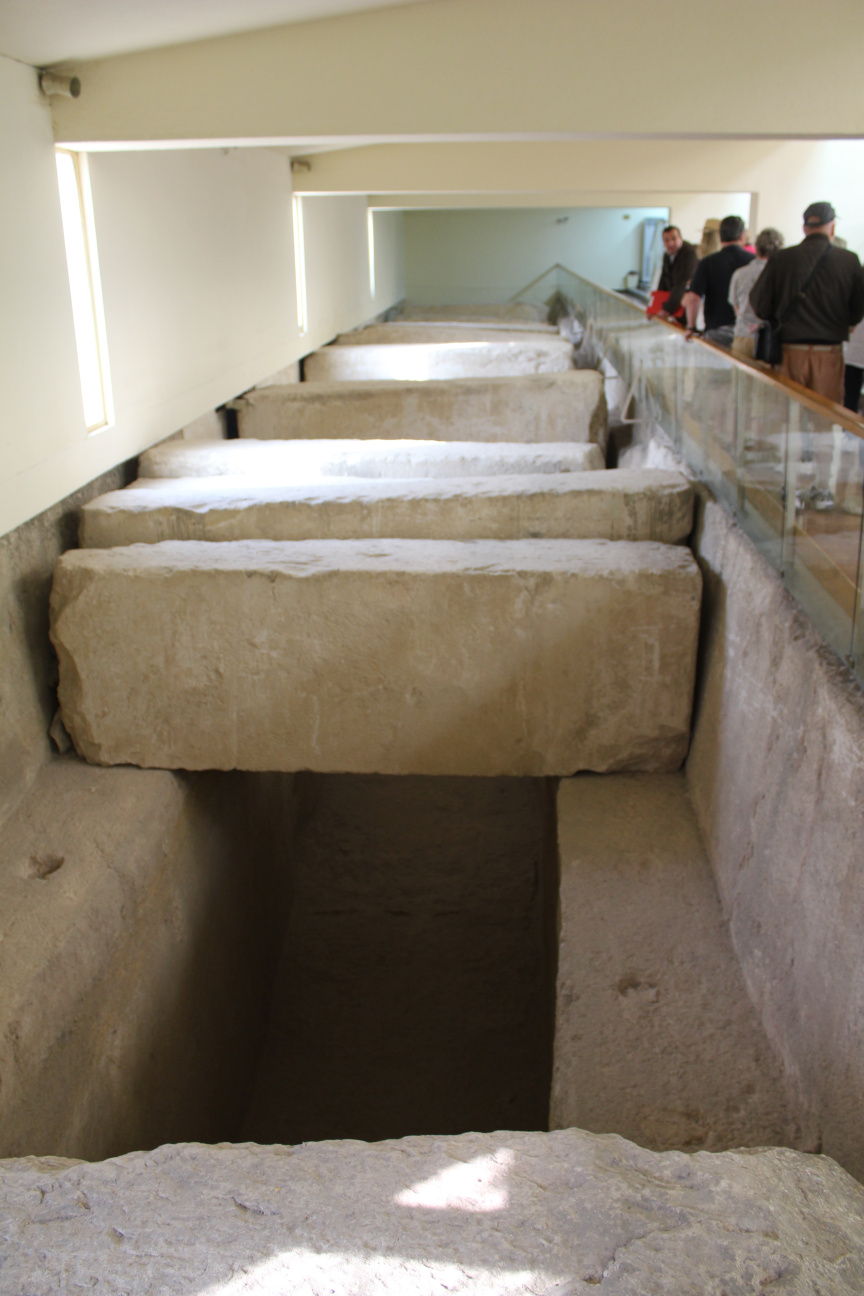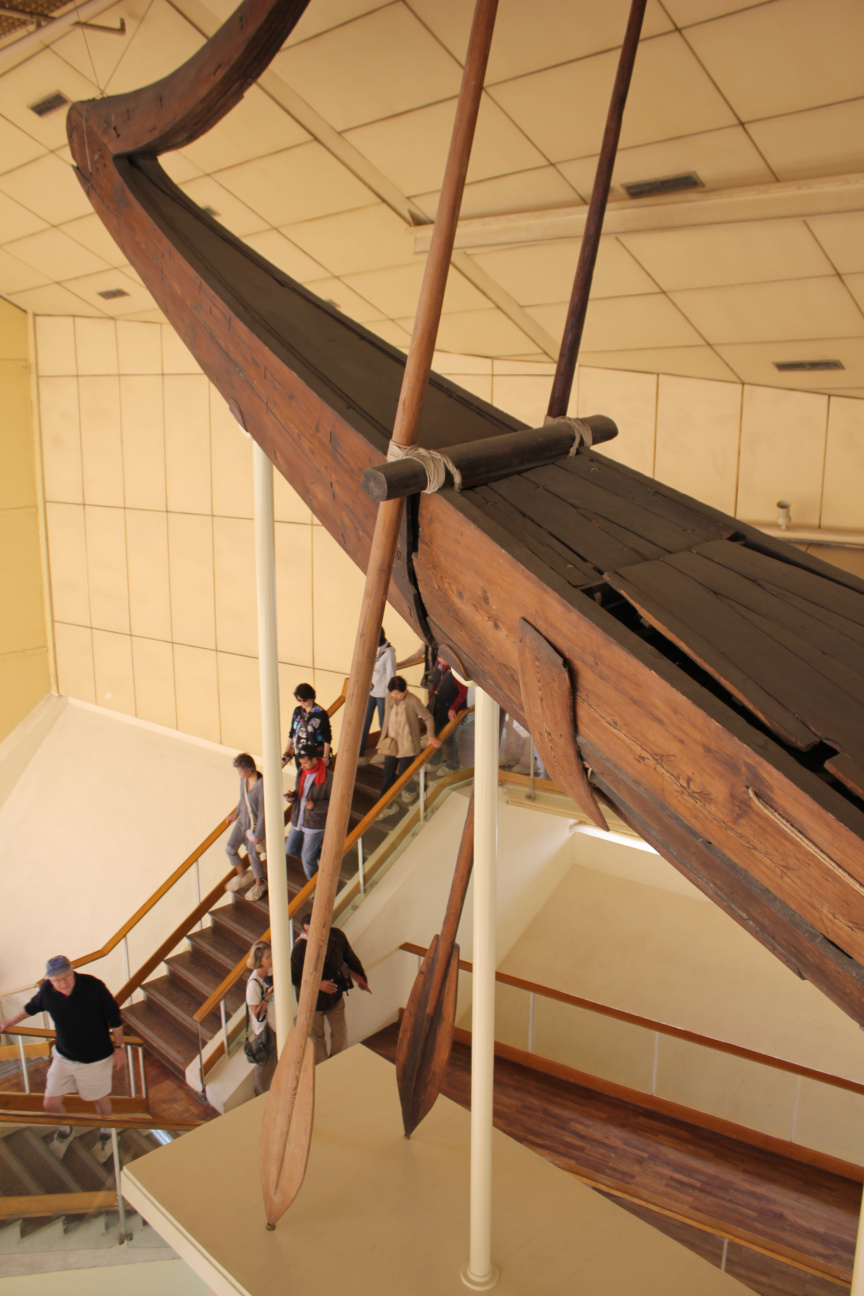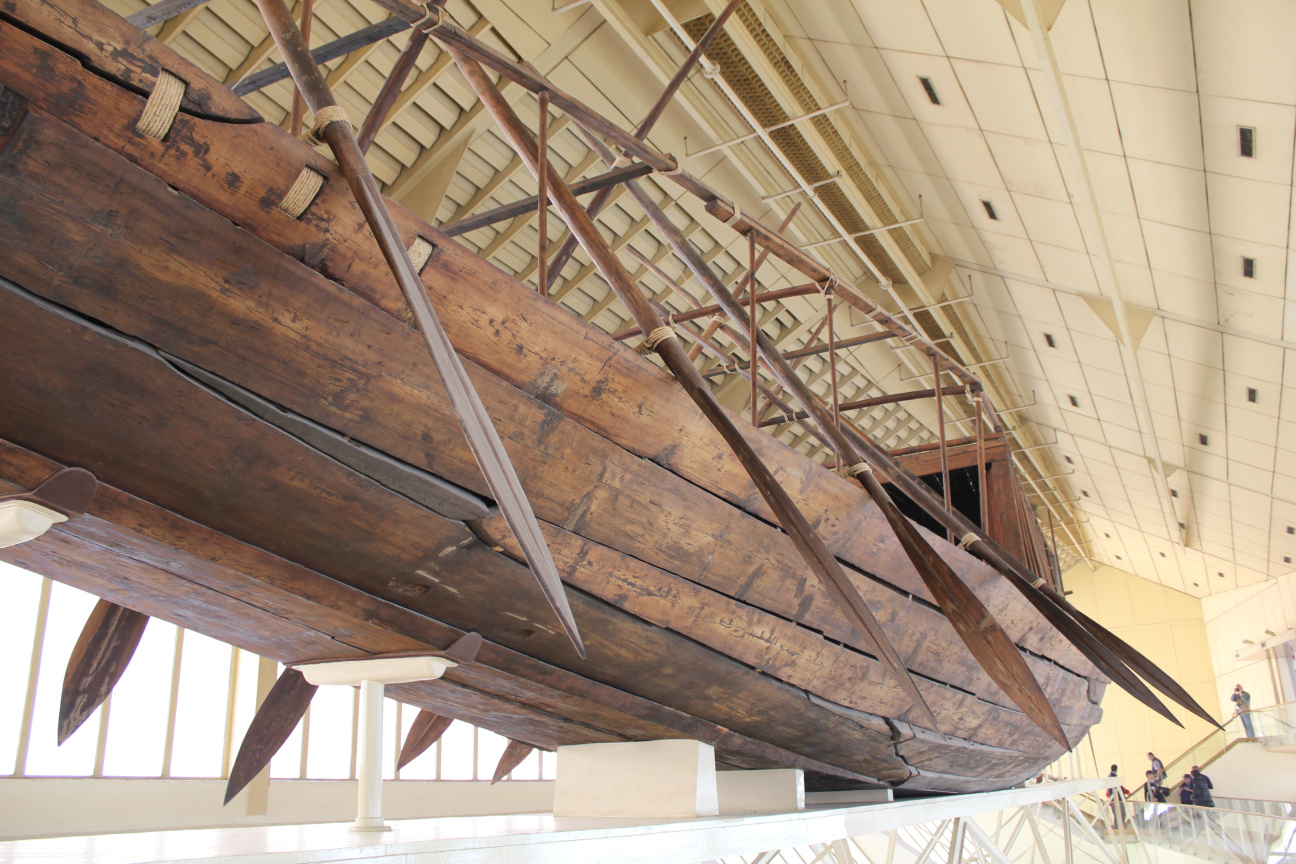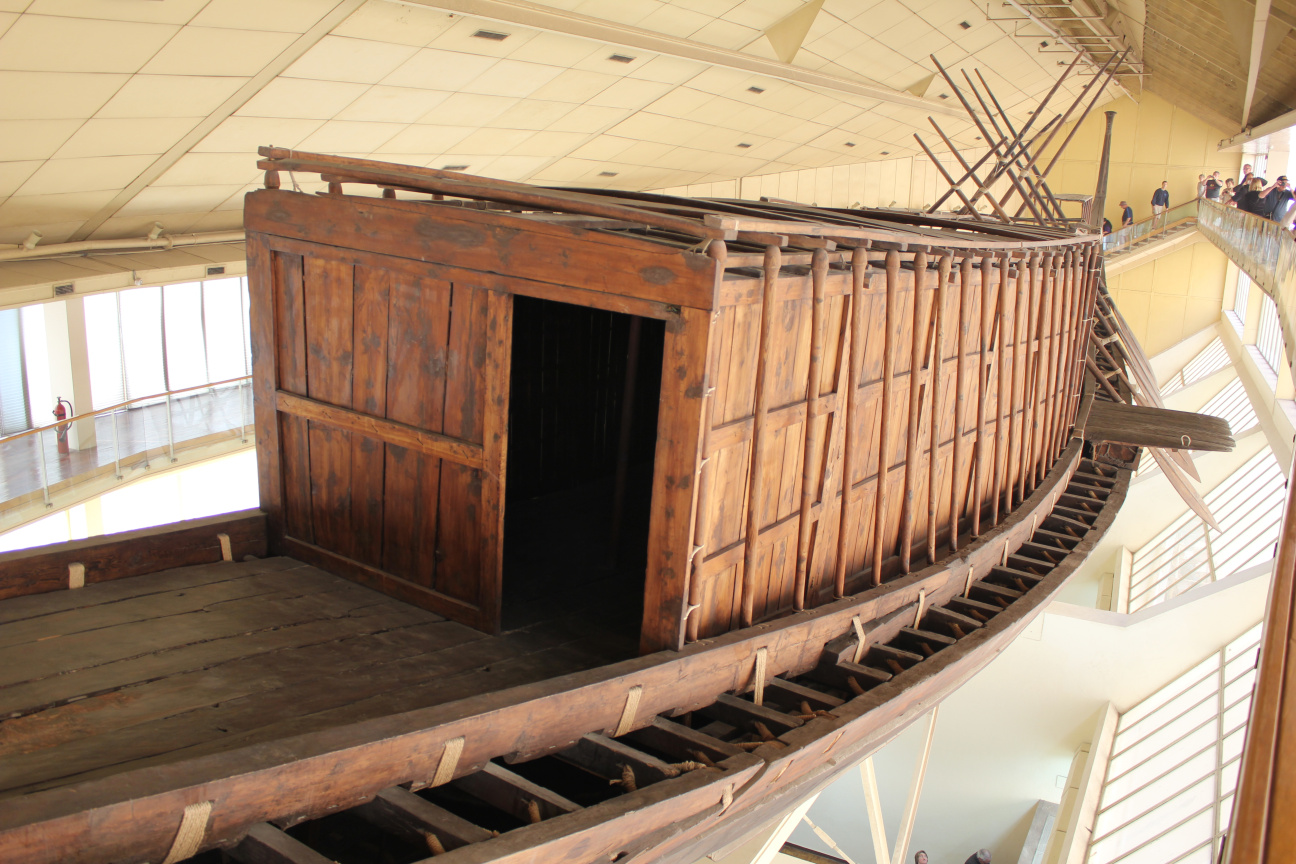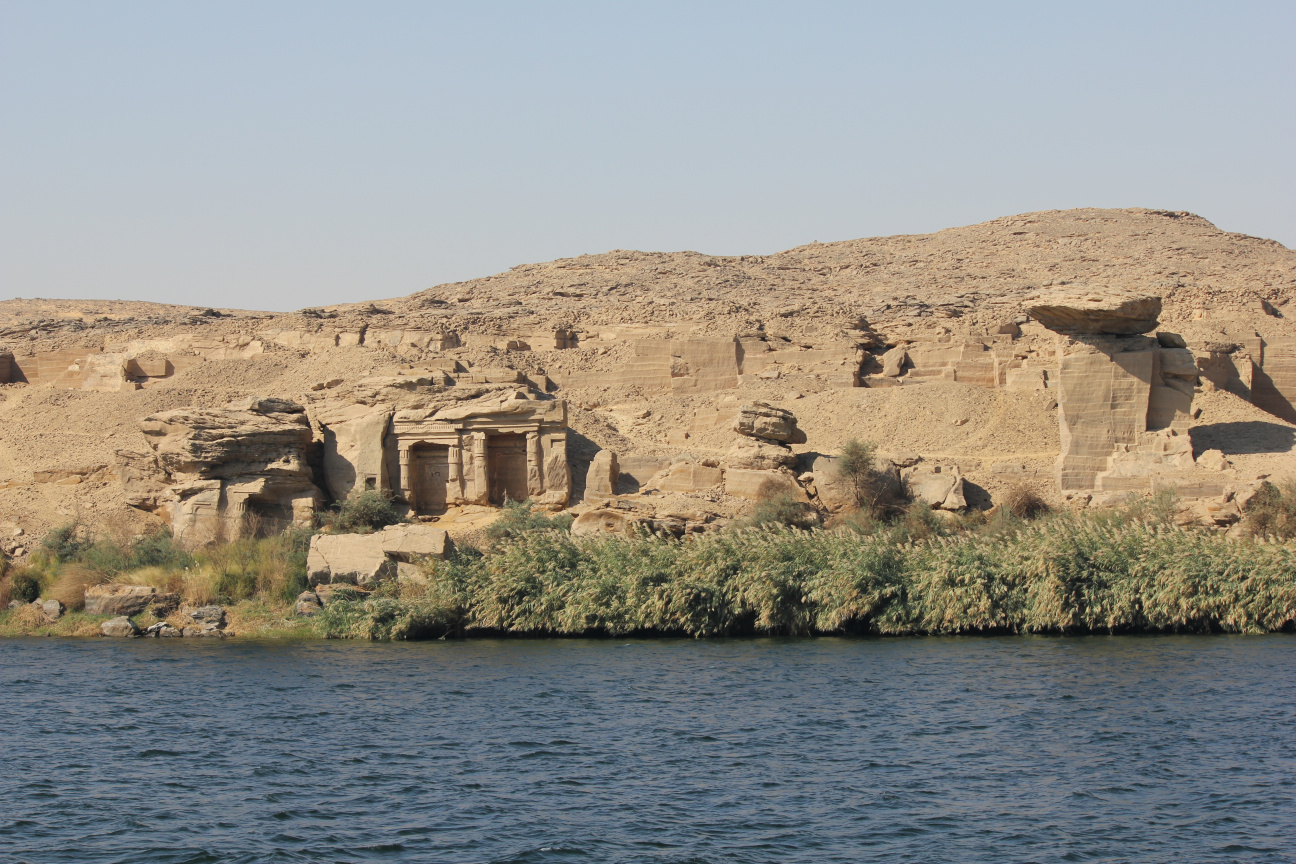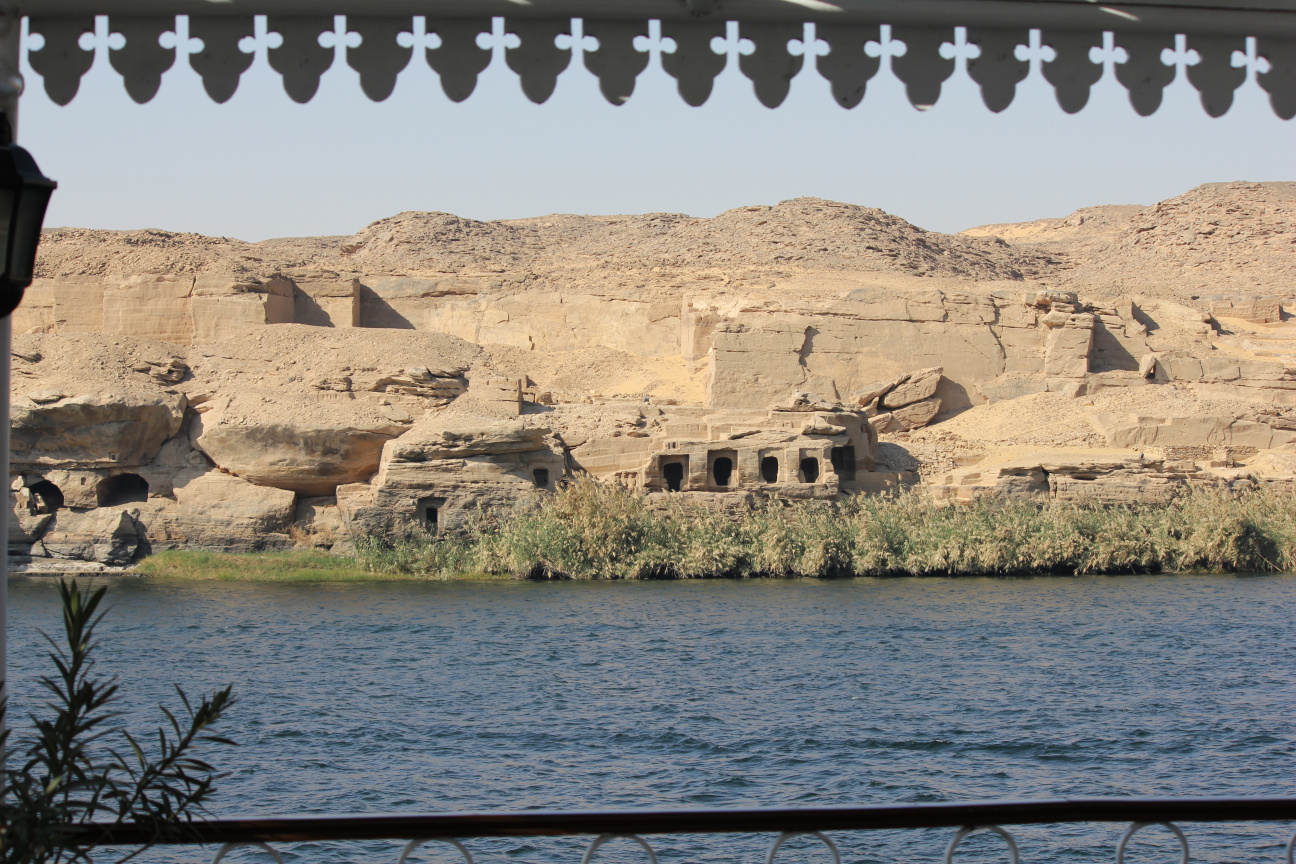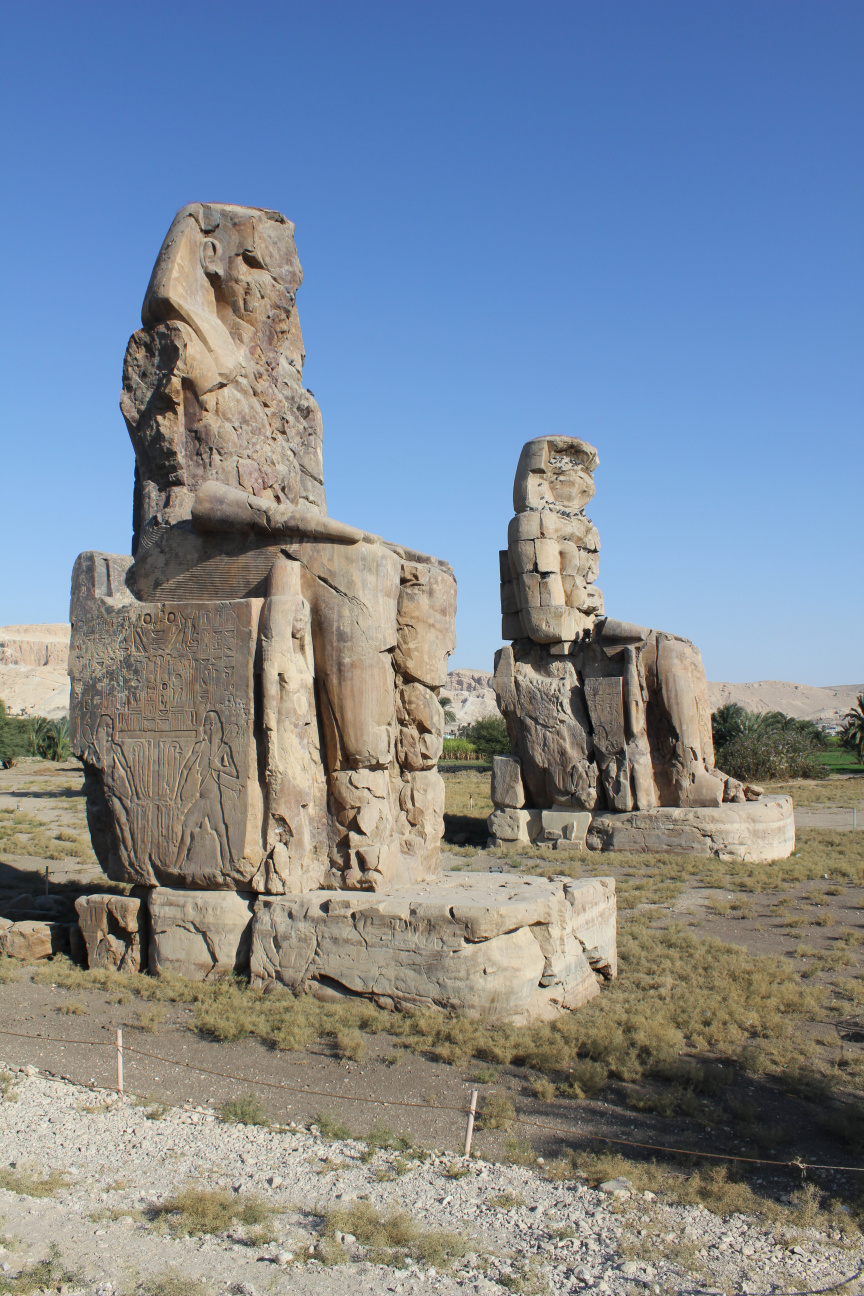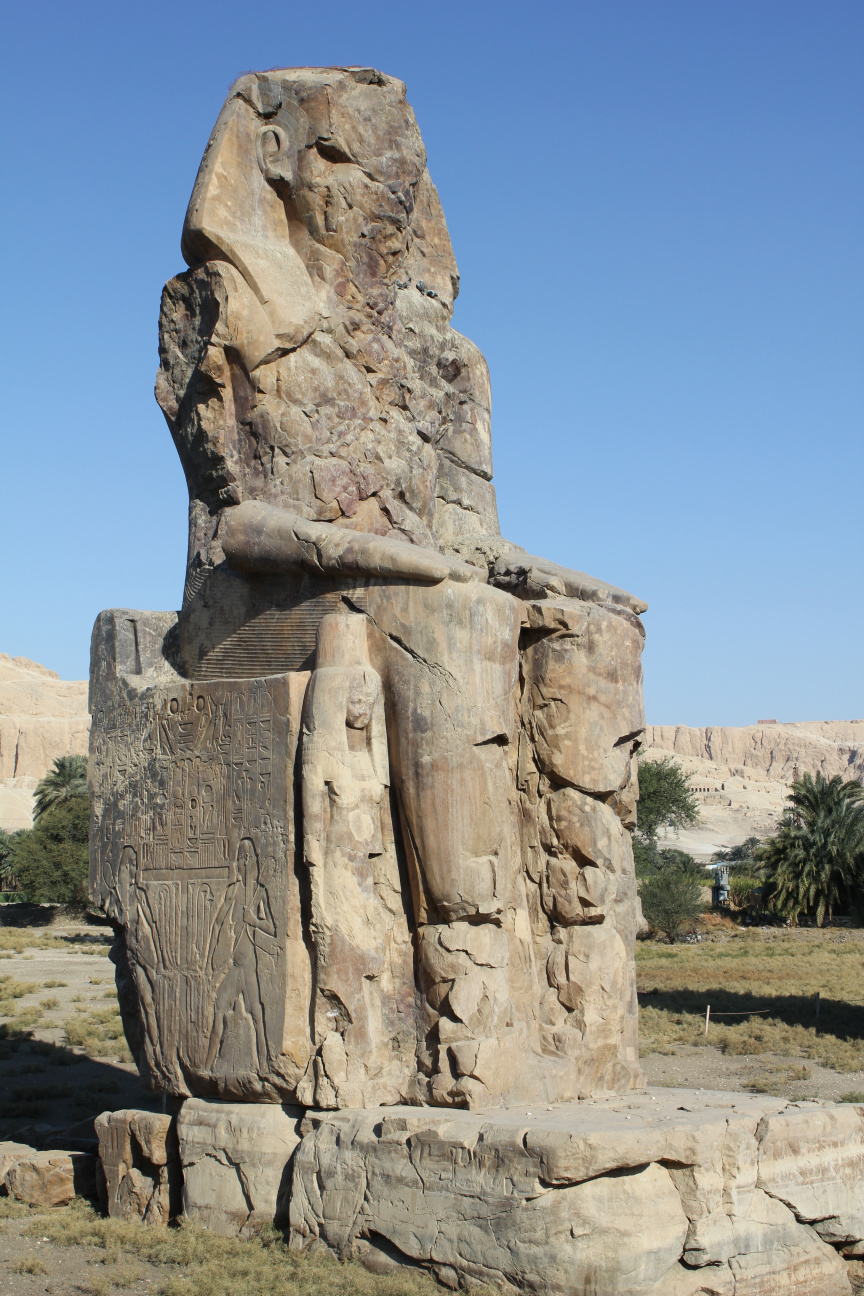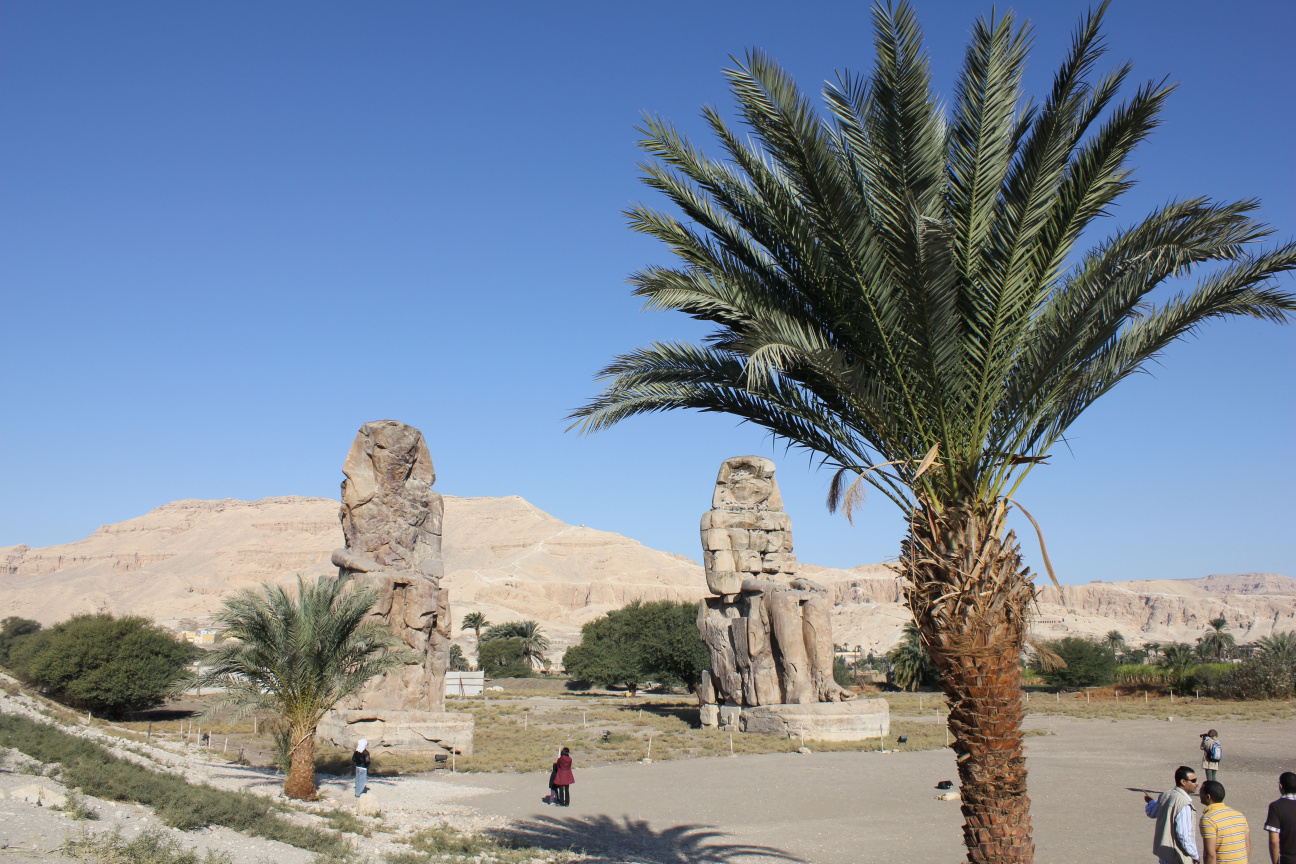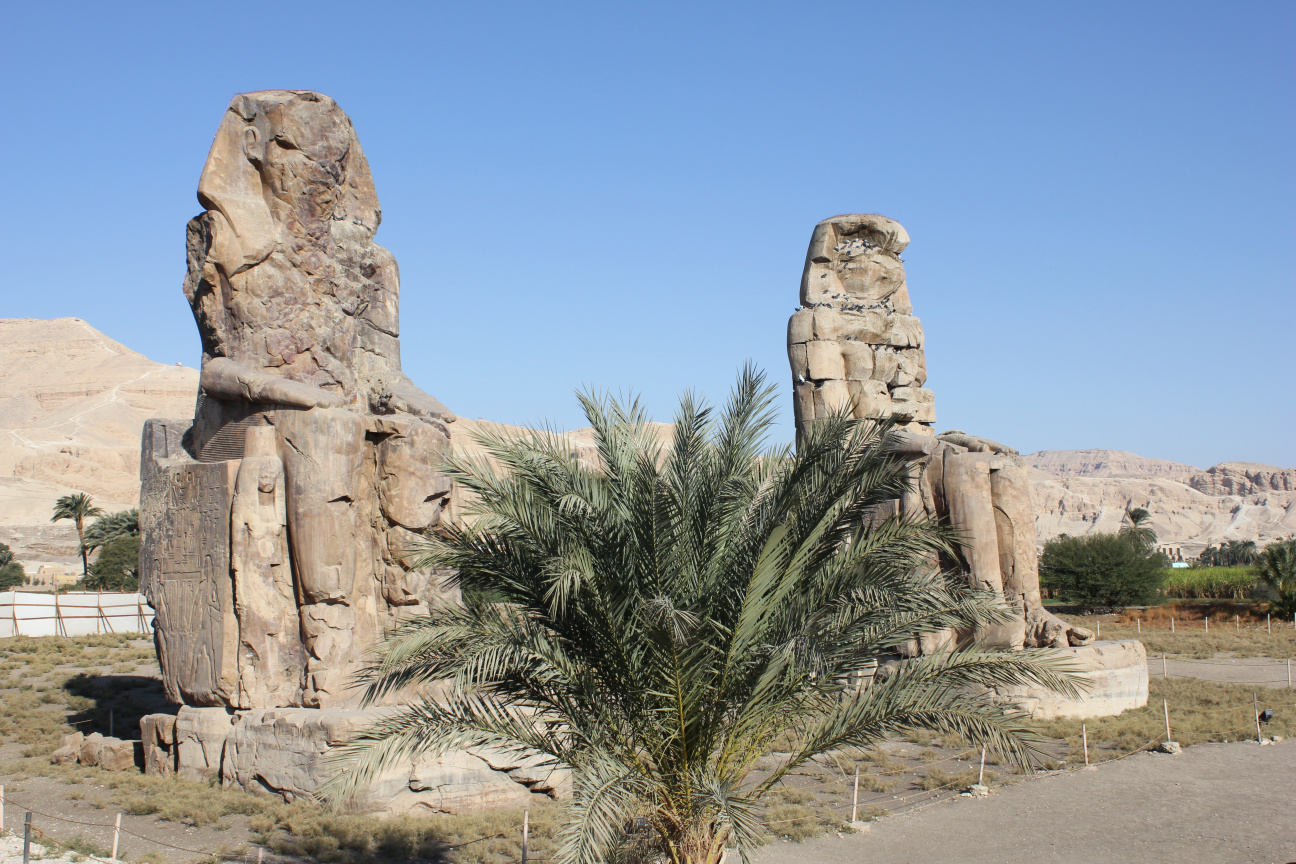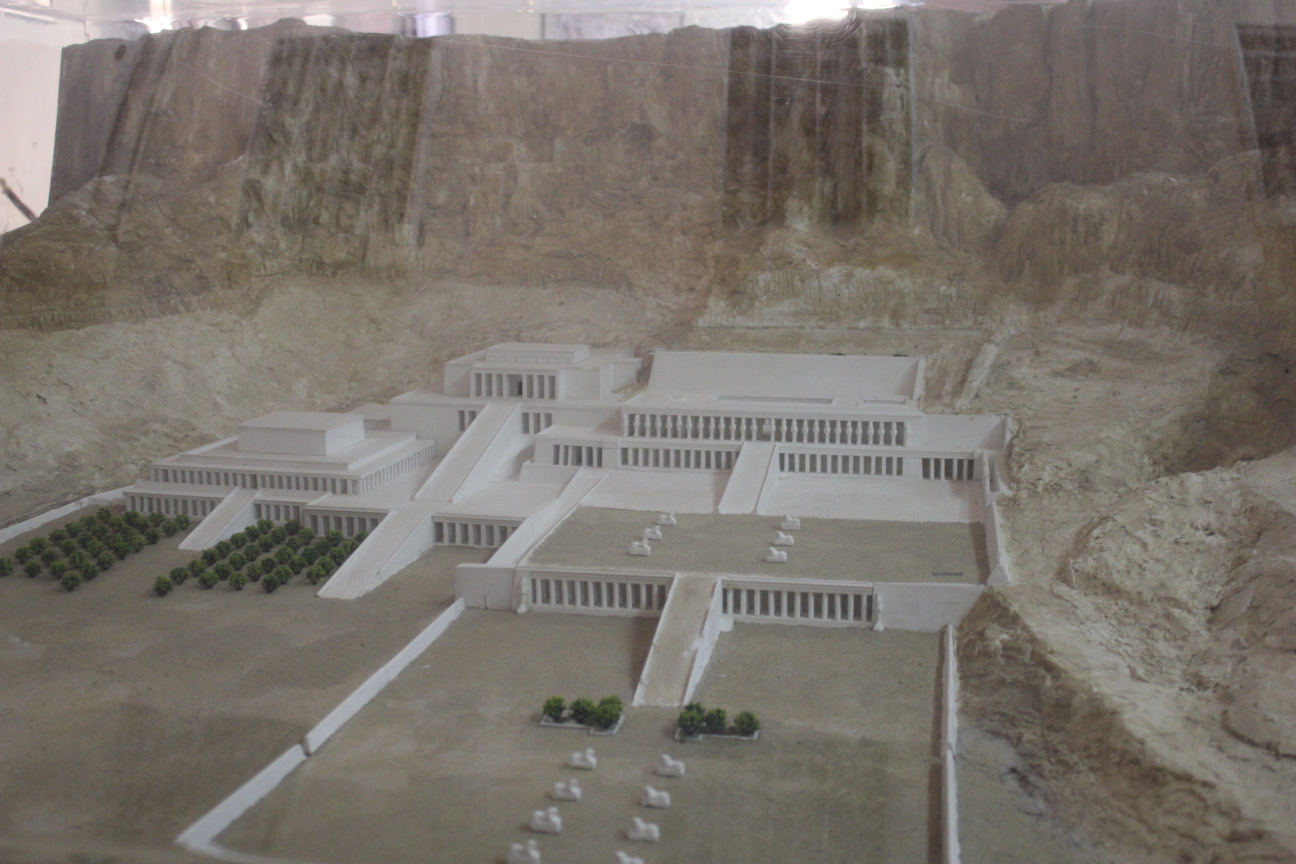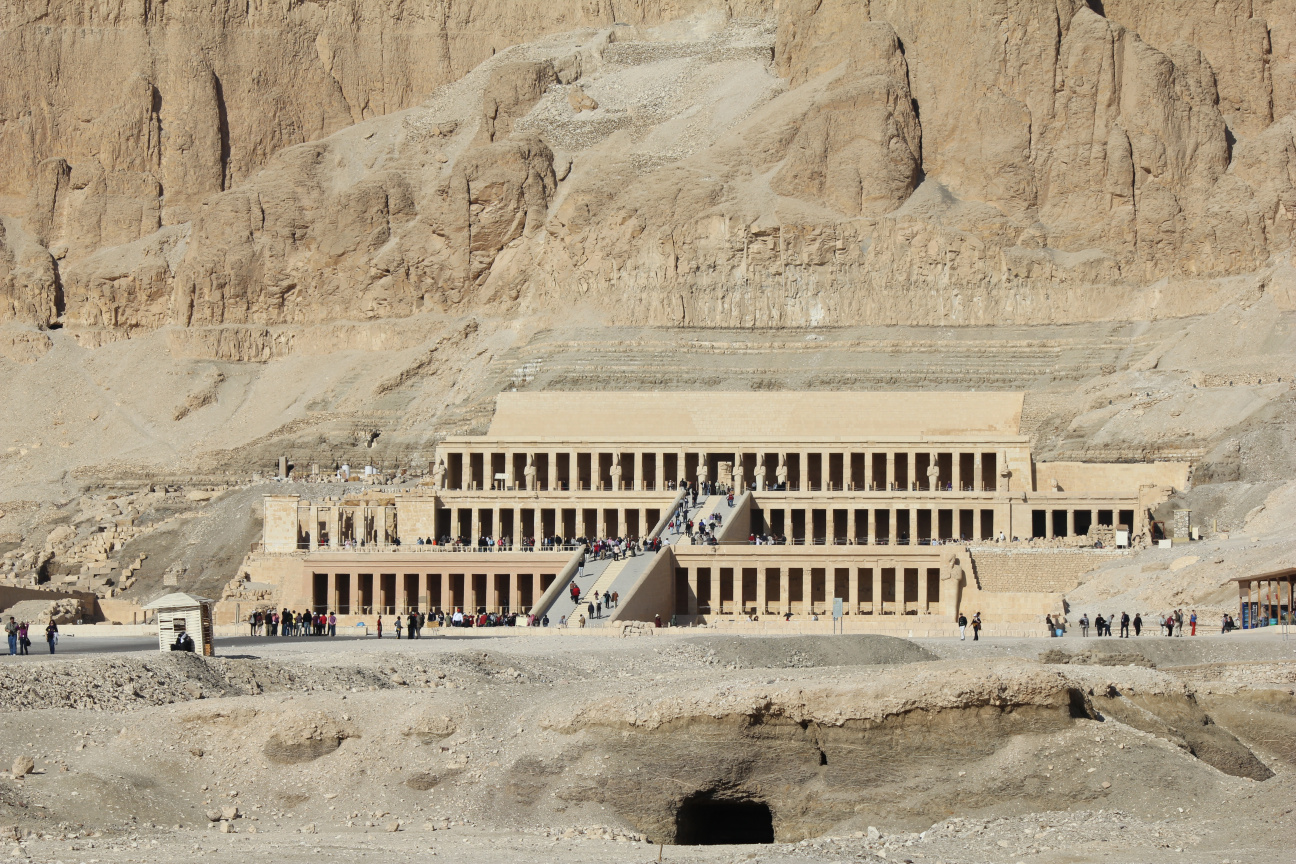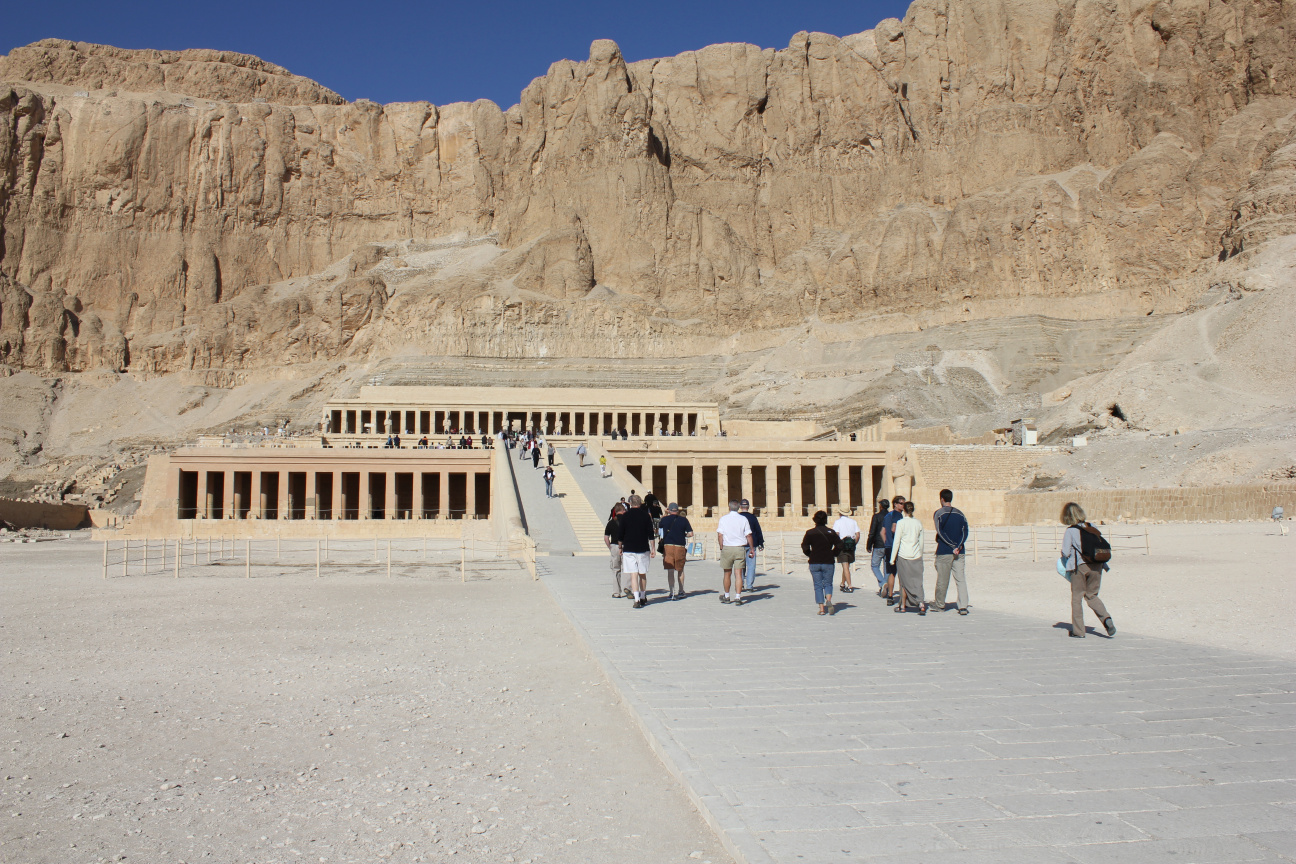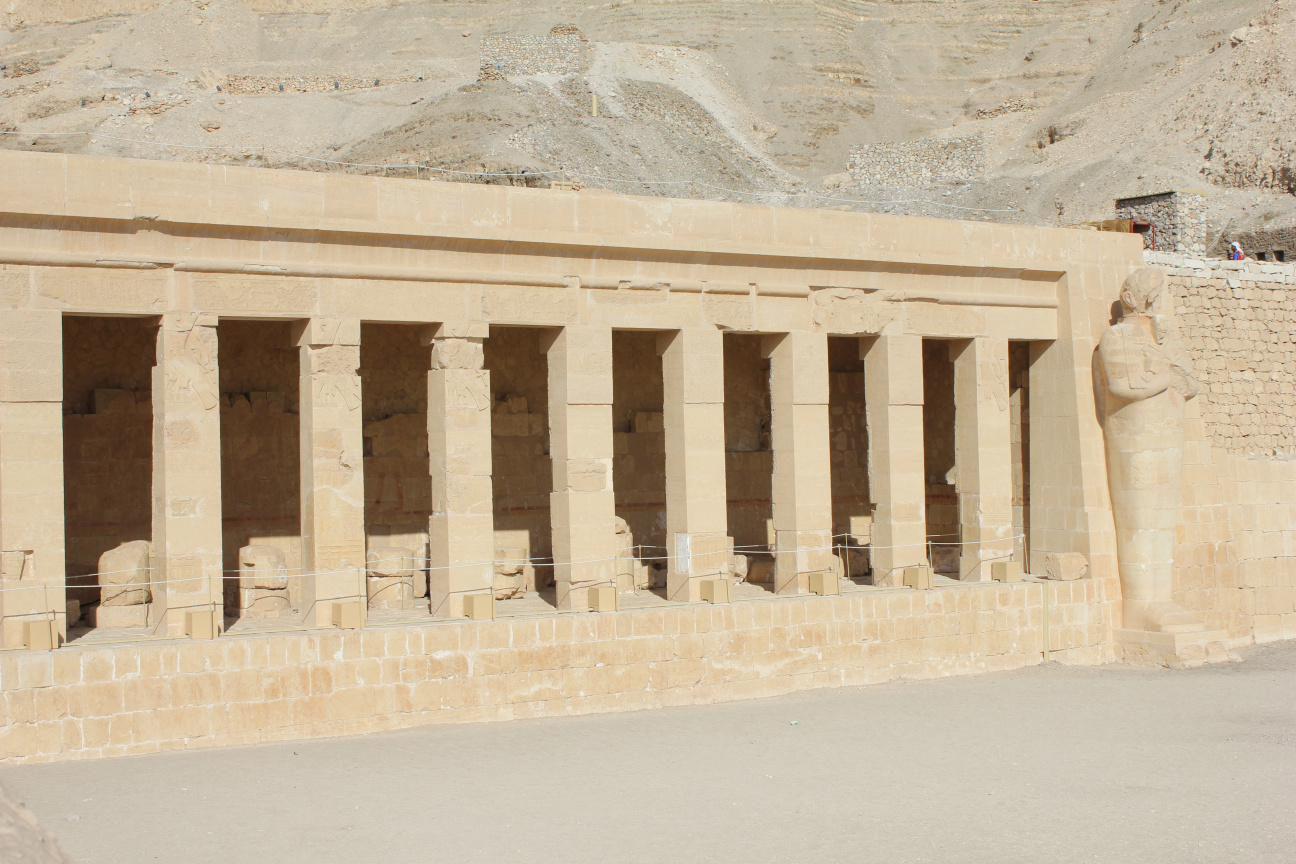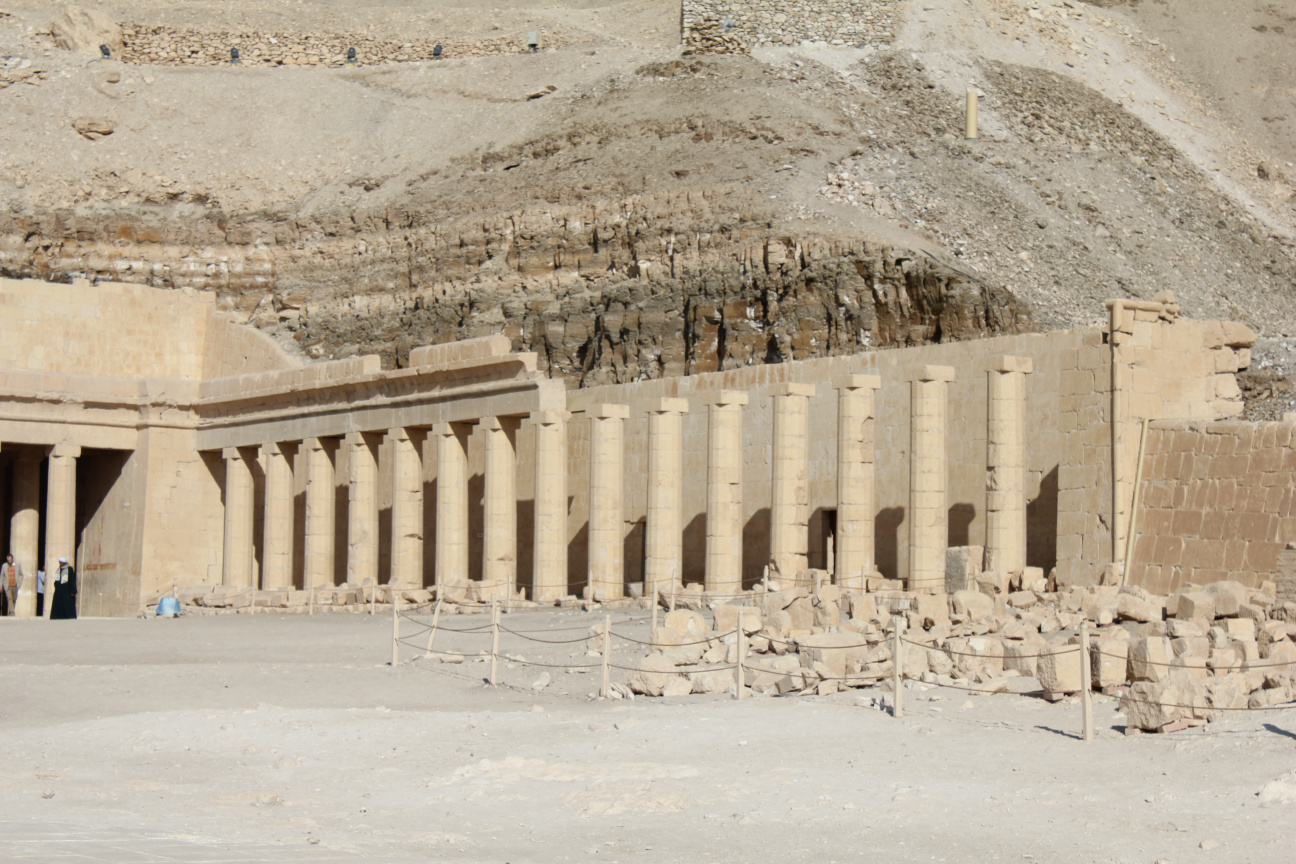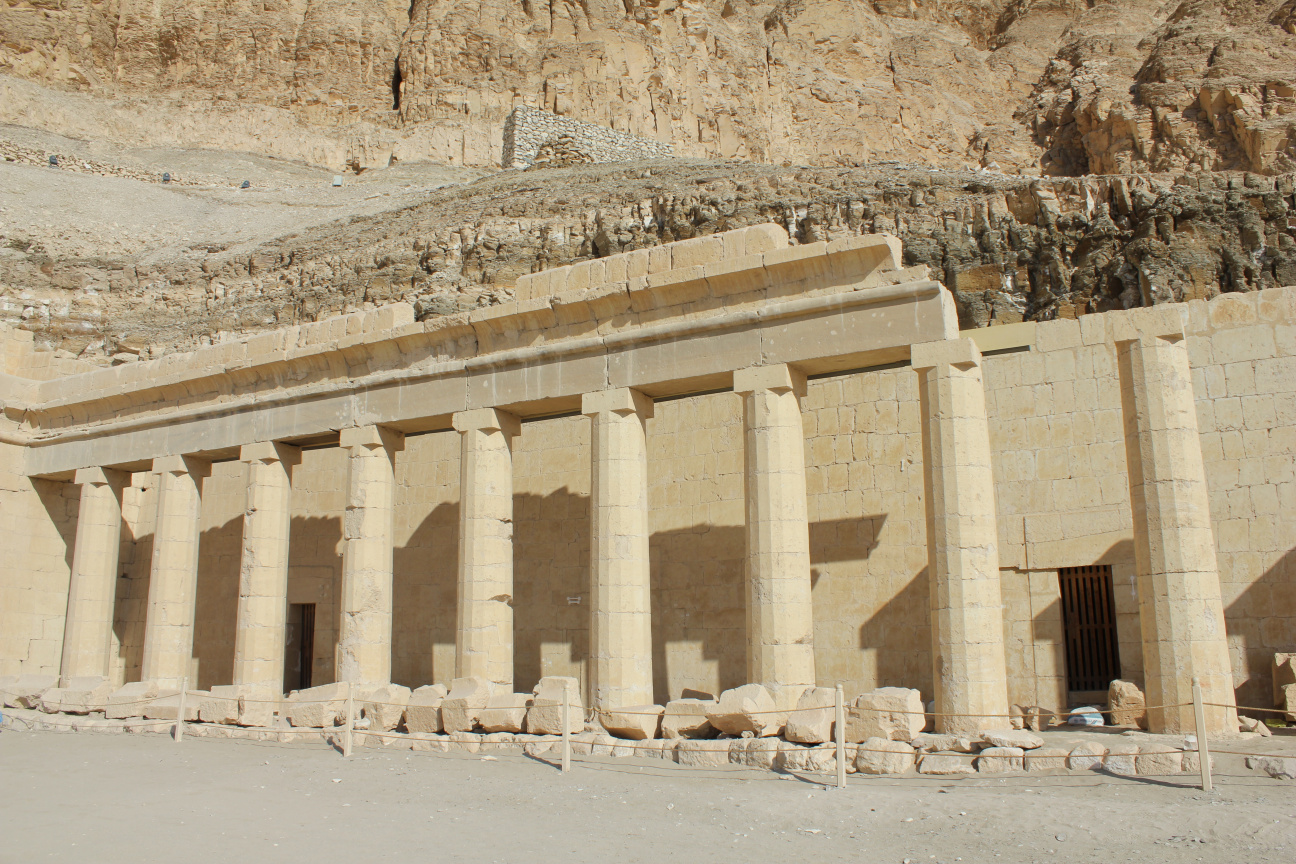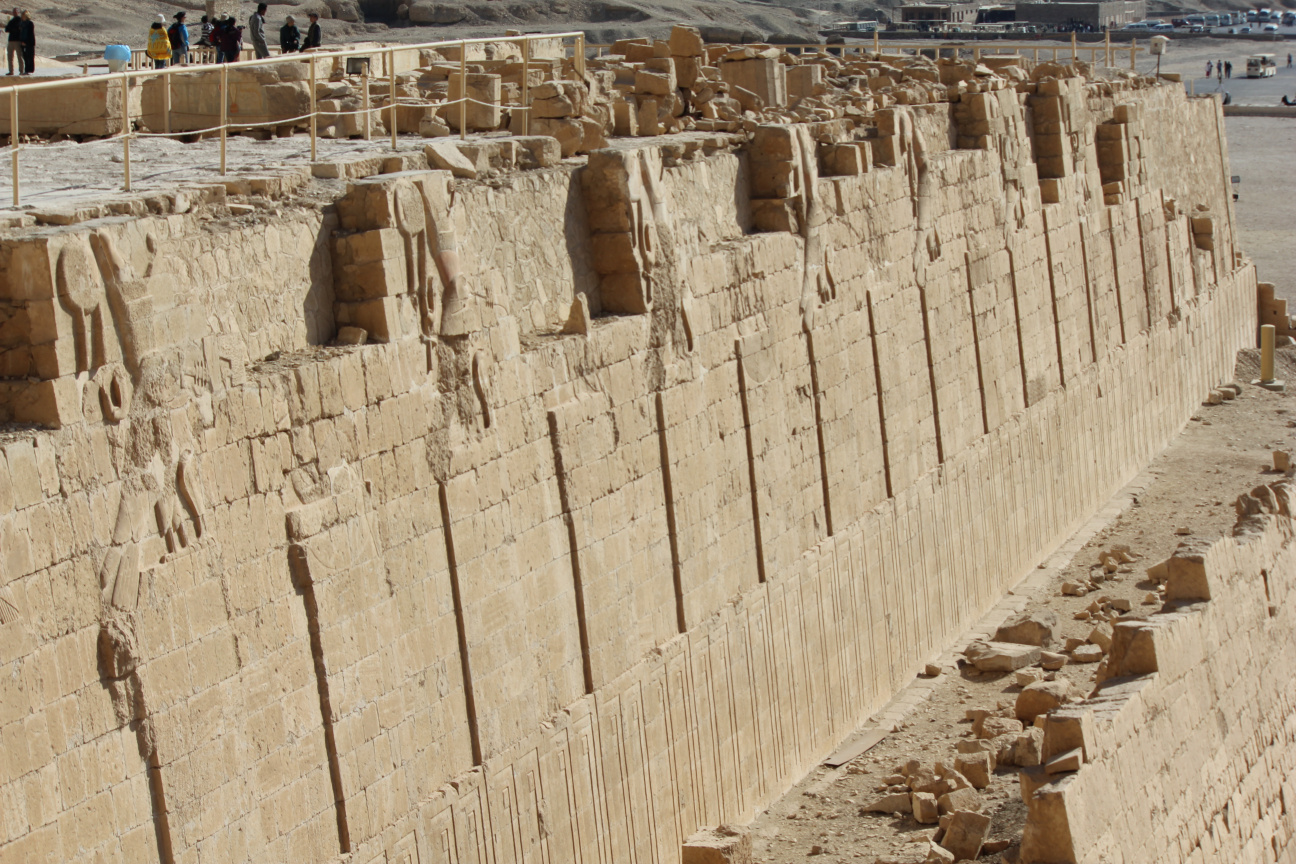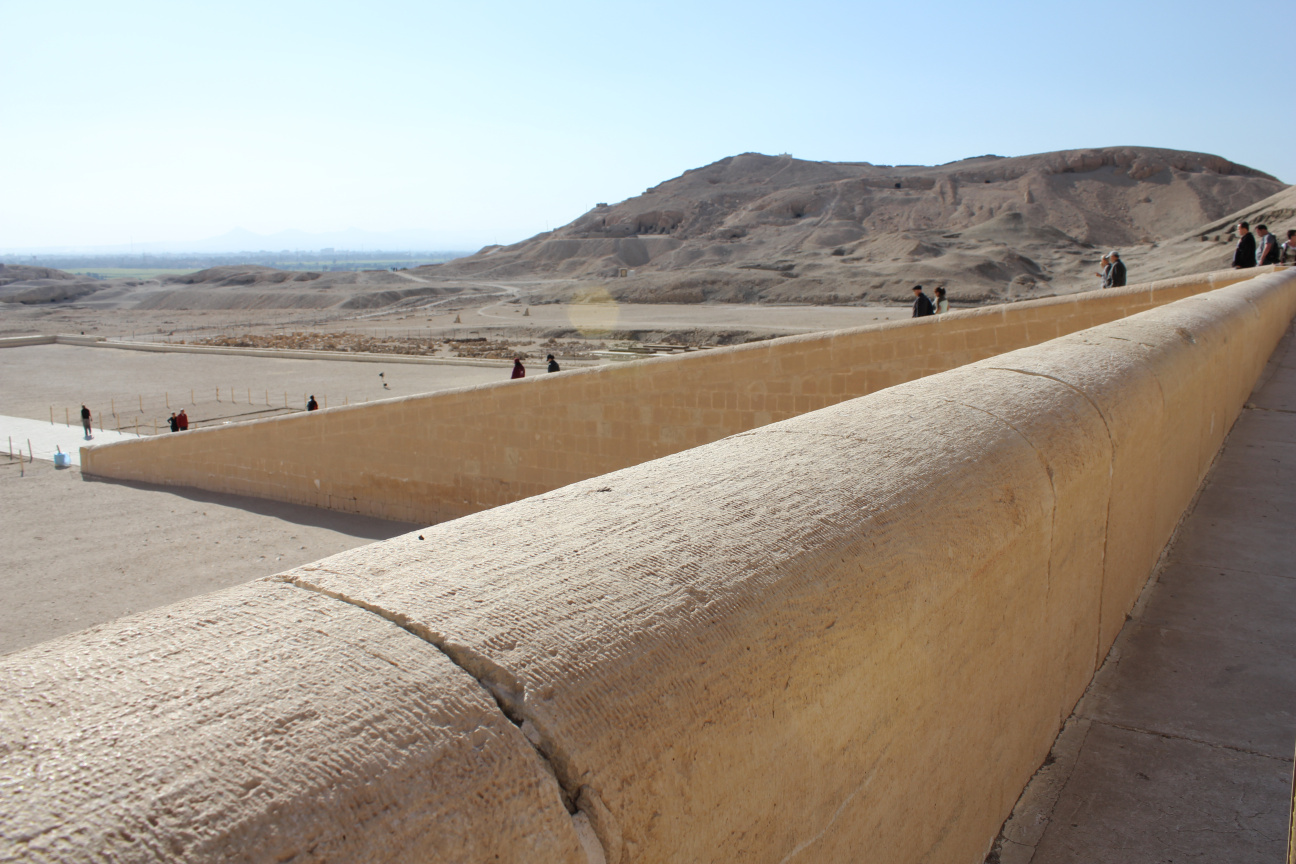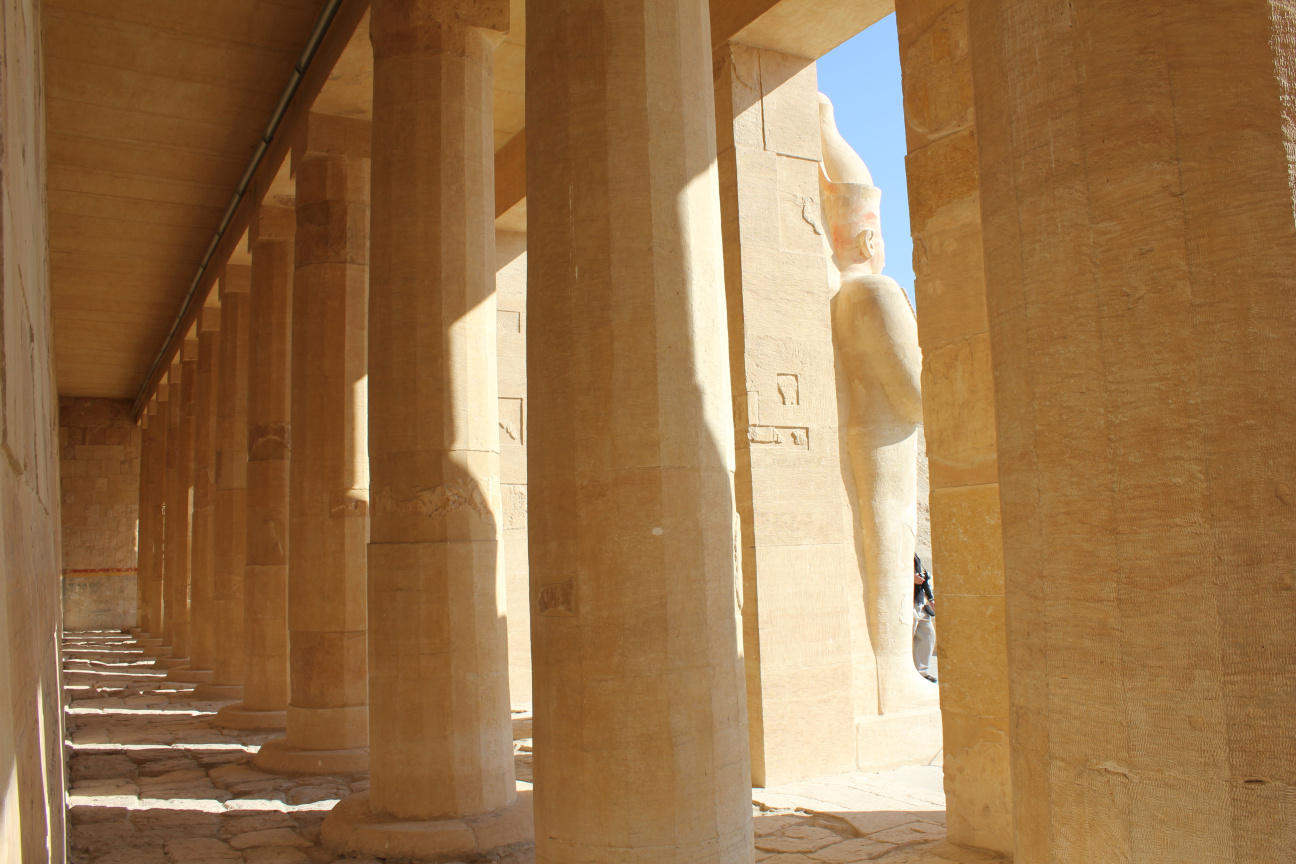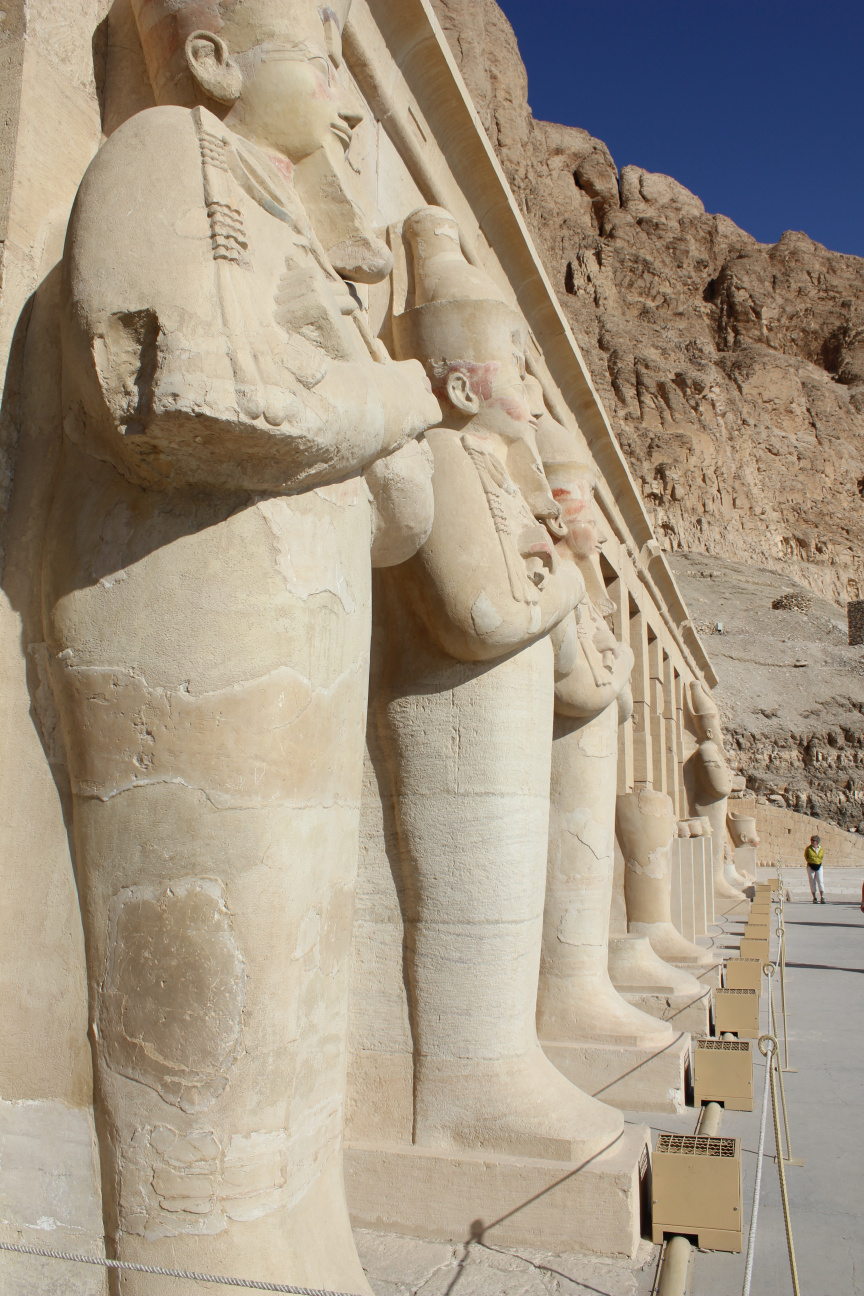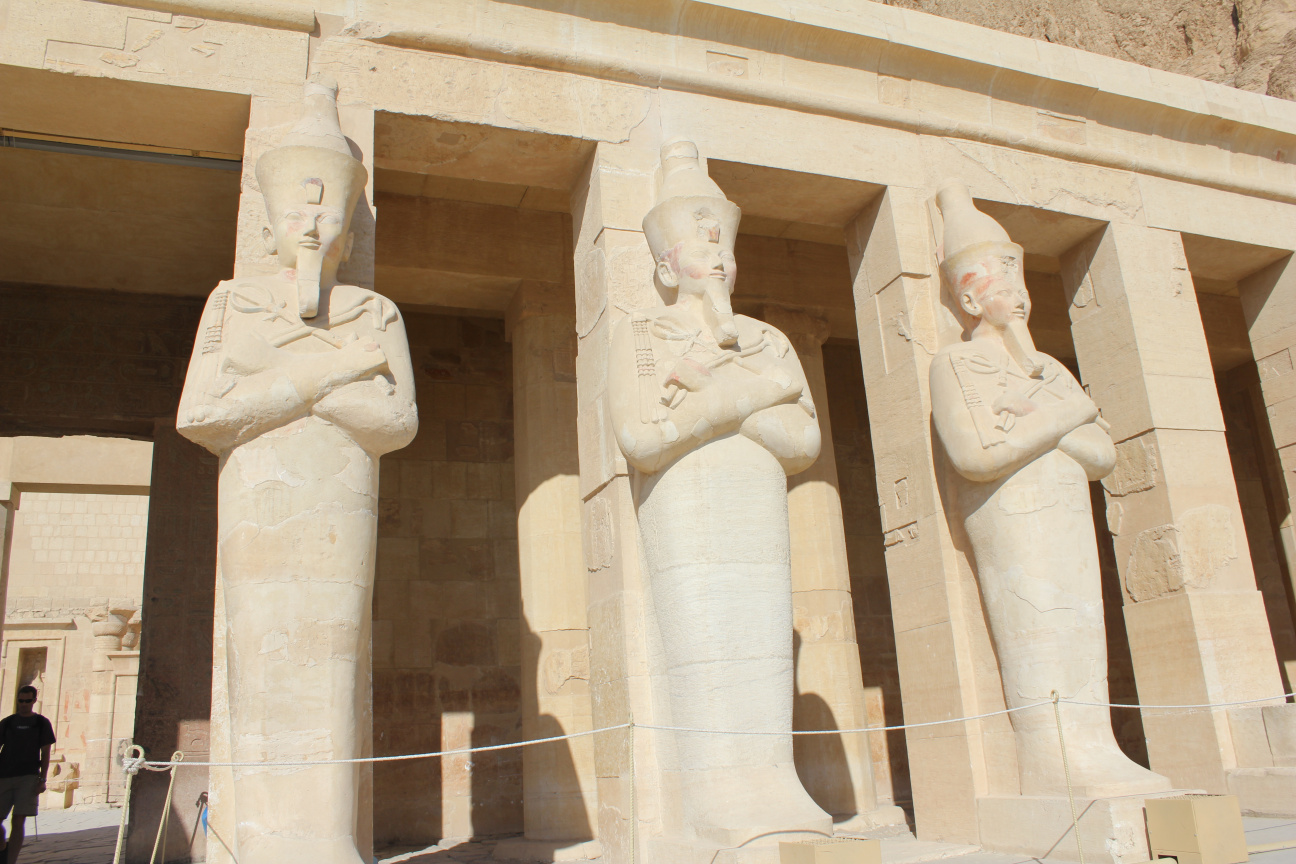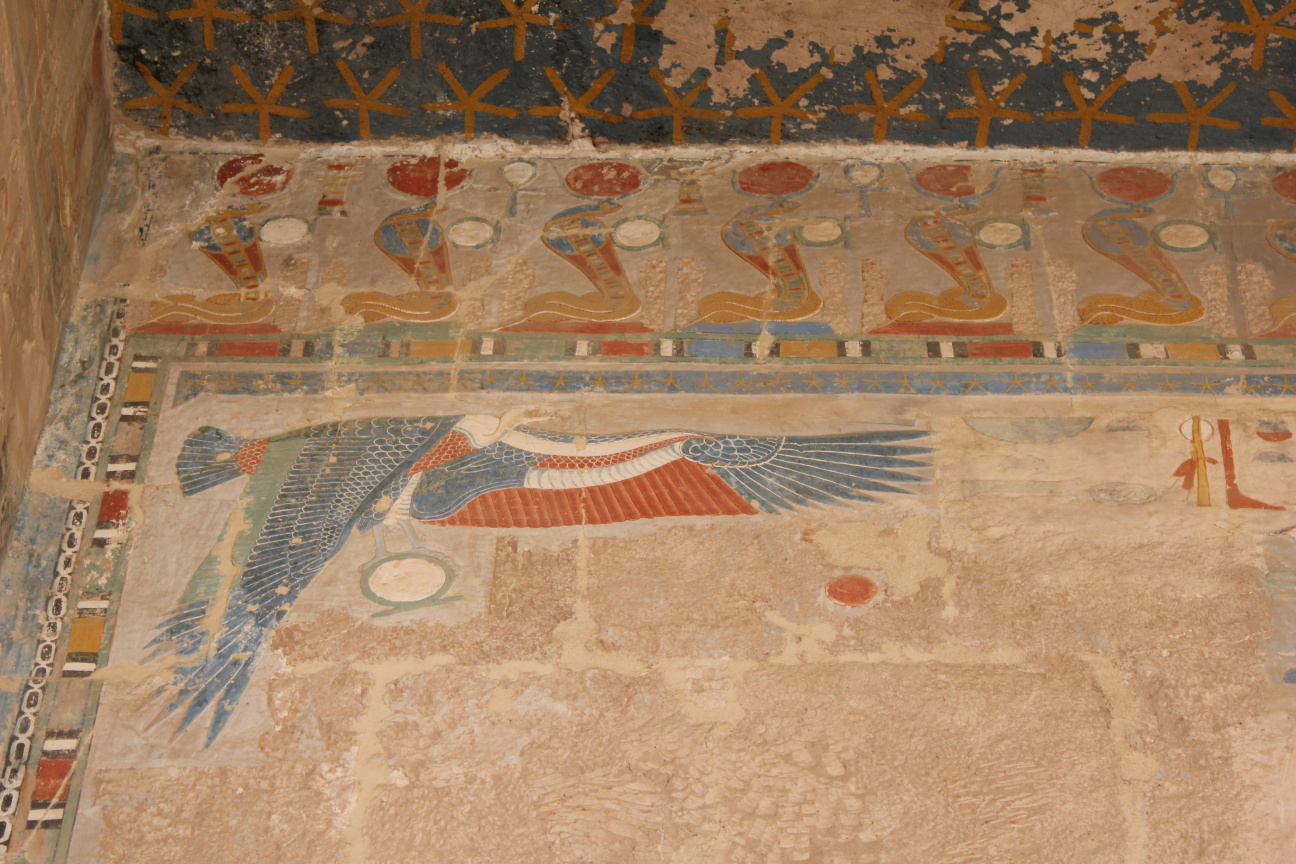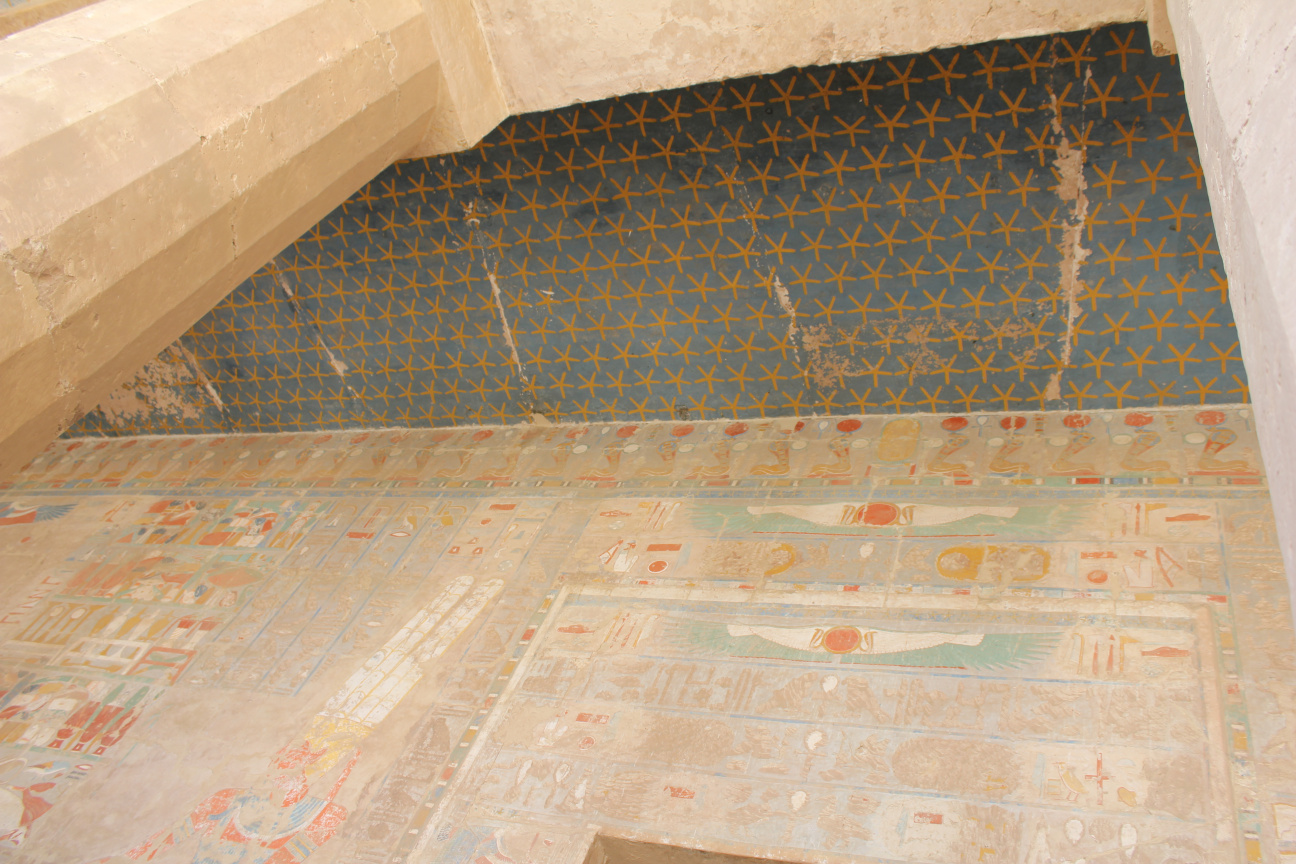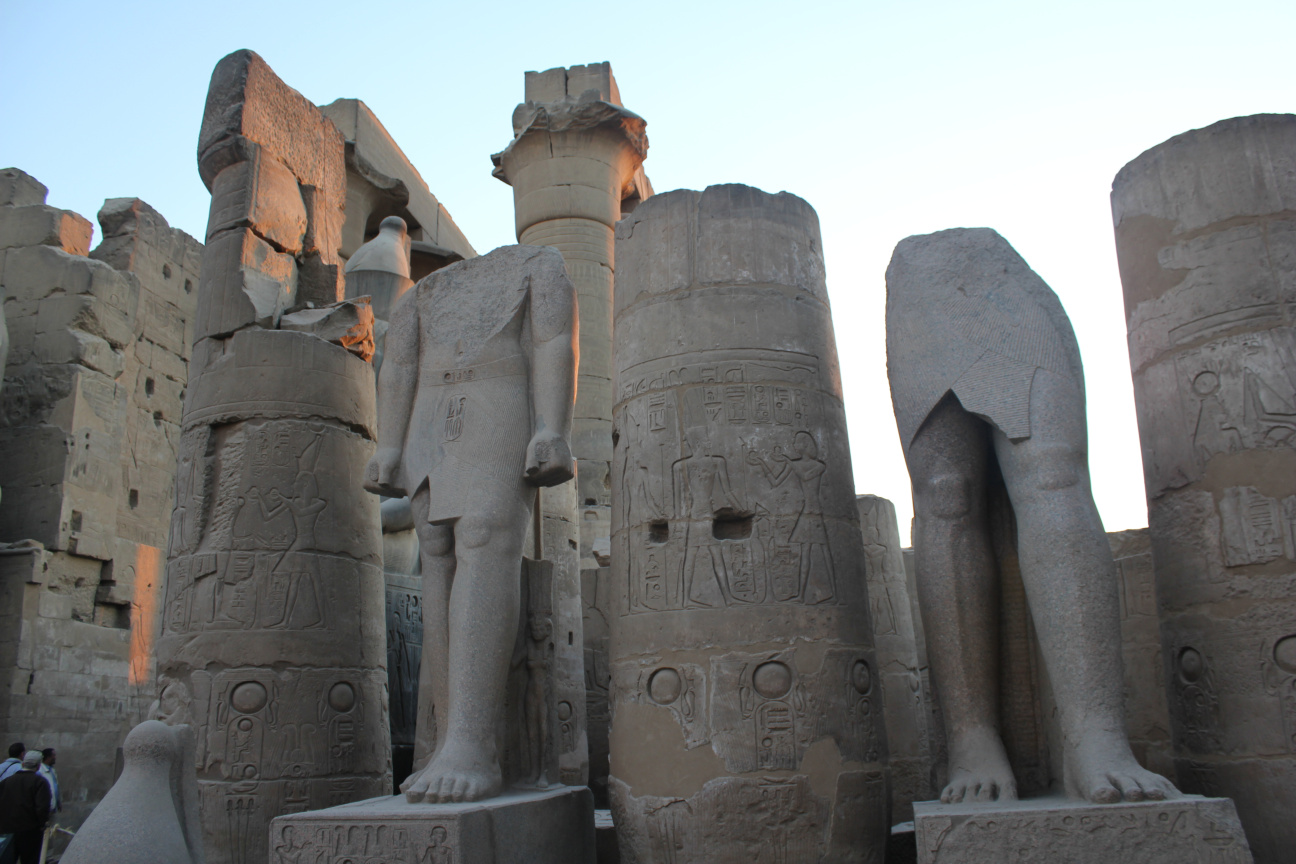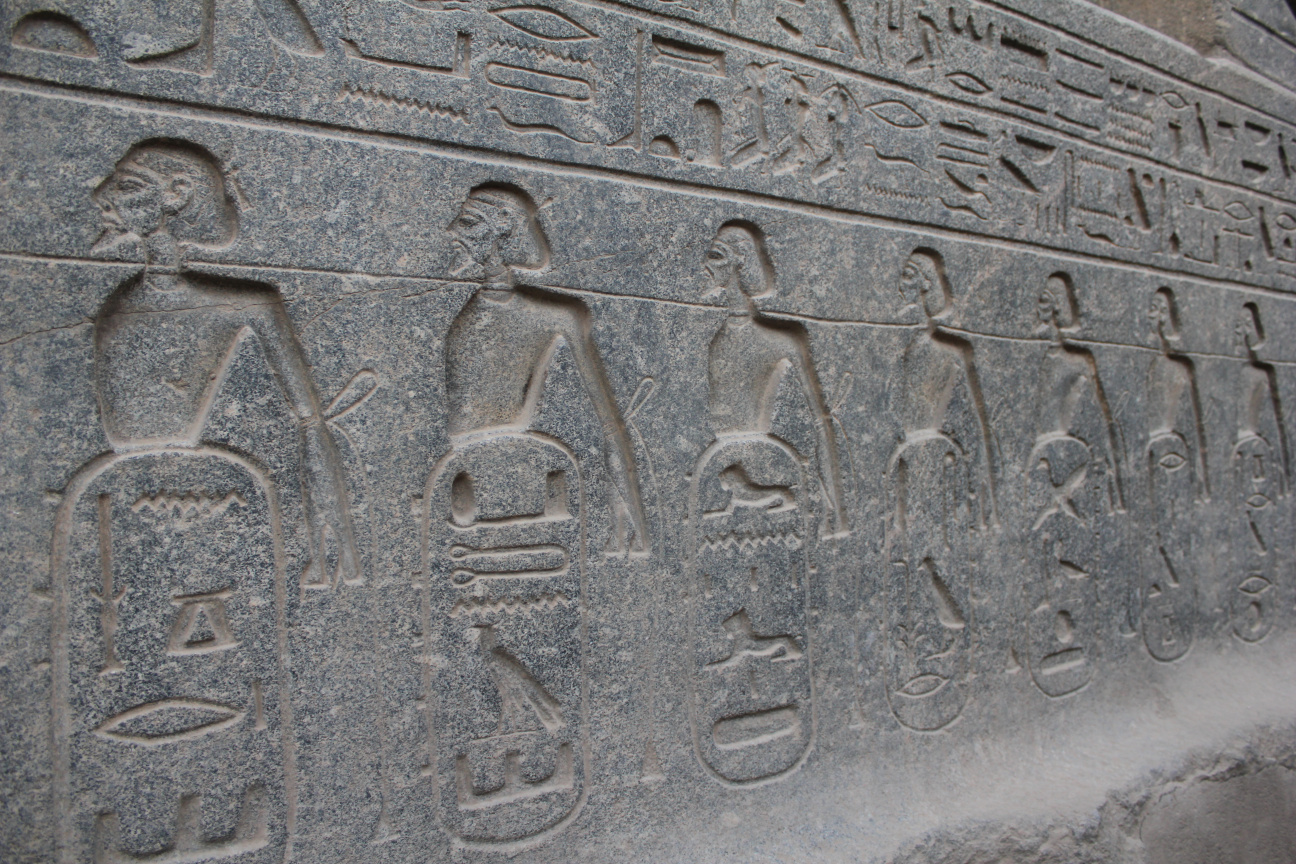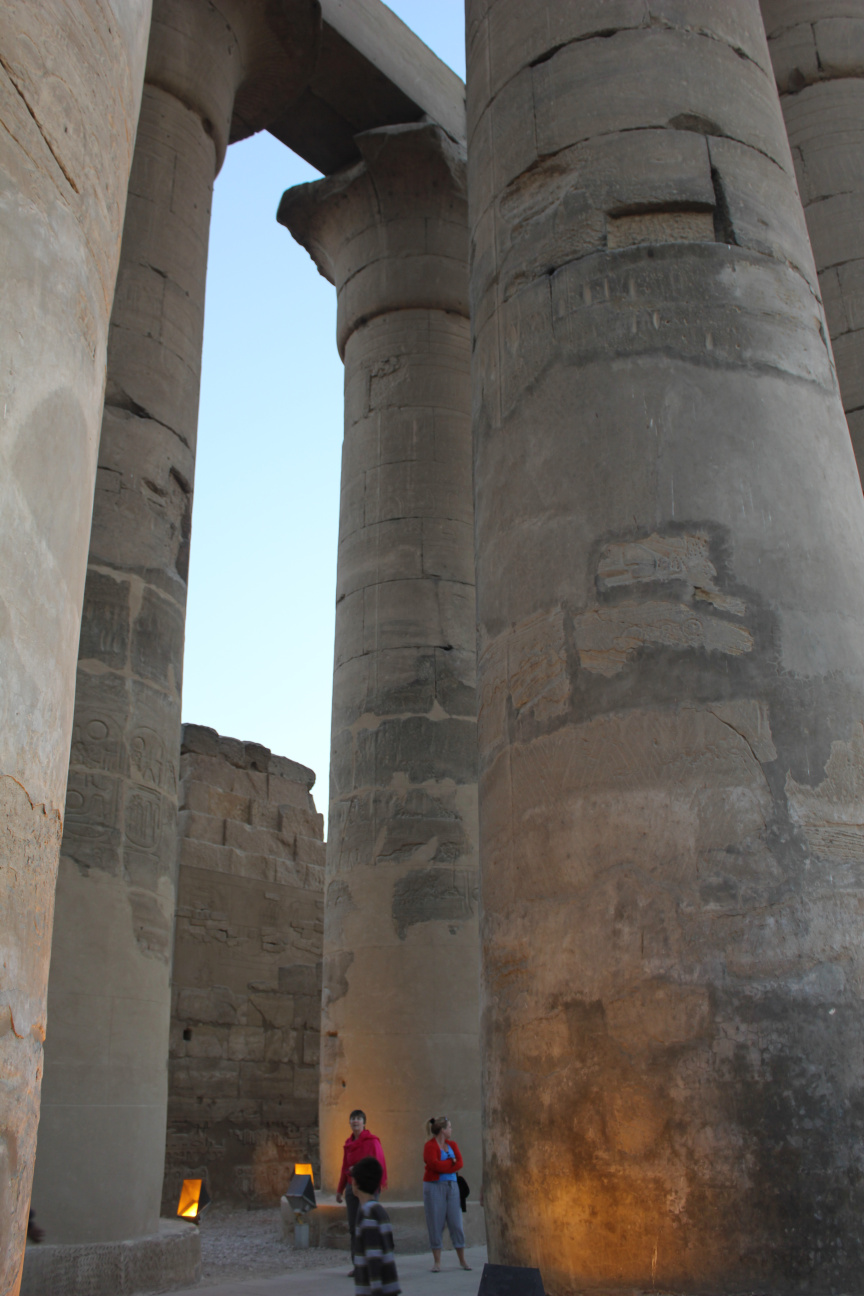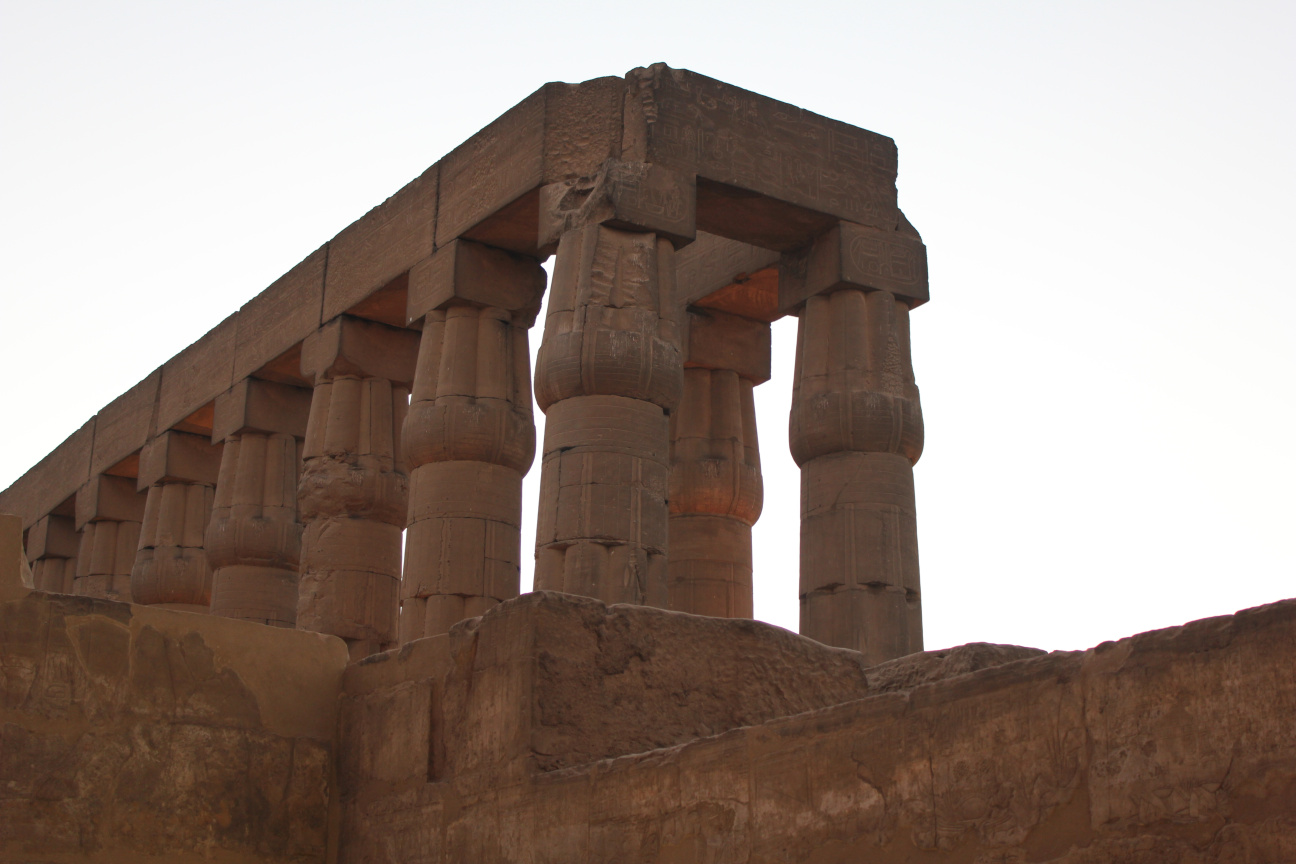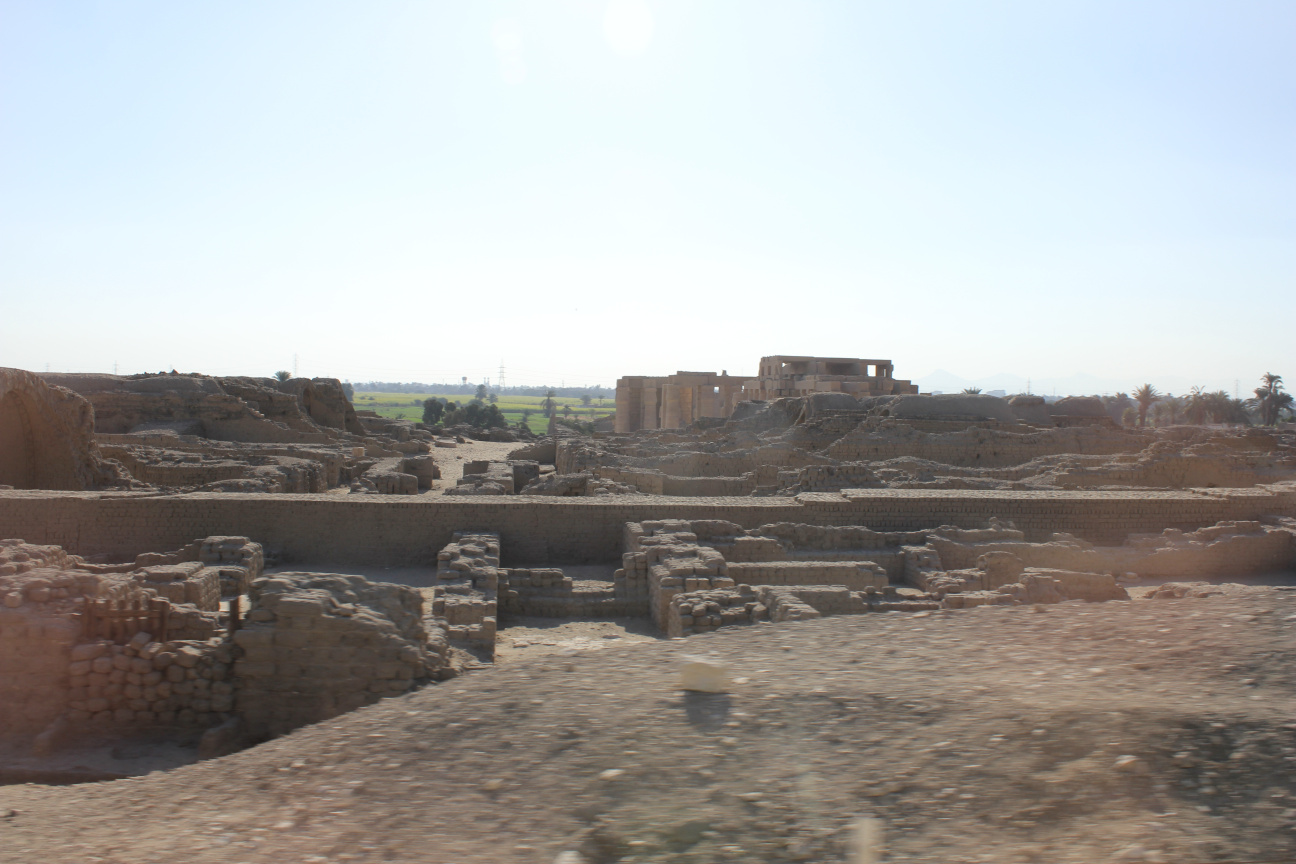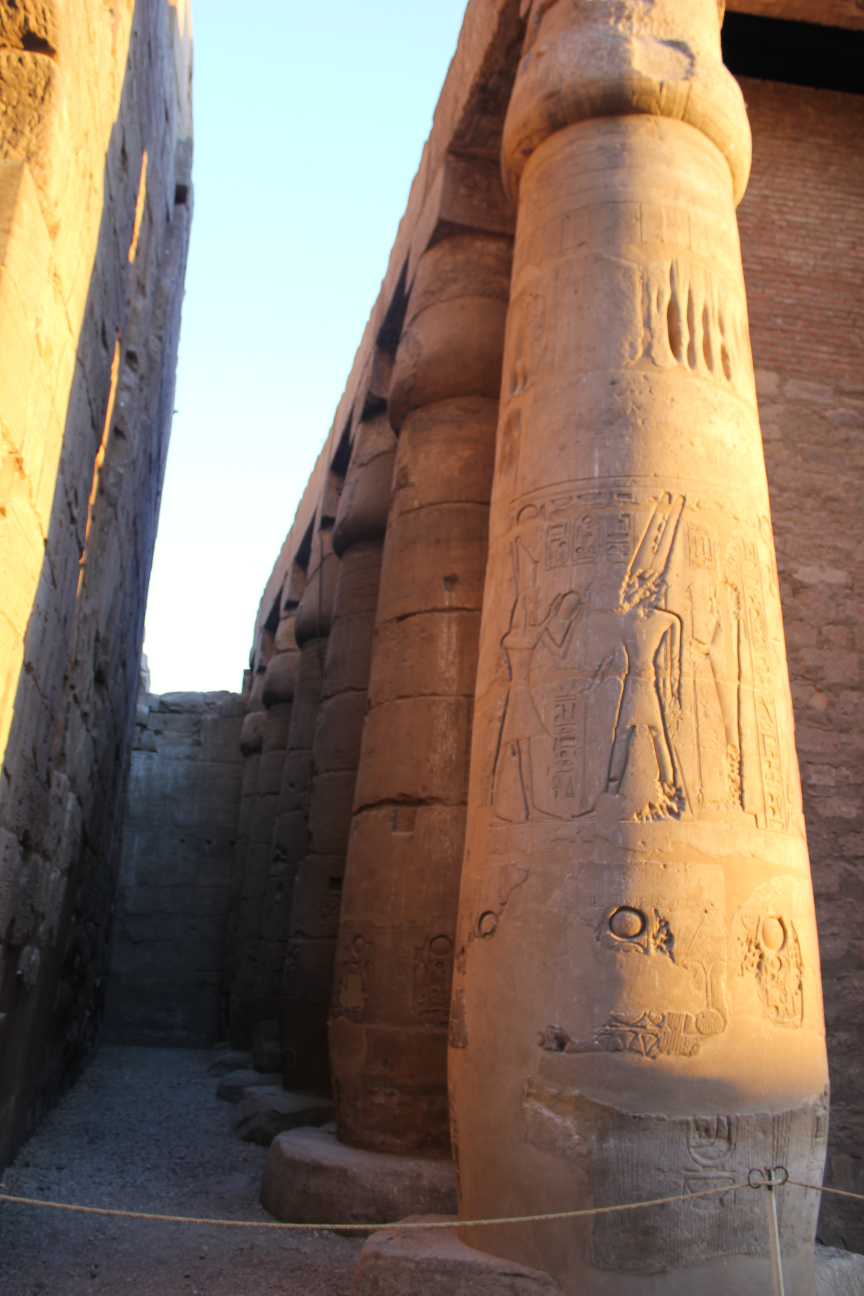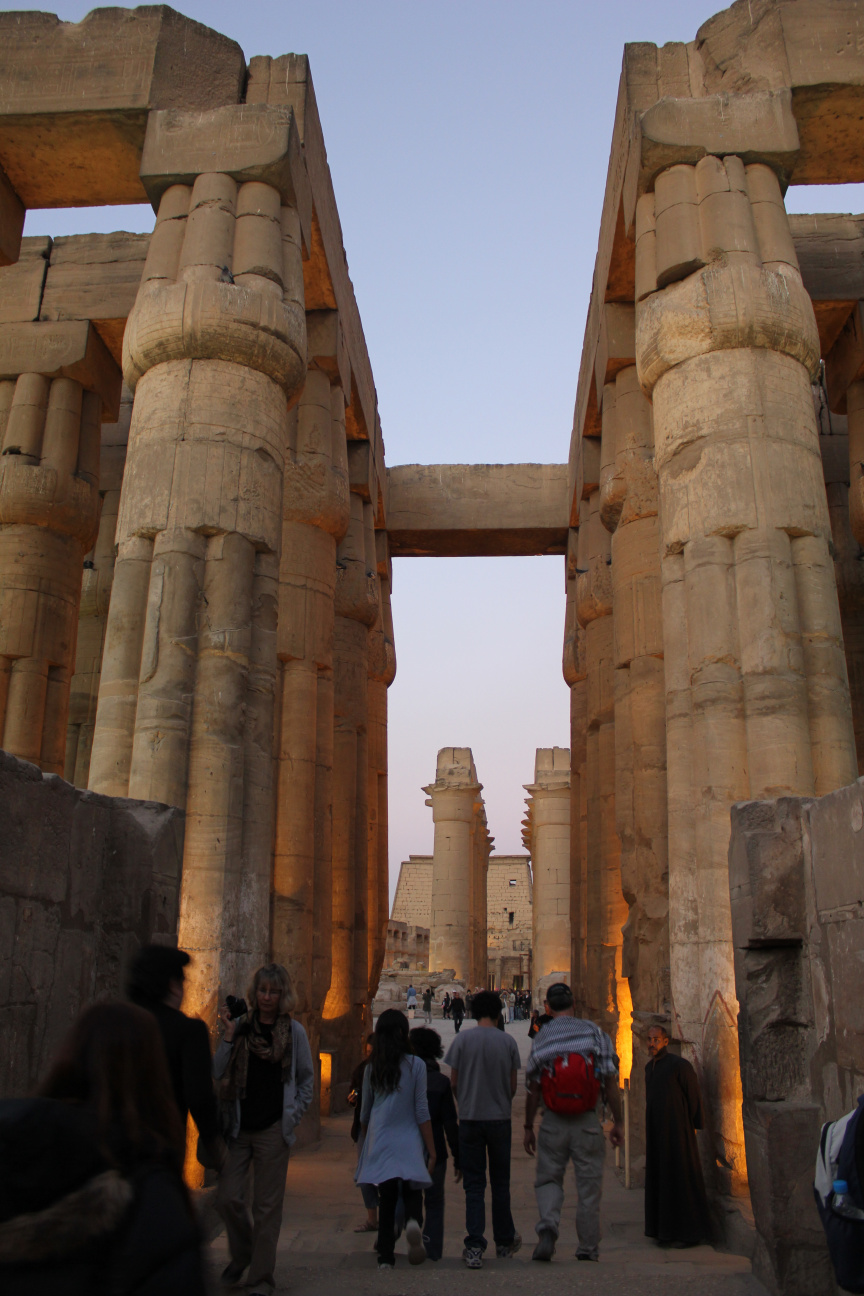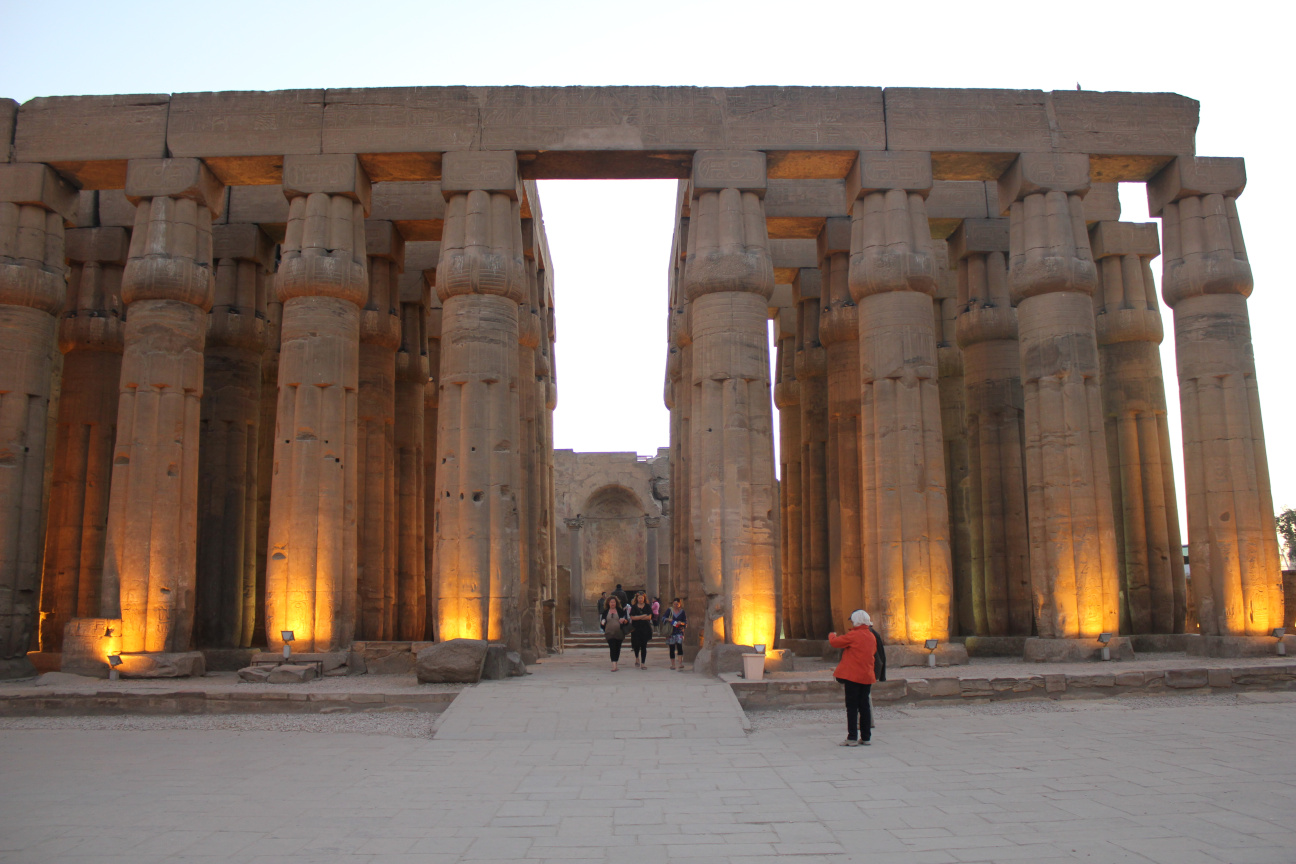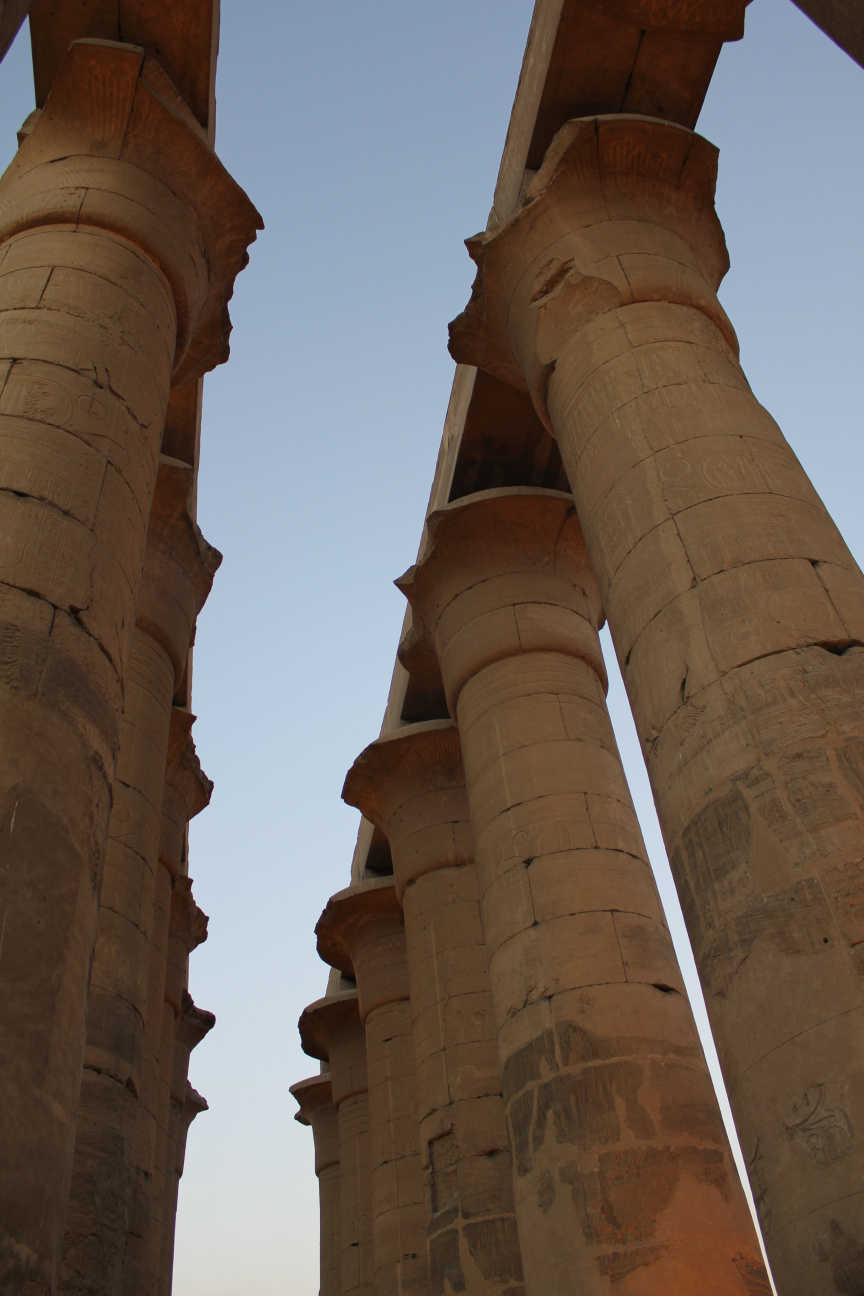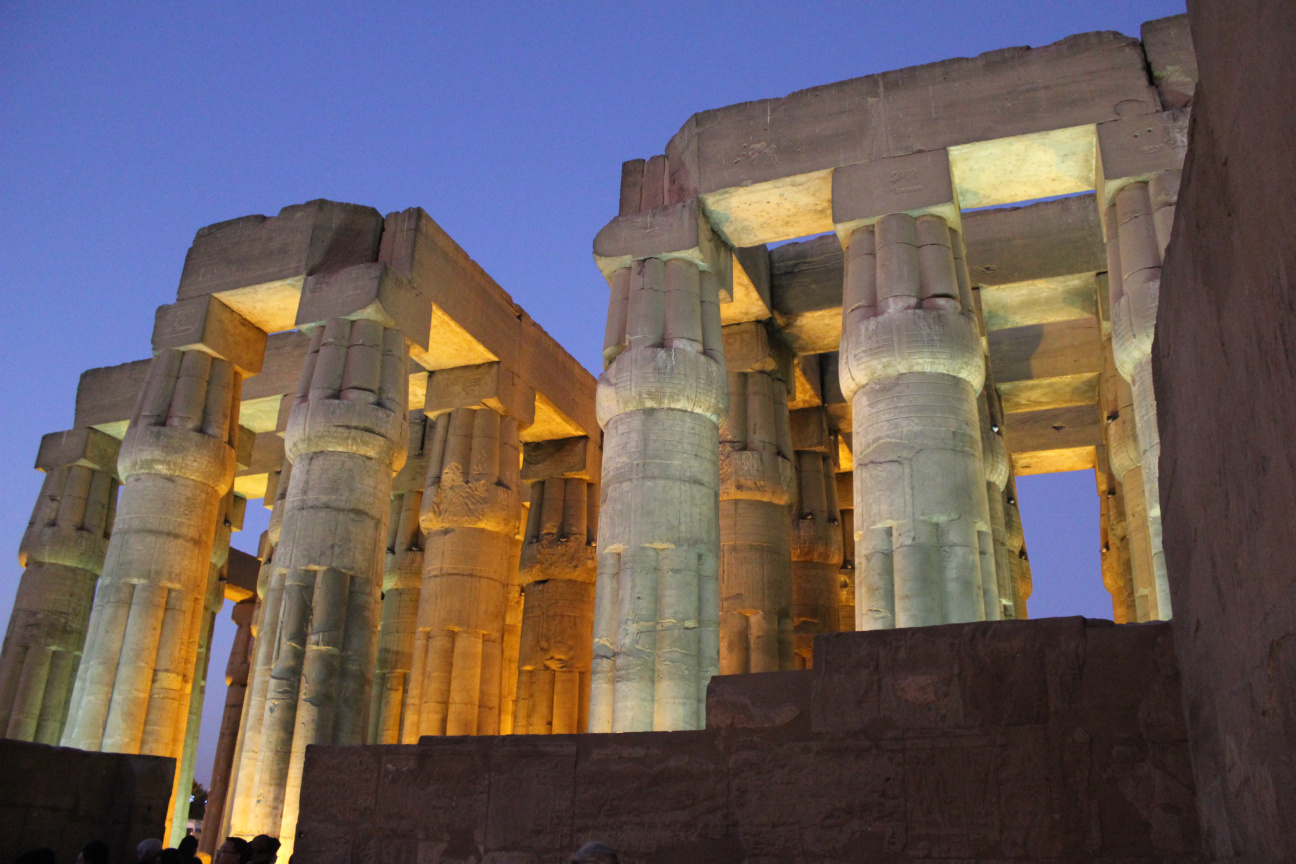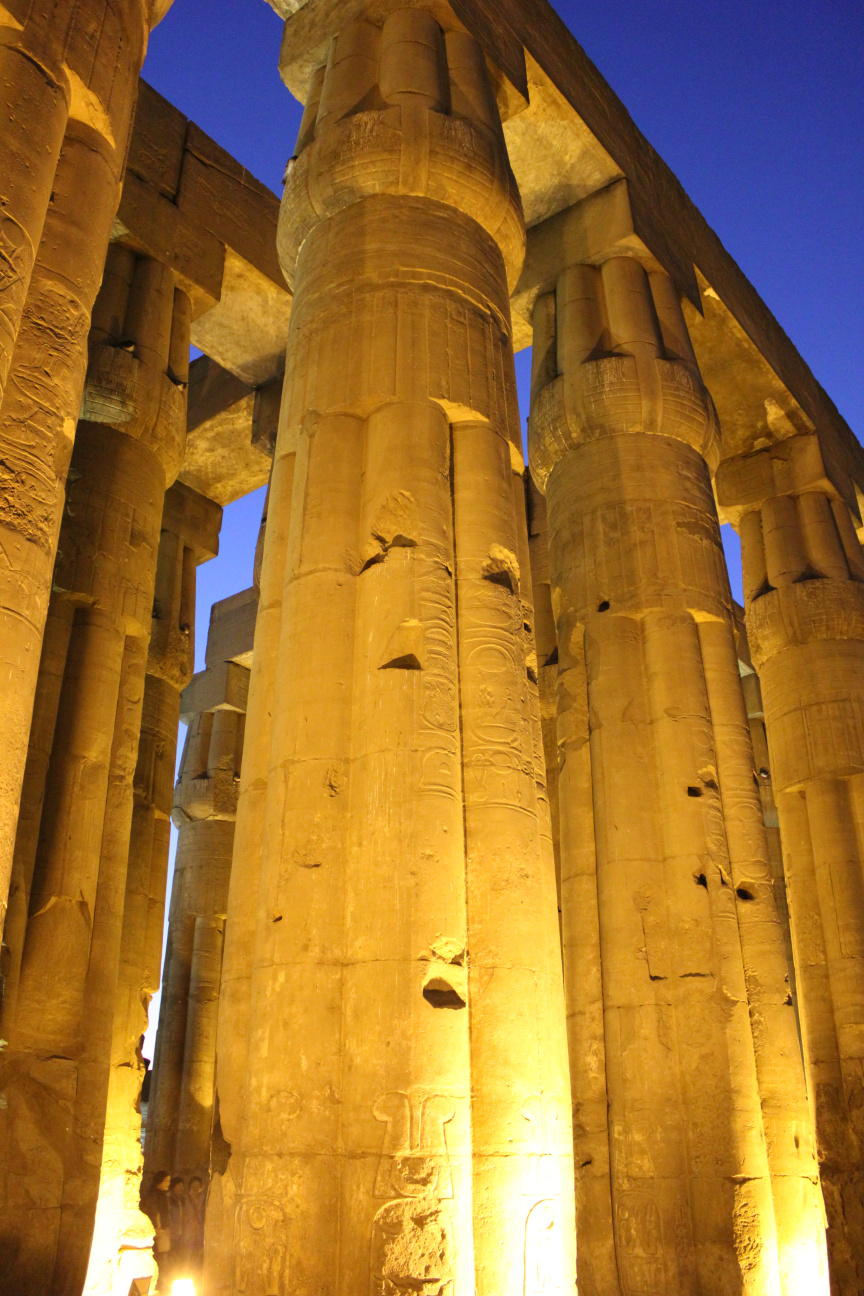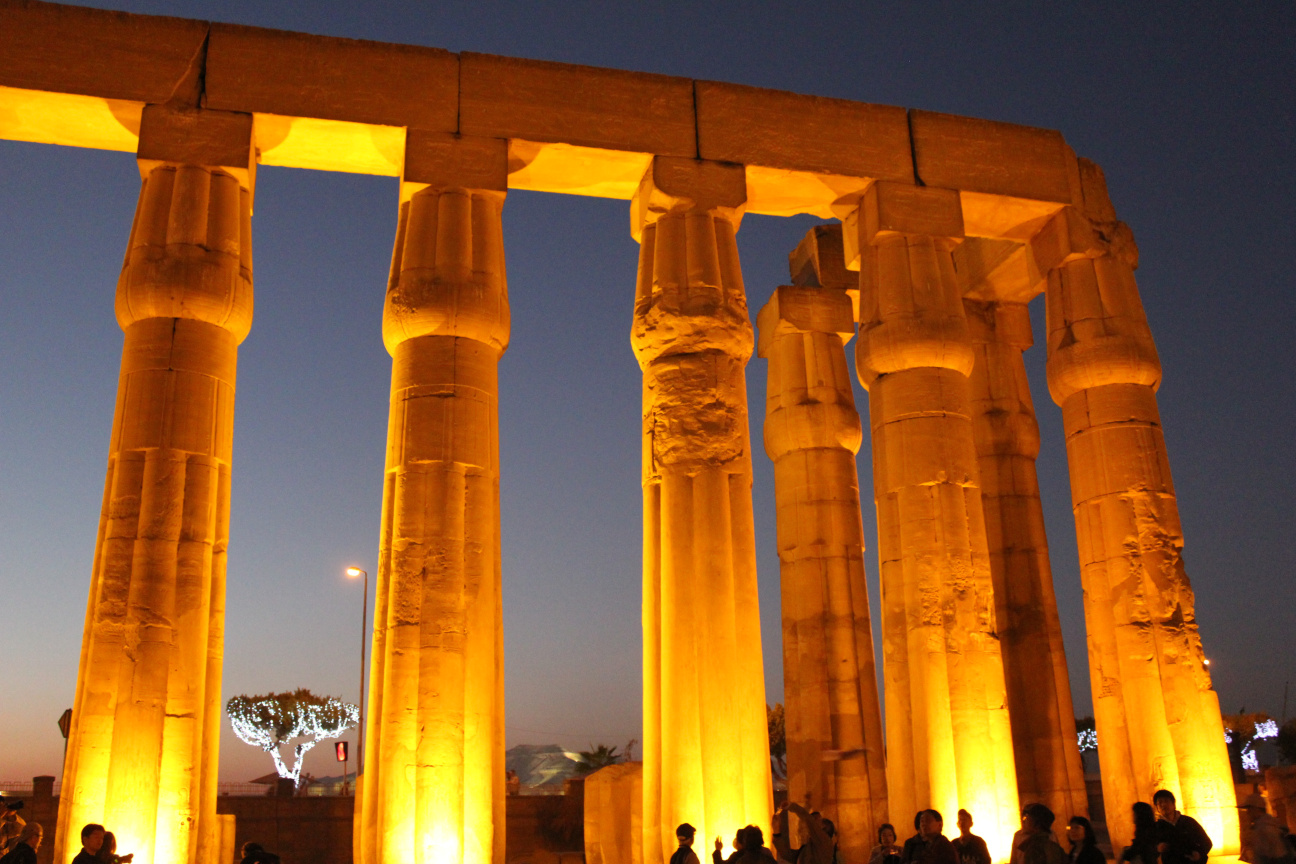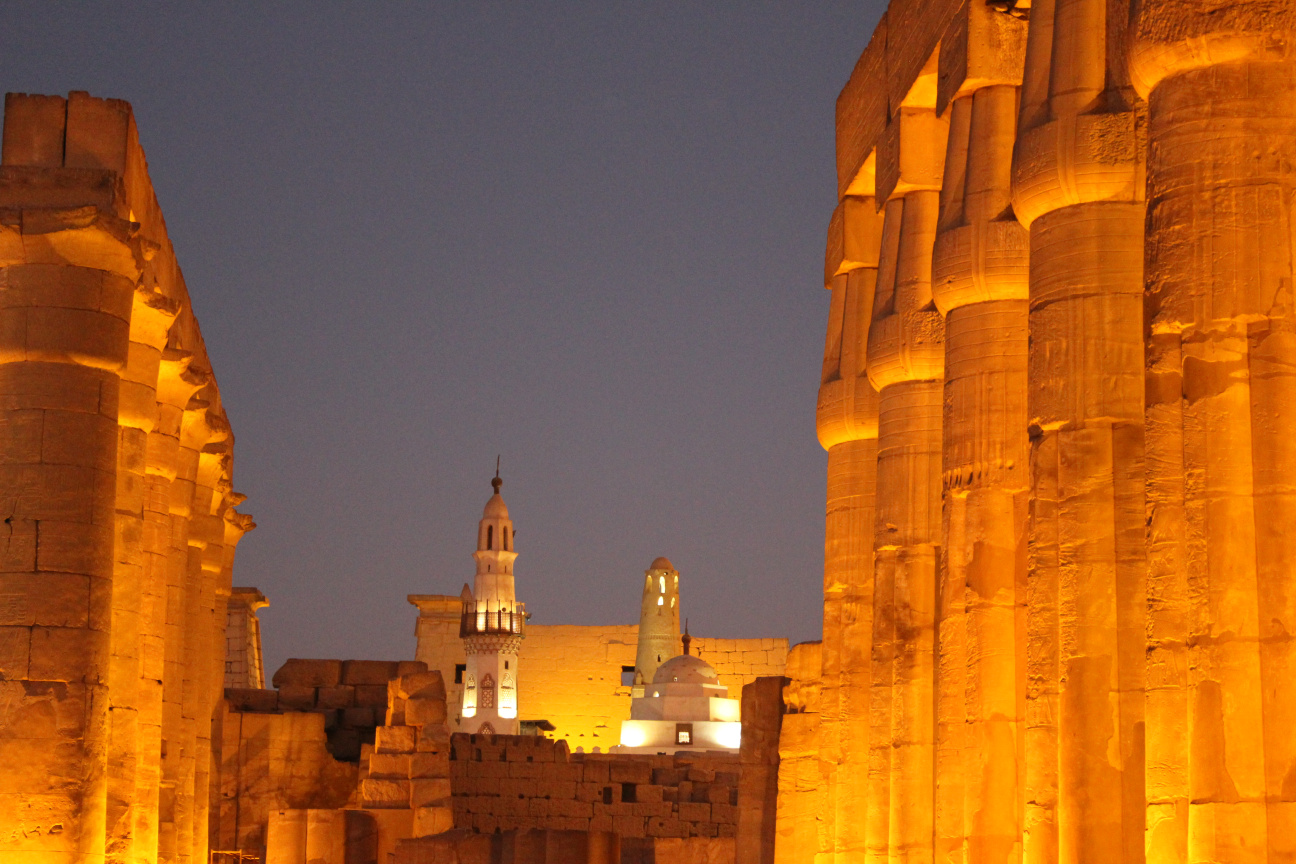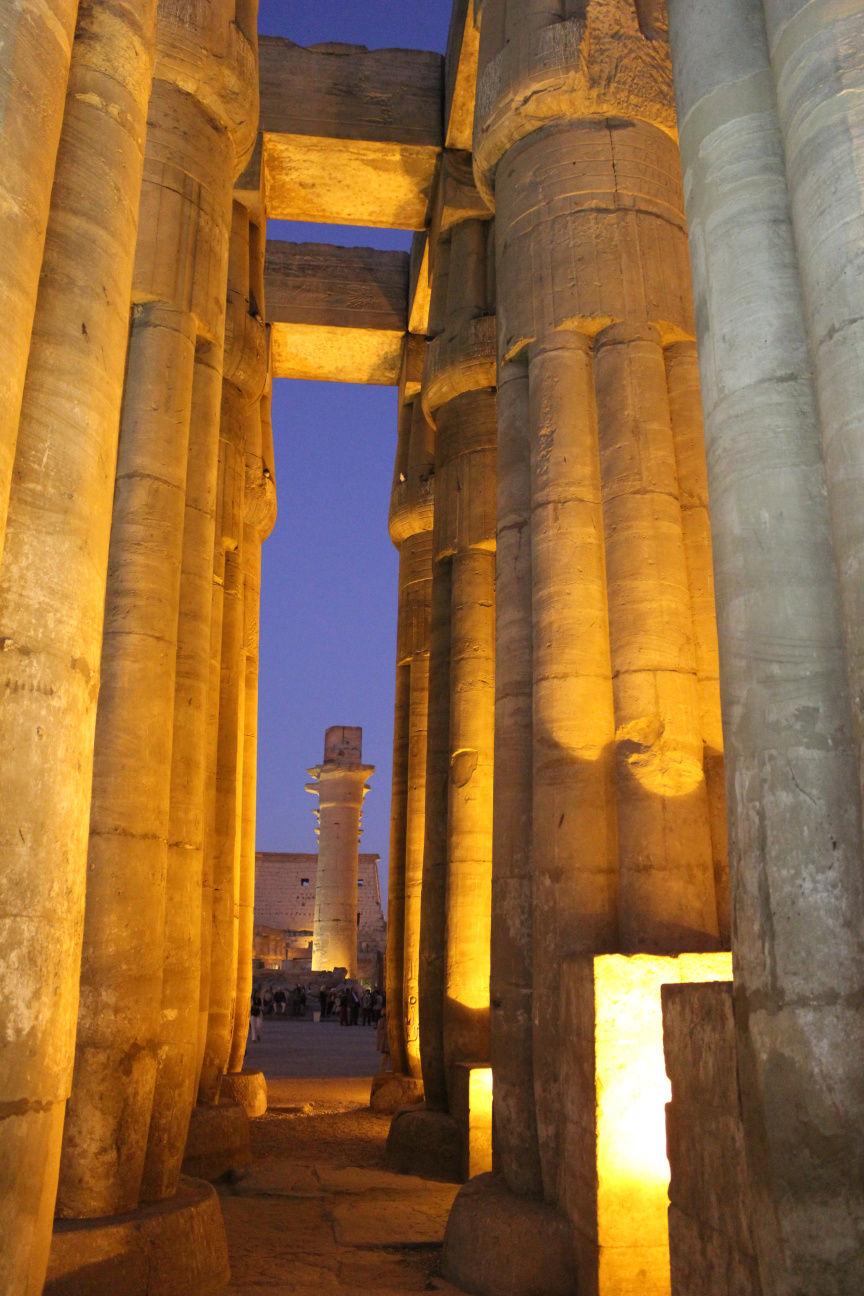It looks like you're using an Ad Blocker.
Please white-list or disable AboveTopSecret.com in your ad-blocking tool.
Thank you.
Some features of ATS will be disabled while you continue to use an ad-blocker.
share:
reply to post by Tsurugi
Great thread! After watching many documentaries on Egypt I had forgotten how touristy the place had become. Thanks for awaking old memories. I love history and always try to learn about wherever I'm at.
I know the Egyptian Army did secure the place supposedly during their uprisings, but who watches the watchers?
Great thread! After watching many documentaries on Egypt I had forgotten how touristy the place had become. Thanks for awaking old memories. I love history and always try to learn about wherever I'm at.
I know the Egyptian Army did secure the place supposedly during their uprisings, but who watches the watchers?
1. Tons of stars and flags
2. Thanks so much for posting these photos. They're amazing.
3. I think ancient Egyptian culture was far more advanced than I realized just based on the level of artistry and skill required to design, build, and decorate these places.
4. Your uncle is a great photographer!
2. Thanks so much for posting these photos. They're amazing.
3. I think ancient Egyptian culture was far more advanced than I realized just based on the level of artistry and skill required to design, build, and decorate these places.
4. Your uncle is a great photographer!
Byrd
Also notice that most of the damage is to the figures at the edges of the blocks... and not to the ones in the middle. That does argue some natural forces at work in some of them.
HOWEVER... I'm not an expert on this temple, so take that observation with about a truckload of salt.
You said, in a previous post, "The real answer is 'I don't know.'" That is scientifically honest, which I respect. But it also makes me wonder if you are worried I might take anything you say in response to my innumerable questions as the definitive, conclusive, final answer on the subject.
I won't. I am aware that you don't have all the answers....that no one does, really. I'm also aware that your breadth of knowledge in this subject far exceeds my own, even if that only means you are aware of a great deal more questions-without-answers than I am. This makes me want to ask you questions, to give you the opportunity to speculate, using your knowledge as a guide. I would at no time consider such speculations to be anything but what they were: speculations from a person knowledgeable in the subject in which they were speculating.
But you don't really seem to want to speculate, so...I will stop attempting to get you going, lol.
PS: But I have to ask...do you really think it is perhaps possible that natural forces caused that damage? Or were you just further indicating your reluctance to rule out any possible cause?
PPS: If you do decide you might engage in some recreational speculations after all...the thing about the navels--it appears to me--could be a prime starting point.
edit on 13/10/18 by Tsurugi because: PS
My intention for this thread was to simply post the images, without any gratuitous(and undoubtedly superfluous) commentary coming from me.
I've been partially successful. I've managed to keep the initial postings of each group of images free of any mental meanderings of mine...but I've been unable to resist occasionally following those postings with a word or three, here and there, regarding some of the freshly-posted pics.
Ah well. You win some, you lose some. (Or, as in this case, you both win and lose...or perhaps you do neither while appearing to do both...? I dunno. Where is Schrödinger's Cat when you need him?)
In any case, I can't resist commenting on some of these pics. I also welcome any comments anyone else might have on any pics that peak their interest. Because while it is certain that these pictures speak for themselves--particularly the ones that feature hieroglyphics, mehehe--some of the things they seem to say simply begs discussion.
So anyone who feels similarly compelled, speak up! For everyone else, feel free to treat such interludes the same way you treat a commercial break--hit the Mute button, grab a snack and crack open a beer, then deal with the cat that can't decide if it wants to be inside or outside(because all cats are like Schrödinger's cat...in fact, they're probably really all just one cat in some kind of quantum superposition state), and wait for the main feature to come back on.
And now, a word from our sponsors...
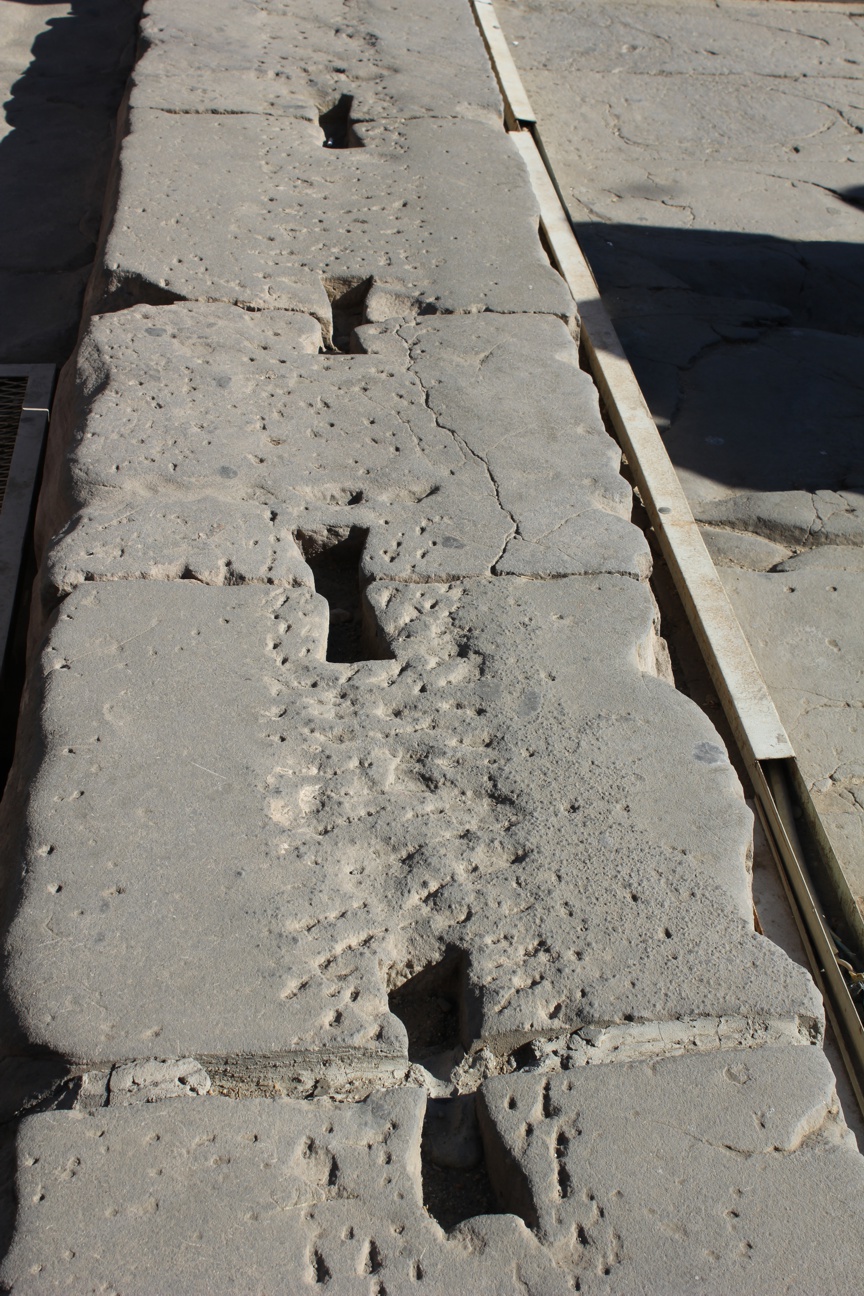 Keystone cuts!...but what is the row of pock-marks down
the line of cuts? Remnants of attempts to pry the keys out, maybe?
Keystone cuts!...but what is the row of pock-marks down
the line of cuts? Remnants of attempts to pry the keys out, maybe?
 Shift the stylization a bit, and this would look utterly
at home in any Christian church....
Shift the stylization a bit, and this would look utterly
at home in any Christian church....
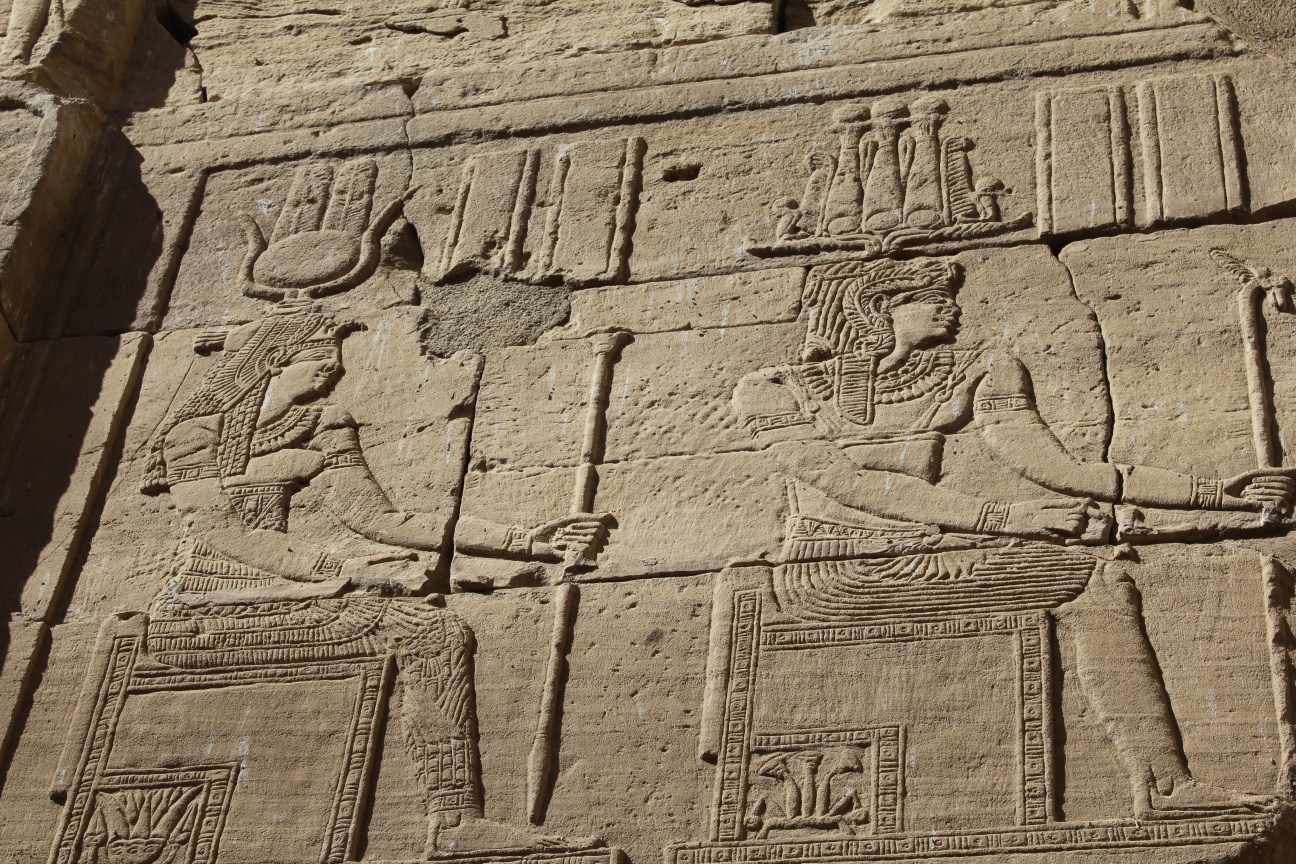 I absolutely love the style of AE relief carvings, but I
gotta say, sometimes the headgear on the figures is crazy. I recall reading somewhere that none of those wildly elaborate "crowns" have ever been
found, so they are considered to have been purely symbolic, indicative of the wearer's position, epithets, and so on, is that correct?
I absolutely love the style of AE relief carvings, but I
gotta say, sometimes the headgear on the figures is crazy. I recall reading somewhere that none of those wildly elaborate "crowns" have ever been
found, so they are considered to have been purely symbolic, indicative of the wearer's position, epithets, and so on, is that correct?
The guy on the right must be the god of ninepins.
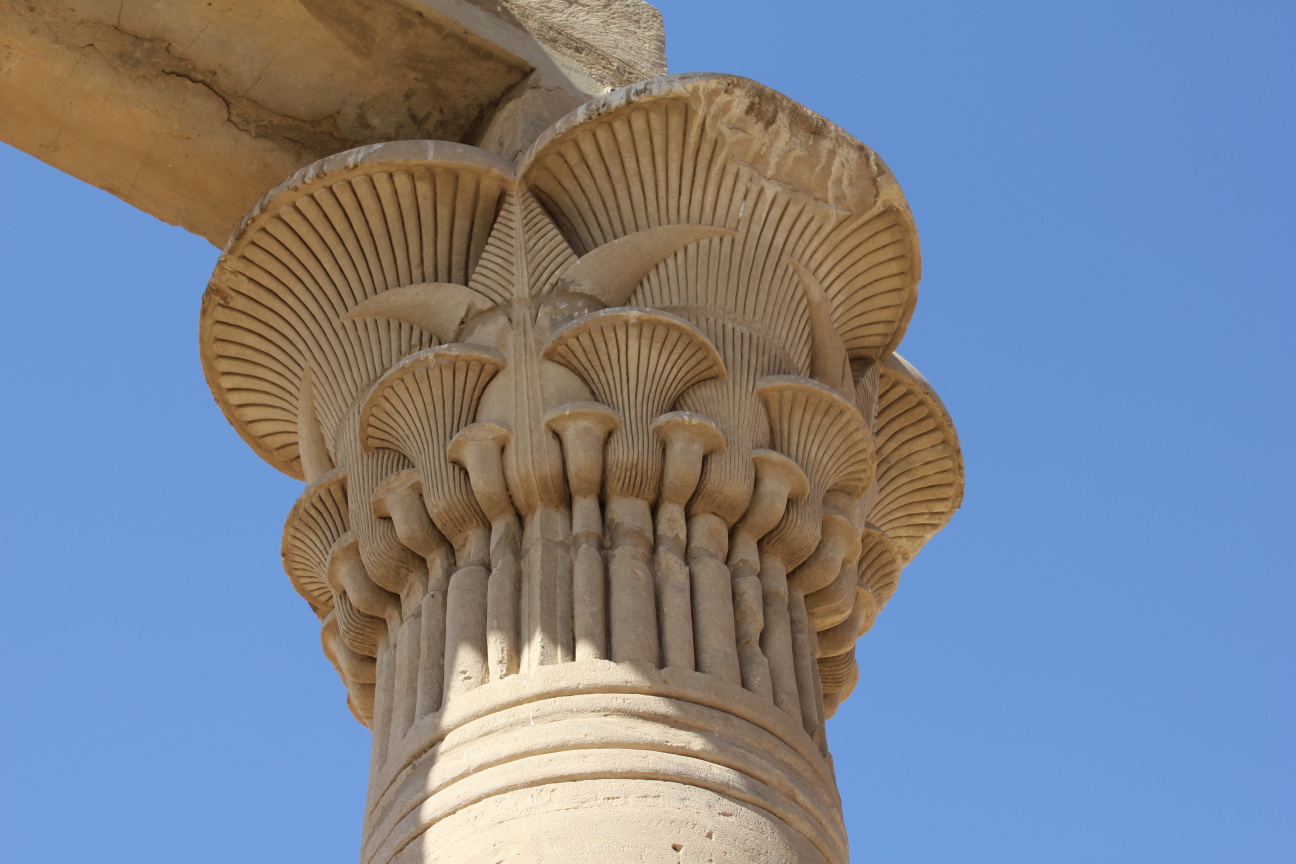 Aside from the fact that this is a gorgeous fluted
pillar...is that a representation of the date palm? The Tree of Life?
Aside from the fact that this is a gorgeous fluted
pillar...is that a representation of the date palm? The Tree of Life?
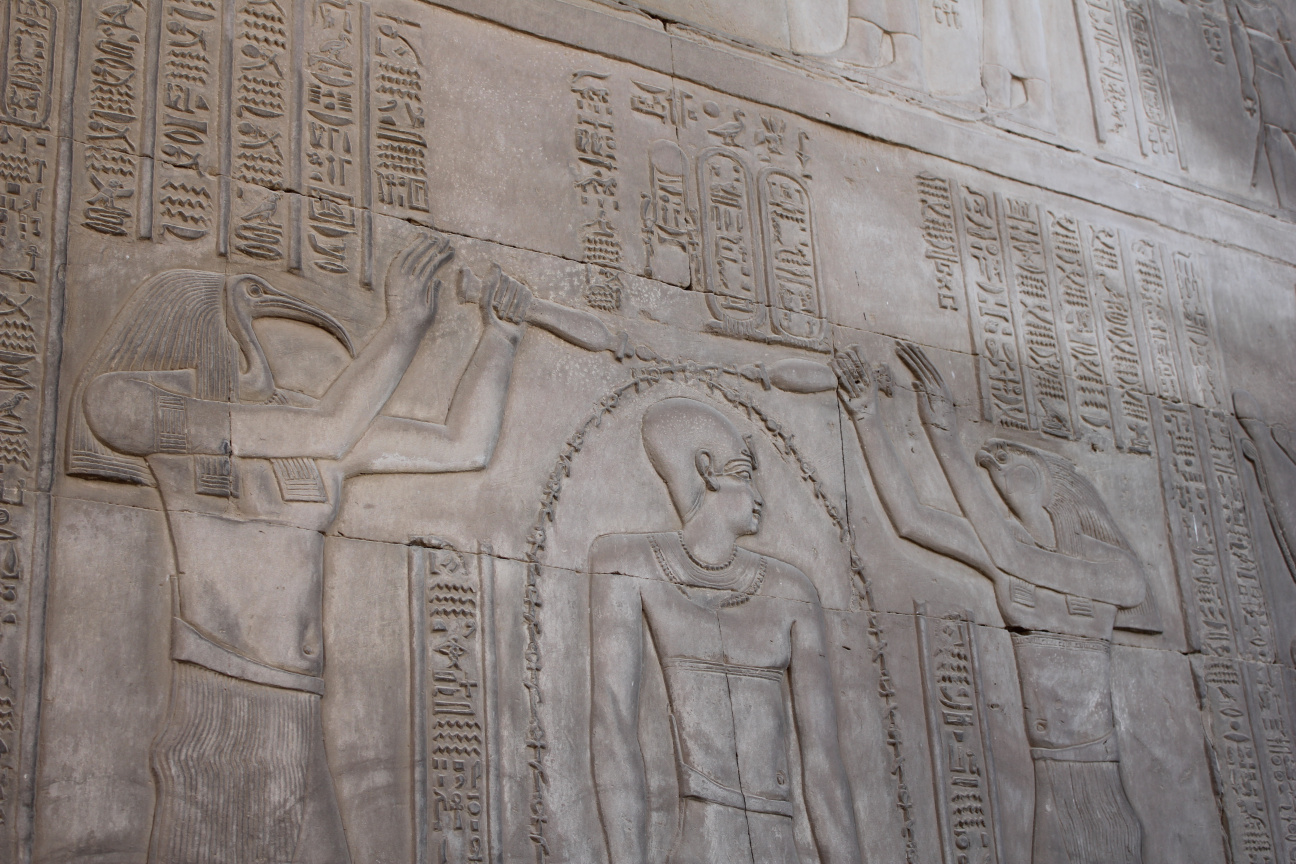 Thoth and...a god I don't recognize...injecting life
energy into the Pharaoh's aura using the legendary Celestial Syringes of Set.
Thoth and...a god I don't recognize...injecting life
energy into the Pharaoh's aura using the legendary Celestial Syringes of Set.
...no? What is going on here?
I've been partially successful. I've managed to keep the initial postings of each group of images free of any mental meanderings of mine...but I've been unable to resist occasionally following those postings with a word or three, here and there, regarding some of the freshly-posted pics.
Ah well. You win some, you lose some. (Or, as in this case, you both win and lose...or perhaps you do neither while appearing to do both...? I dunno. Where is Schrödinger's Cat when you need him?)
In any case, I can't resist commenting on some of these pics. I also welcome any comments anyone else might have on any pics that peak their interest. Because while it is certain that these pictures speak for themselves--particularly the ones that feature hieroglyphics, mehehe--some of the things they seem to say simply begs discussion.
So anyone who feels similarly compelled, speak up! For everyone else, feel free to treat such interludes the same way you treat a commercial break--hit the Mute button, grab a snack and crack open a beer, then deal with the cat that can't decide if it wants to be inside or outside(because all cats are like Schrödinger's cat...in fact, they're probably really all just one cat in some kind of quantum superposition state), and wait for the main feature to come back on.
And now, a word from our sponsors...



The guy on the right must be the god of ninepins.


...no? What is going on here?
Byrd
Tsurugi
Pick a few of the ones you're most interested in and I'll upload the 18 megapixel versions for you to study. C'mon, you know you want to!
I'll make you a deal -- link ones with clear texts or things you're curious about and I'll give you the scoop on them.
Deal!
These temples, built around 1200-1100 BC were mostly ruined rubble in modern times. They've been reconstructed, so the blocks could have been scattered all over the landscape and other things happened to them. The archaeologists working on the temple would have some idea -- and yes, for some types of sandstone or limestone the wind can blast off chunks.
Yes it can. And that stuff seems to be some kind of plaster on top of the limestone/sandstone anyway, I think.
Still...wind is not selective, usually, right? It doesn't "paint within the lines" so to speak.
I think, based on the points I listed, that we can eliminate 1-5 and 8, leaving revisionists, usurpers, or theology as the possible reasons.
Actually, you can't eliminate those.
Absolutely right. In terms of the scientific method, they cannot be eliminated, because they have not yet been satisfactorily falsified. Perhaps I should have said, "I think, based on the points I listed, that 1-5 and 8 are unlikely to be the reasons for this damage."
Would a usurper pharaoh erase gods for some reason? Or does that mean that this is probably theological, rather than usurpation?
Theological or mischievous, yes. However, no pharaoh would destroy pictures of these deities in appropriating the temple for themselves. They'd erase the names of other pharaohs (this often leads to some really wacky inscriptions) but not the names or images of the gods. So this destruction occurred more recently.
I thought it seemed odd for a pharaoh to do.
You lost me at the end there...why must this destruction be "more recent"?
reply to post by Tsurugi
most appreciated for sharing....outstanding photos.....saddly the people's business. homes, tourist hotels and eateries were destroyed...the hardship that the people have surfered in the aftermath, will never be recovered.
Mod Note: All Caps – Please Review This Link.
most appreciated for sharing....outstanding photos.....saddly the people's business. homes, tourist hotels and eateries were destroyed...the hardship that the people have surfered in the aftermath, will never be recovered.
Mod Note: All Caps – Please Review This Link.
edit on Sat Oct 26 2013 by
Jbird because: (no reason given)
Tsurugi
Byrd
Also notice that most of the damage is to the figures at the edges of the blocks... and not to the ones in the middle. That does argue some natural forces at work in some of them.
HOWEVER... I'm not an expert on this temple, so take that observation with about a truckload of salt.
You said, in a previous post, "The real answer is 'I don't know.'" That is scientifically honest, which I respect. But it also makes me wonder if you are worried I might take anything you say in response to my innumerable questions as the definitive, conclusive, final answer on the subject.
No, it means that I'm just a student taking Egyptology and have never been to the place.
It also means that yes, I am a scientist and yes I know just how little I know when it comes to Egypt (this is REALLY getting hammered home in the classes I'm taking!) Rather than pretend or speculate, I think it's better to give an honest answer.
This makes me want to ask you questions, to give you the opportunity to speculate, using your knowledge as a guide. I would at no time consider such speculations to be anything but what they were: speculations from a person knowledgeable in the subject in which they were speculating.
But you don't really seem to want to speculate, so...I will stop attempting to get you going, lol.
Wait until I learn the basics first!!!
Actually, I do have an idea which is a good direction for research -- so many of the artifacts have an unknown provenance (someone bought them from someone back in the 1700's-1800's and then later donated them to a museum). This means that it's impossible to trace the history of the development of deities that don't have chapels (the god Bes is one of these). I have half an idea that information on the collectors could actually give better information about the objects (in other words, someone has a clear preference for certain styles or certain dealers or certain areas of Egypt.)
...but that has to wait till I learn more about things.
PS: But I have to ask...do you really think it is perhaps possible that natural forces caused that damage? Or were you just further indicating your reluctance to rule out any possible cause?
No, I really think that natural forces could cause some of the damage. I do know that the walls have been restored (but I don't know which blocks were) -- and it's pretty easy to see that the columns were in fragments before being restored (look for large areas on the columns that do NOT have hieroglyphs. It's not because they were eroded off -- that's stone that was missing completely. When they restored the building, they poured (concrete) a shape to replace the missing stones and colored it to match the temple. ) So if they fell onto a hard pavement (face down) you could get that kind of shattering damage on the raised portions.
Those pictures are fantastic. I was there at about the same time as your uncle. Did he go to Luxor and Abu Simbel? Did he cruise the Nile? I'd
pay for a disk of those photos--took me right back to being there and way better than the pictures I took. Glad you posted them but would love to
have all his pictures of the sites if it's possible.
IamLael
Those pictures are fantastic. I was there at about the same time as your uncle. Did he go to Luxor and Abu Simbel?
Not sure...he didn't tell me where all he went. He started at Cairo, went through Giza, the Colossi of Memnon; he said they spent a lot of time in the Valley of the Kings, which was amazing, but no photos were allowed there. I asked him if he went to Aswan, or the temple of Seti I and the Osireon at Abydos, the pyramid of Djoser, the Bent Pyramid, Karnak, or the Serapeum...he said they didn't go to any of those(except maybe Karnak). I dunno who planned his itinerary.
Did he cruise the Nile?
Yep, in a dignified old steam boat called the S. S. Karim.
I'd pay for a disk of those photos
Well it just so happens I got one right here on sale now for the once-in-a-lifetime price of everything in your wallet!
--took me right back to being there and way better than the pictures I took. Glad you posted them but would love to have all his pictures of the sites if it's possible.
Glad you're enjoying them. Eventually I will have the full, complete collection of the high-res versions uploaded to a fileshare or cloud service, and I will post links in this thread. Free of charge.
No, I'm not bored yet!!! And for some reason, the image of the pigeons sitting so nonchalantly on the colossus is amusing to me.
This delightful image is a bit of royal propaganda -- the two figures at the bottom are Set and Horus binding together two plants that represents the unification of Upper Egypt and Lower Egypt. I can't make out the cartouche name, but I do see the "lord of two lands" title written out in the upper middle.
And this is the mortuary temple of Hatshepsut, dedicated to Amon-Ra (I can see his image on some of the pillars) in Deir el Bahari
This delightful image is a bit of royal propaganda -- the two figures at the bottom are Set and Horus binding together two plants that represents the unification of Upper Egypt and Lower Egypt. I can't make out the cartouche name, but I do see the "lord of two lands" title written out in the upper middle.
And this is the mortuary temple of Hatshepsut, dedicated to Amon-Ra (I can see his image on some of the pillars) in Deir el Bahari
edit on 20-10-2013 by Byrd because: (no reason given)
reply to post by Tsurugi
I was contemplating this image for a long time

before I came to your comment
I looked through all your pictures again, and some do show amazing headgear and crowns, but none with the half-moon underneath as in that crown.
the top part seems to be the stylized double feathers, the swyt, which is sometimes depicted on top of the head, even if mostly in connection with the atef-crown. but none on your pictures nor any that I recall show a half-moon in such a way.
here a link to Egyptian Crowns but nothing there that would resemble the one in your picture.
not to get off topic, but that crown did remind me a bit of the Mongolian flag, especially the top part symbol often used by itself. it is also often seen on top of stupas.

do you have more information on that crown in your photo ?
I was contemplating this image for a long time

before I came to your comment
I absolutely love the style of AE relief carvings, but I gotta say, sometimes the headgear on the figures is crazy. I recall reading somewhere that none of those wildly elaborate "crowns" have ever been found, so they are considered to have been purely symbolic, indicative of the wearer's position, epithets, and so on, is that correct? The guy on the right must be the god of ninepins.
I looked through all your pictures again, and some do show amazing headgear and crowns, but none with the half-moon underneath as in that crown.
the top part seems to be the stylized double feathers, the swyt, which is sometimes depicted on top of the head, even if mostly in connection with the atef-crown. but none on your pictures nor any that I recall show a half-moon in such a way.
here a link to Egyptian Crowns but nothing there that would resemble the one in your picture.
not to get off topic, but that crown did remind me a bit of the Mongolian flag, especially the top part symbol often used by itself. it is also often seen on top of stupas.

do you have more information on that crown in your photo ?
Byrd
Rather than pretend or speculate, I think it's better to give an honest answer.
Honest answers are essential. But one can deliver an honest answer, then speculate afterward. Because it's fun, it's engaging, you know? Perhaps we are just very different in this aspect, hehe.
Wait until I learn the basics first!!!
Alright. If you feel you have yet to grasp the basics, I can understand your reluctance to speculate, heh.
Actually, I do have an idea which is a good direction for research -- so many of the artifacts have an unknown provenance (someone bought them from someone back in the 1700's-1800's and then later donated them to a museum). This means that it's impossible to trace the history of the development of deities that don't have chapels (the god Bes is one of these). I have half an idea that information on the collectors could actually give better information about the objects (in other words, someone has a clear preference for certain styles or certain dealers or certain areas of Egypt.)
...but that has to wait till I learn more about things.
Hey, that does sound promising...and maybe it could work both ways? Going one direction, you track down the origins of the artifact; the other way, you track down the collector/artifact hunter.
On a slightly different note...how probable do you think it might be that some of those homeless gods might be foreign deities?
I do know that the walls have been restored (but I don't know which blocks were) -- and it's pretty easy to see that the columns were in fragments before being restored (look for large areas on the columns that do NOT have hieroglyphs. It's not because they were eroded off -- that's stone that was missing completely. When they restored the building, they poured (concrete) a shape to replace the missing stones and colored it to match the temple. ) So if they fell onto a hard pavement (face down) you could get that kind of shattering damage on the raised portions.
I will admit that what you say is possible. Not probable (imo), but...possible. It's impossible for us to know for sure, like you said...but if that damaged/eroded area I was pointing out was caused by natural events and circumstance...well, the world just got a lot more weird.
Tsurugi
reply to post by TiM3LoRd
The Department of Antiquities Library of Egyptology, which contained many priceless one of a kind ancient texts, was burned to the ground. Central and on-site museums were broken into and looted.
Thank you! I have always wanted to go, and was afraid that this might be the outcome of the Arab spring. Your comment above made me cry, literally. What a horrible waste of human history.
These photos are truly priceless, again thank you for sharing them with us.
Byrd
No, I'm not bored yet!!! And for some reason, the image of the pigeons sitting so nonchalantly on the colossus is amusing to me.
Yep XD
And, if you look closer:
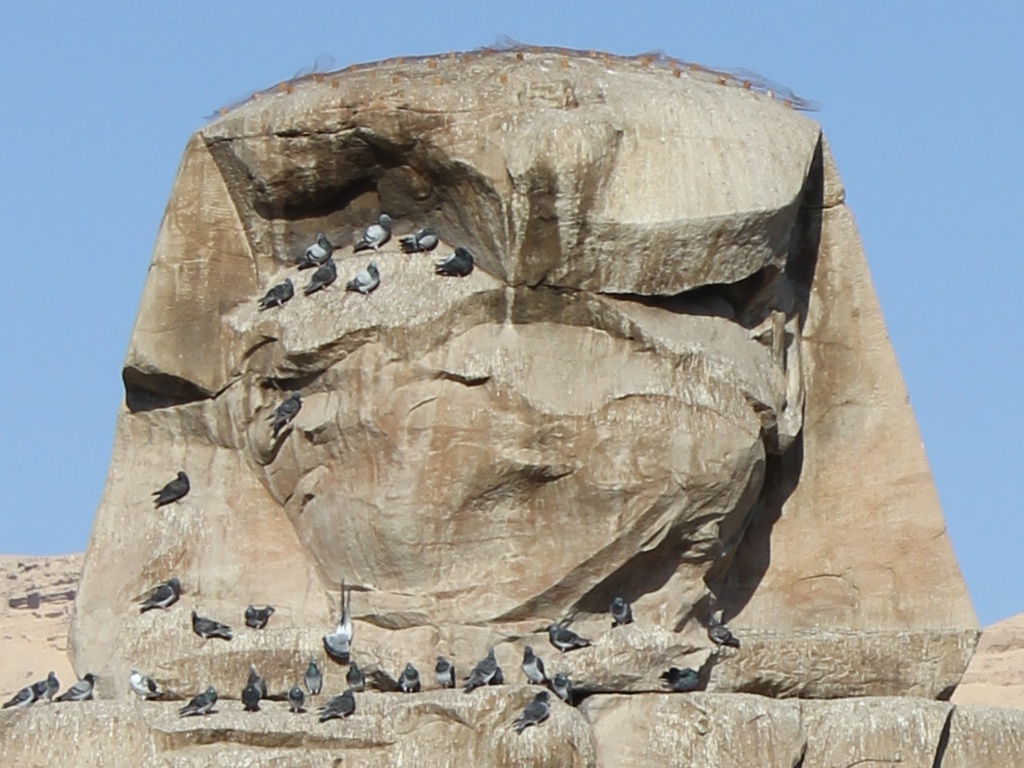
...you can see faint wisps of what looks like netting, and little chunks of brick to hold the netting down, atop the head of the colossus.
That explains why the birds aren't on the head, which after all is the most flat, convenient space. I guess someone decided that a colossus with a hair net is slightly less undignified than a colossus with a pigeon afro.
This delightful image is a bit of royal propaganda -- the two figures at the bottom are Set and Horus binding together two plants that represents the unification of Upper Egypt and Lower Egypt. I can't make out the cartouche name, but I do see the "lord of two lands" title written out in the upper middle.
"What? What's that you say? You can't read that propaganda?? Well we can't have that now can we? Here, try it now..."
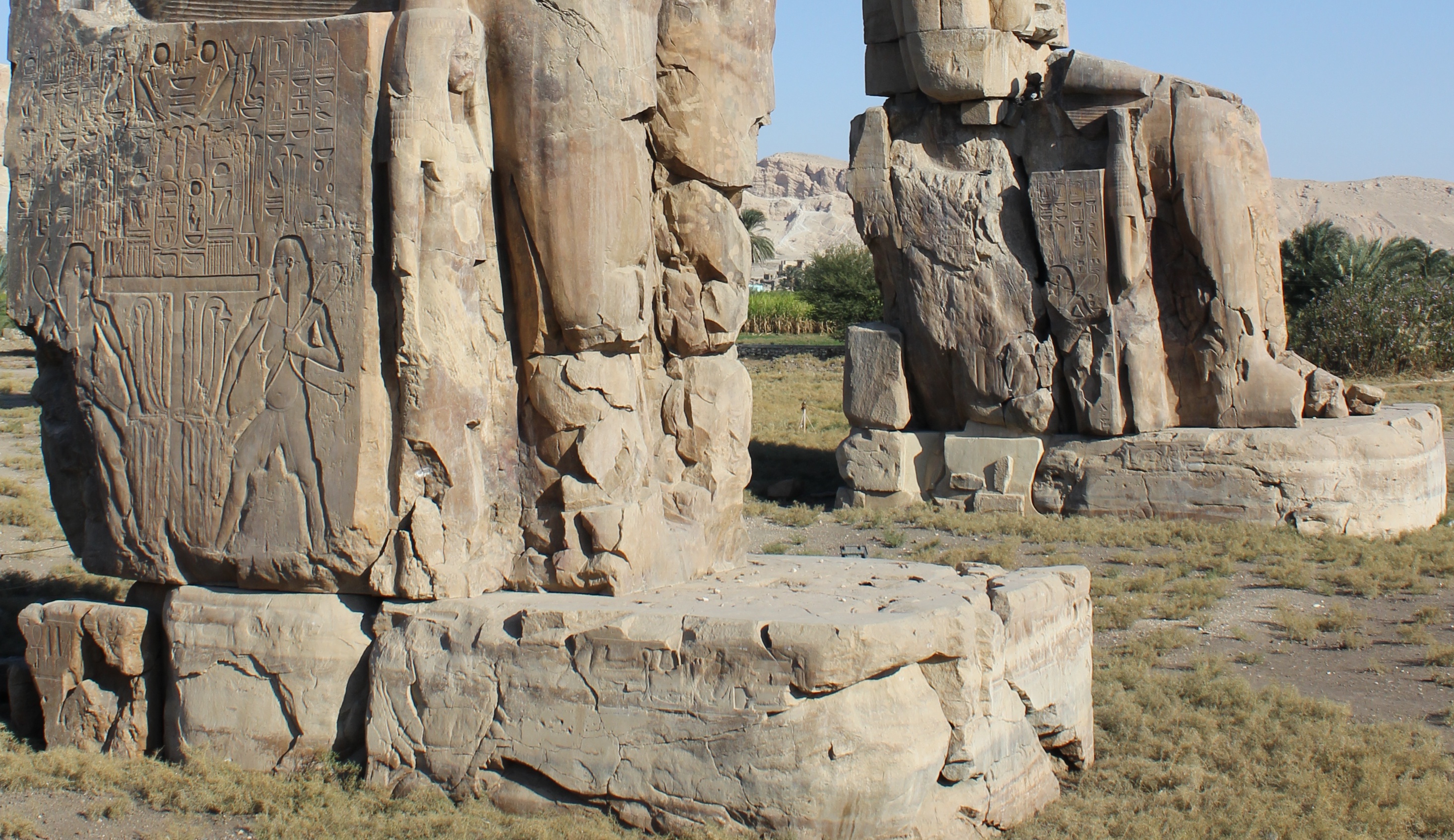
Heh. Propaganda. Well, I guess that just goes to show that no matter how much things change, things never really change.
And this is the mortuary temple of Hatshepsut, dedicated to Amon-Ra (I can see his image on some of the pillars)
Okay...what, exactly, is a mortuary temple?
And..."Amon-Ra"...that means "Hidden god" or "Unseen god" or something like that, right? Why'd they call him that?
SovannaMaccha
reply to post by Tsurugi
I was contemplating this image for a long time
[snip pic]
before I came to your comment
I absolutely love the style of AE relief carvings, but I gotta say, sometimes the headgear on the figures is crazy. I recall reading somewhere that none of those wildly elaborate "crowns" have ever been found, so they are considered to have been purely symbolic, indicative of the wearer's position, epithets, and so on, is that correct? The guy on the right must be the god of ninepins.
I looked through all your pictures again, and some do show amazing headgear and crowns, but none with the half-moon underneath as in that crown.
the top part seems to be the stylized double feathers, the swyt, which is sometimes depicted on top of the head, even if mostly in connection with the atef-crown. but none on your pictures nor any that I recall show a half-moon in such a way.
here a link to Egyptian Crowns but nothing there that would resemble the one in your picture.
Very true...I've gone through all six-hundred images several times now, and that is the only one that has something like that in it.
Now that I look at it, I feel kinda silly for having written that paragraph you quoted, heh. "None of those wildly elaborate crowns have ever been found, eh, Tsurugi? You sure about that, buddy? Maybe you should check your own pics before saying something like that, huh?"
not to get off topic, but that crown did remind me a bit of the Mongolian flag, especially the top part symbol often used by itself. it is also often seen on top of stupas.
Huh. Not to get even further off-topic, but that pic you posted reminded me of this:

That is a real picture of a star entering the edge of a large nebula, driving a bowshock before it as it plows through the nebula gas. It was taken by the Hubble.
do you have more information on that crown in your photo ?
No, I don't. But I will contact my uncle and see if he remembers anything about it.
In the meantime, here is a cropped, full resolution version of the crown picture for you to study(click on the image to see full-size):
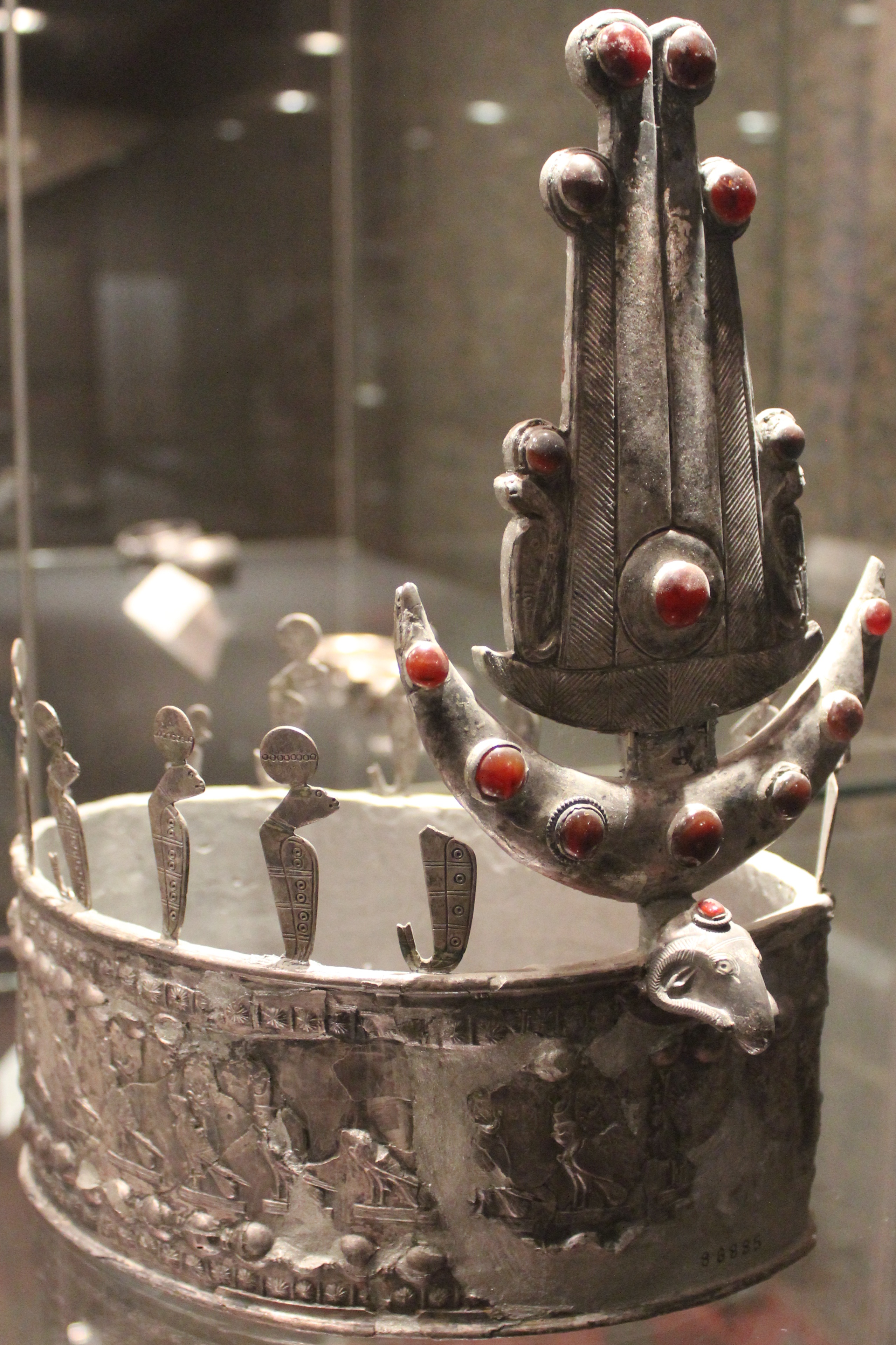
Absolutely stunning photographs which are much appreciated.
I have had a particular "niggle" over many years which I have noticed on some of the relief depictions that you have posted in that despite the meticulous attention to detail the Egyptian artists gave to their work, on many (not all) they have placed what is obviously a RIGHT hand on a LEFT arm.
Some of the most colorful and beautiful depictions showing meticulous detail to jewelry and clothing are spoiled (to my mind) with this fault. It has never ceased to amaze me leading me to believe that it must be deliberate, but symbolizing what?
I have had a particular "niggle" over many years which I have noticed on some of the relief depictions that you have posted in that despite the meticulous attention to detail the Egyptian artists gave to their work, on many (not all) they have placed what is obviously a RIGHT hand on a LEFT arm.
Some of the most colorful and beautiful depictions showing meticulous detail to jewelry and clothing are spoiled (to my mind) with this fault. It has never ceased to amaze me leading me to believe that it must be deliberate, but symbolizing what?
new topics
-
Planned Civil War In Britain May Be Triggered Soon
Social Issues and Civil Unrest: 1 hours ago -
Claim: General Mark Milley Approved Heat and Sound Directed Energy Weapons During 2020 Riots
Whistle Blowers and Leaked Documents: 2 hours ago
top topics
-
Claim: General Mark Milley Approved Heat and Sound Directed Energy Weapons During 2020 Riots
Whistle Blowers and Leaked Documents: 2 hours ago, 6 flags -
Planned Civil War In Britain May Be Triggered Soon
Social Issues and Civil Unrest: 1 hours ago, 2 flags
active topics
-
Planned Civil War In Britain May Be Triggered Soon
Social Issues and Civil Unrest • 3 • : DontTreadOnMe -
Claim: General Mark Milley Approved Heat and Sound Directed Energy Weapons During 2020 Riots
Whistle Blowers and Leaked Documents • 13 • : theatreboy -
January 6th report shows disturbing trend (nobody is shocked)
US Political Madness • 61 • : RazorV66 -
The Truth about Migrant Crime in Britain.
Social Issues and Civil Unrest • 26 • : gortex -
Gravitic Propulsion--What IF the US and China Really Have it?
General Conspiracies • 26 • : fringeofthefringe -
Ukraine halts transit of Russian gas to Europe after a prewar deal expired
Political Conspiracies • 146 • : xuenchen -
Sorry to disappoint you but...
US Political Madness • 37 • : matafuchs -
Trudeau Resigns! Breaking
Mainstream News • 69 • : KrustyKrab -
Stuck Farmer And His Queue Jumping Spawn
Rant • 10 • : Cvastar -
Joe Biden gives the USA's Highest Civilian Honor Award to Hillary Clinton and George Soros.
US Political Madness • 59 • : mysterioustranger

